Bambu Lab X1 Review: Just as Good
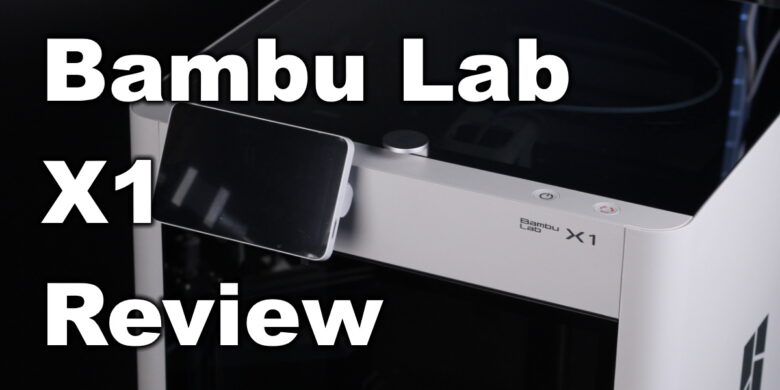
I previously reviewed the Bambu Lab X1 Carbon, which is the high-end printer in the Bambu Lab X1 Series capable of printing super fast while also providing great print quality. But in this article, we’ll check the regular Bambu Lab X1 3D Printer which is very similar to the X1-Carbon, but it has a few missing features to keep the costs lower.
I don’t want to give too many spoilers, but I think that the regular X1 is just as great if you’re mostly printing higher-temperature materials, and the best part is that you can easily upgrade it over time if you want to make it better.
So without further ado, let’s see what are the main differences between the Bambu Lab X1-Carbon and the cheaper X1. Please make sure to also check the X1-Carbon review to understand all the capabilities of the printer. For some features, I don’t go into too much detail as they are very similar.
Bambu Lab X1 Shipping and Packaging
The Bambu Lab X1 comes in a large cardboard box with foam protection on the corners. In my X1-Carbon, I mentioned that it seems to be well protected, but I have seen a few posts online showing printers arriving damaged to the customer which is not that great. My X1 review unit arrived with no damage but the bottom foam has some impact signs.
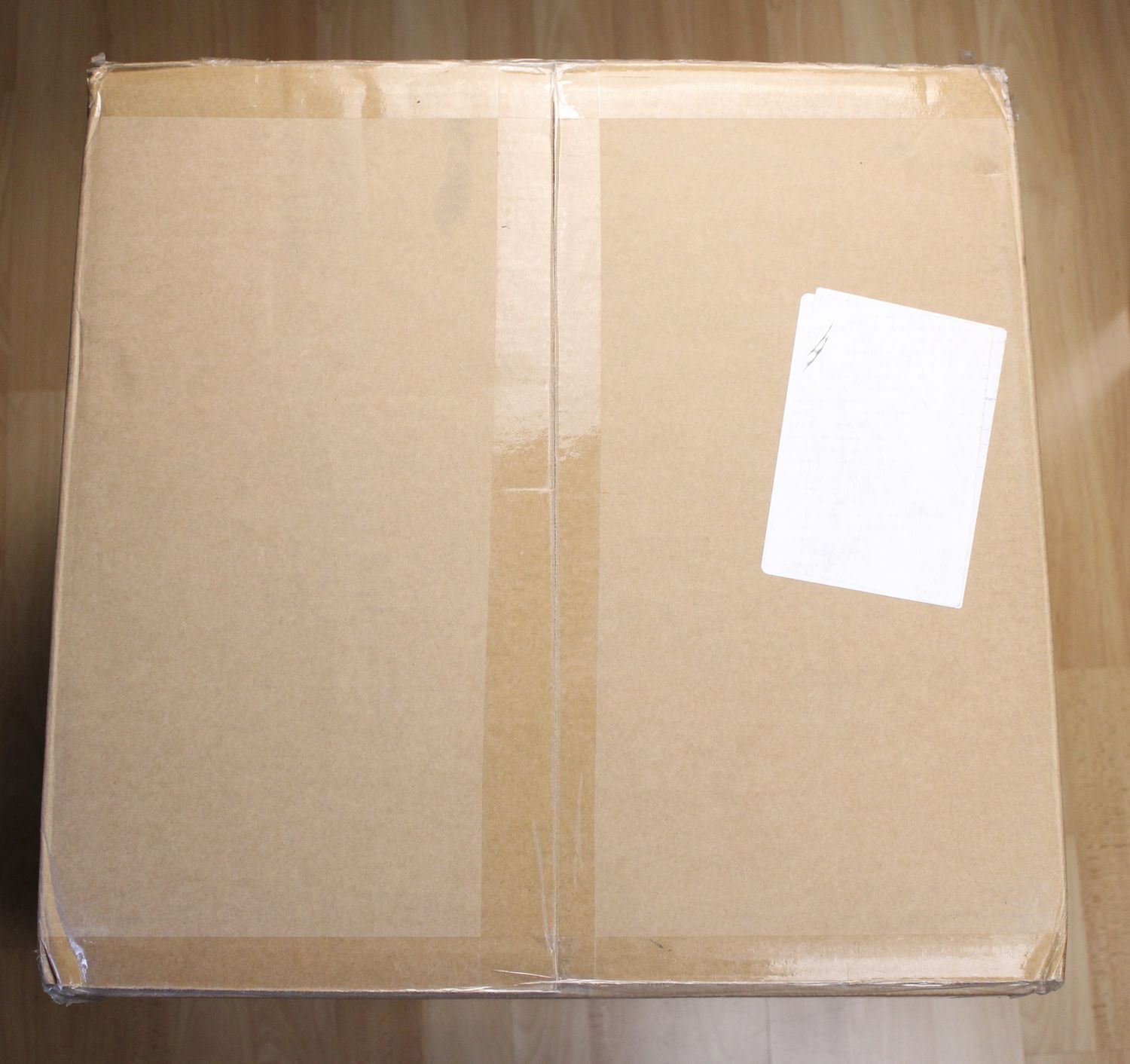

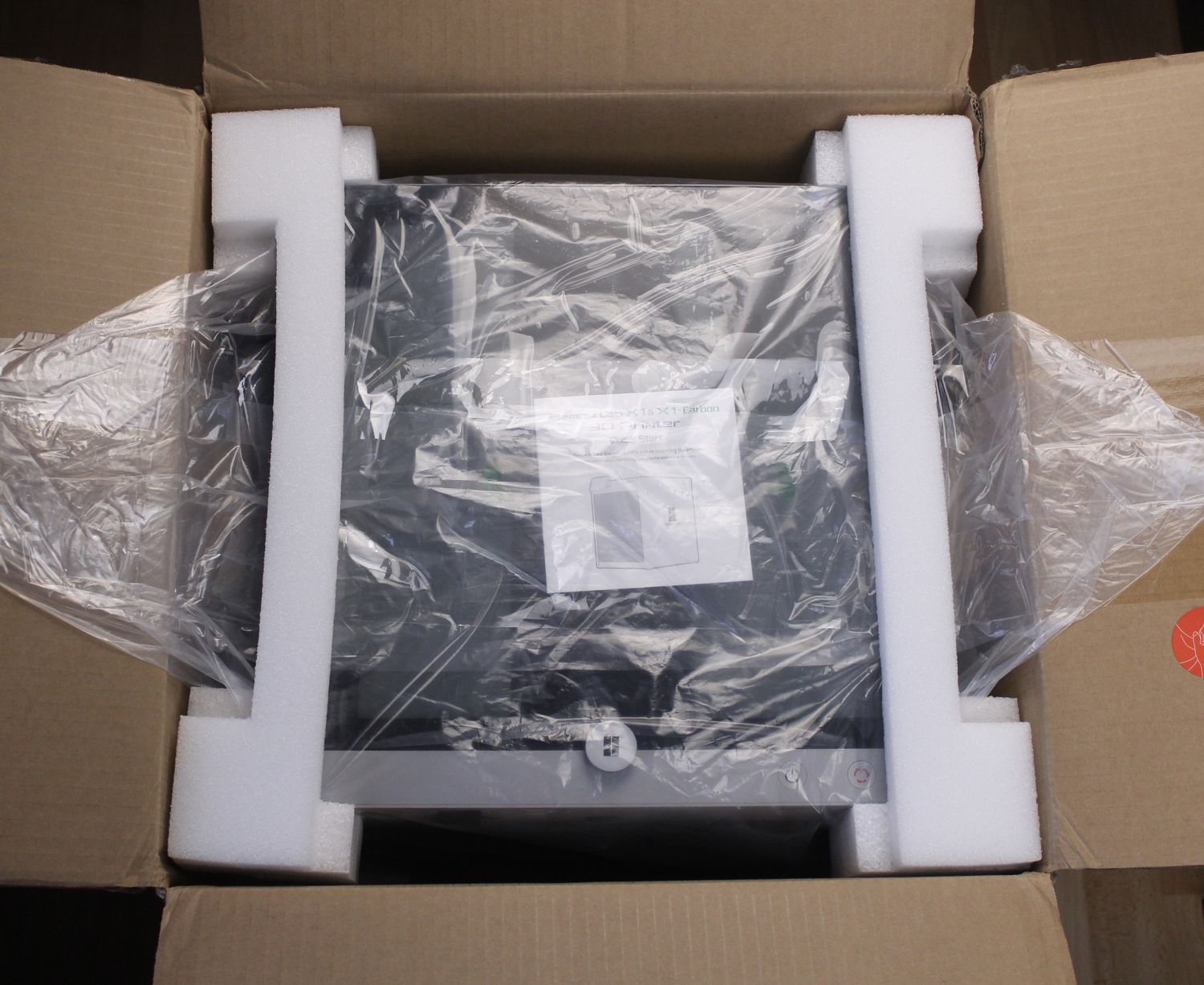
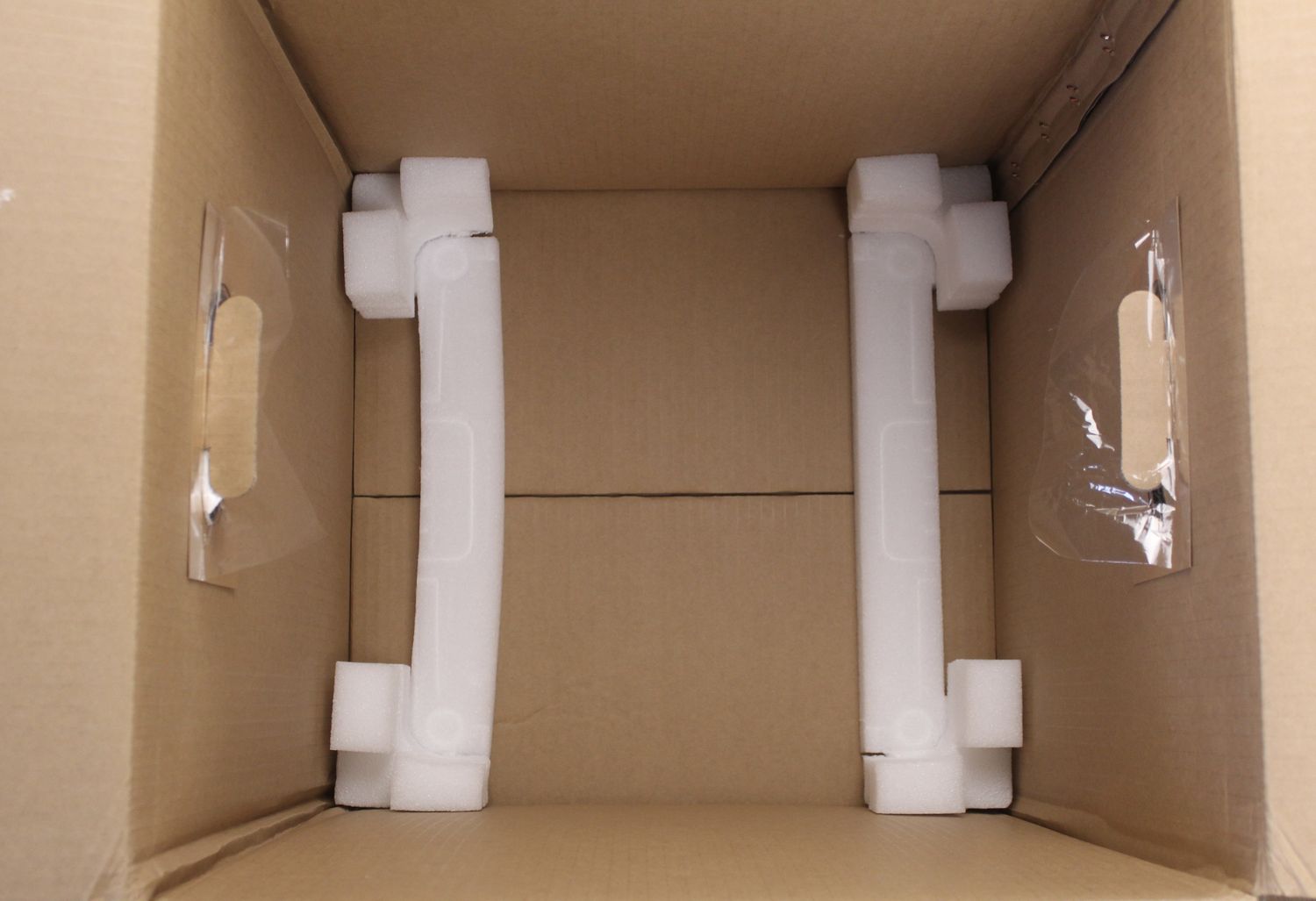
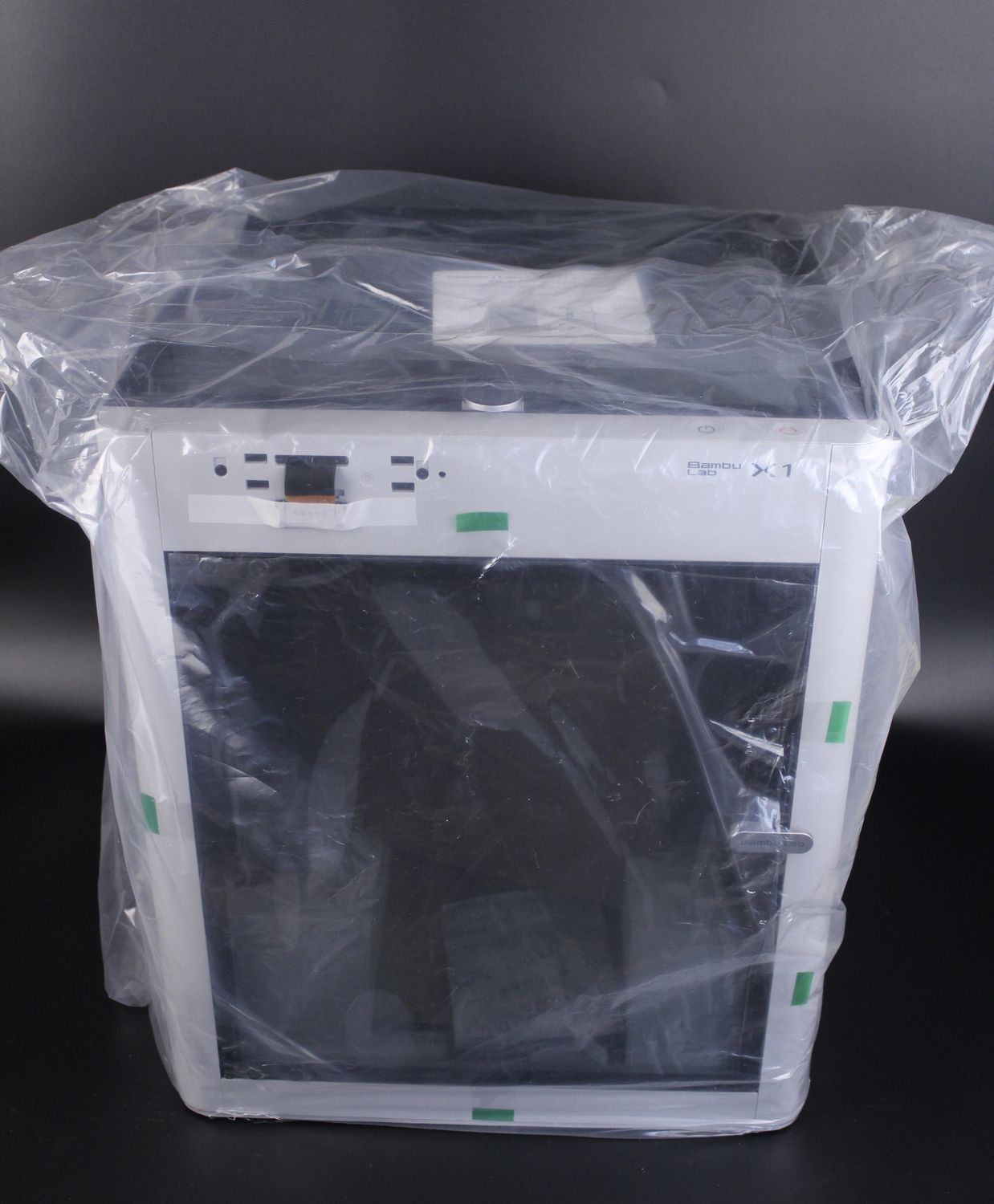
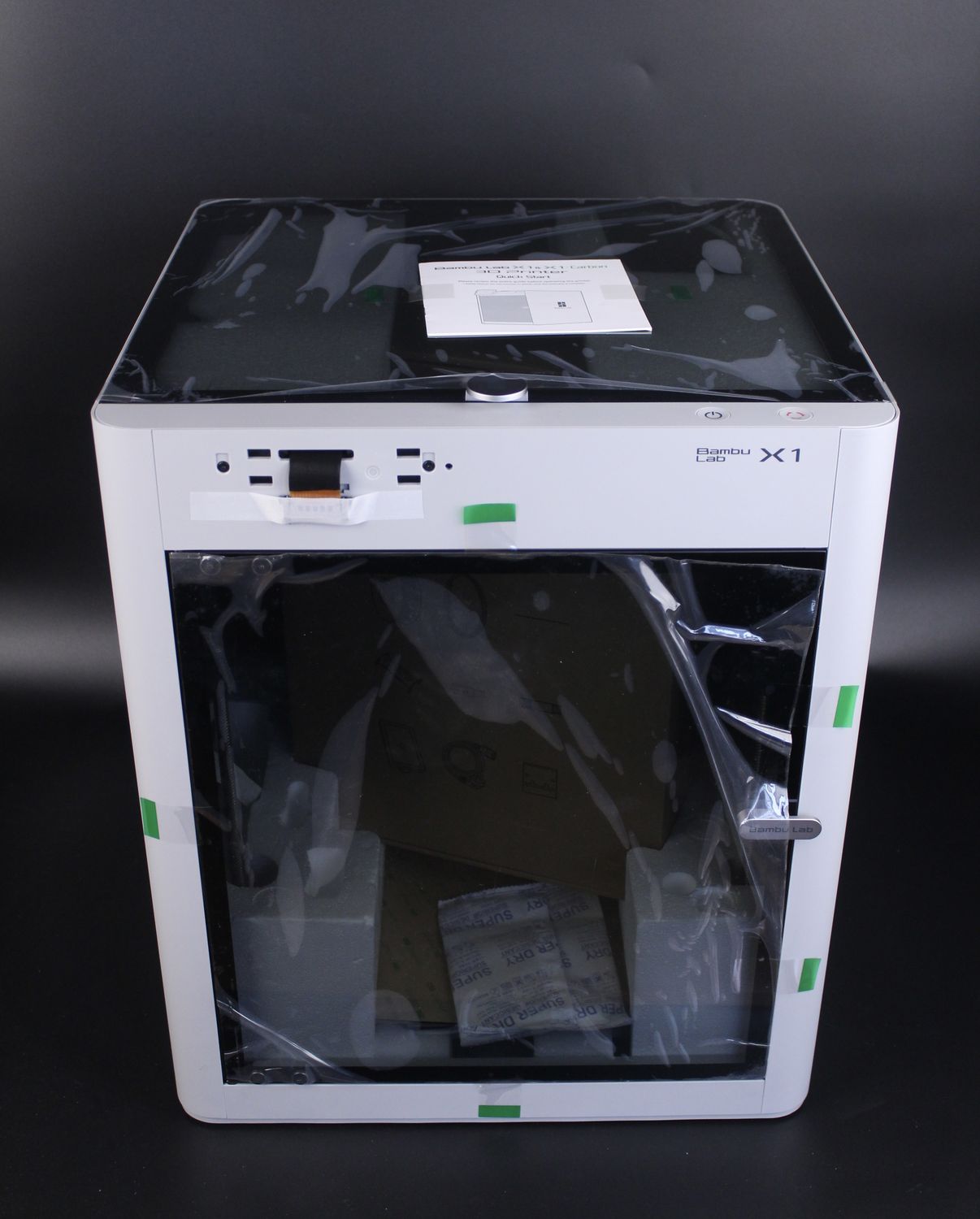
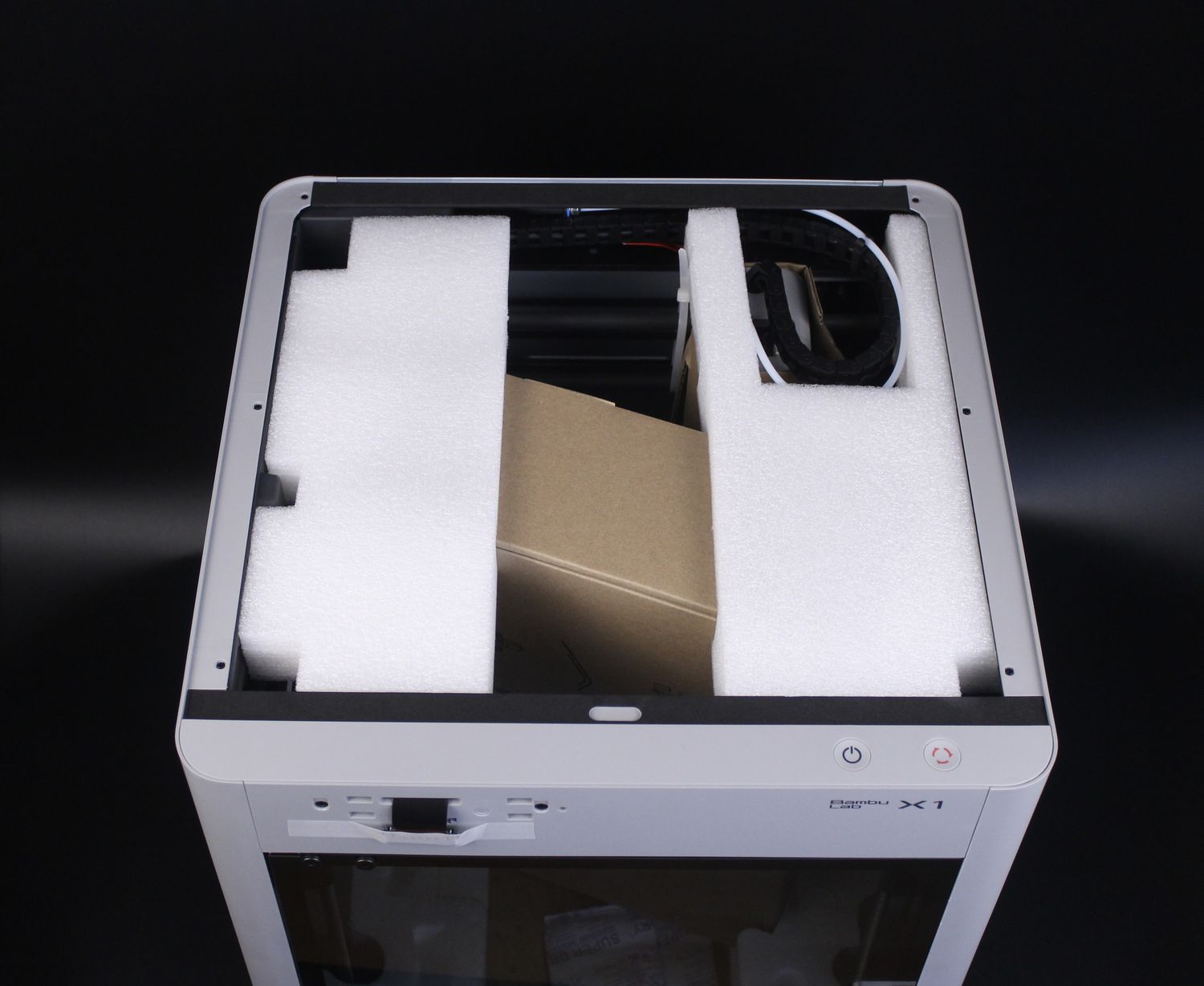
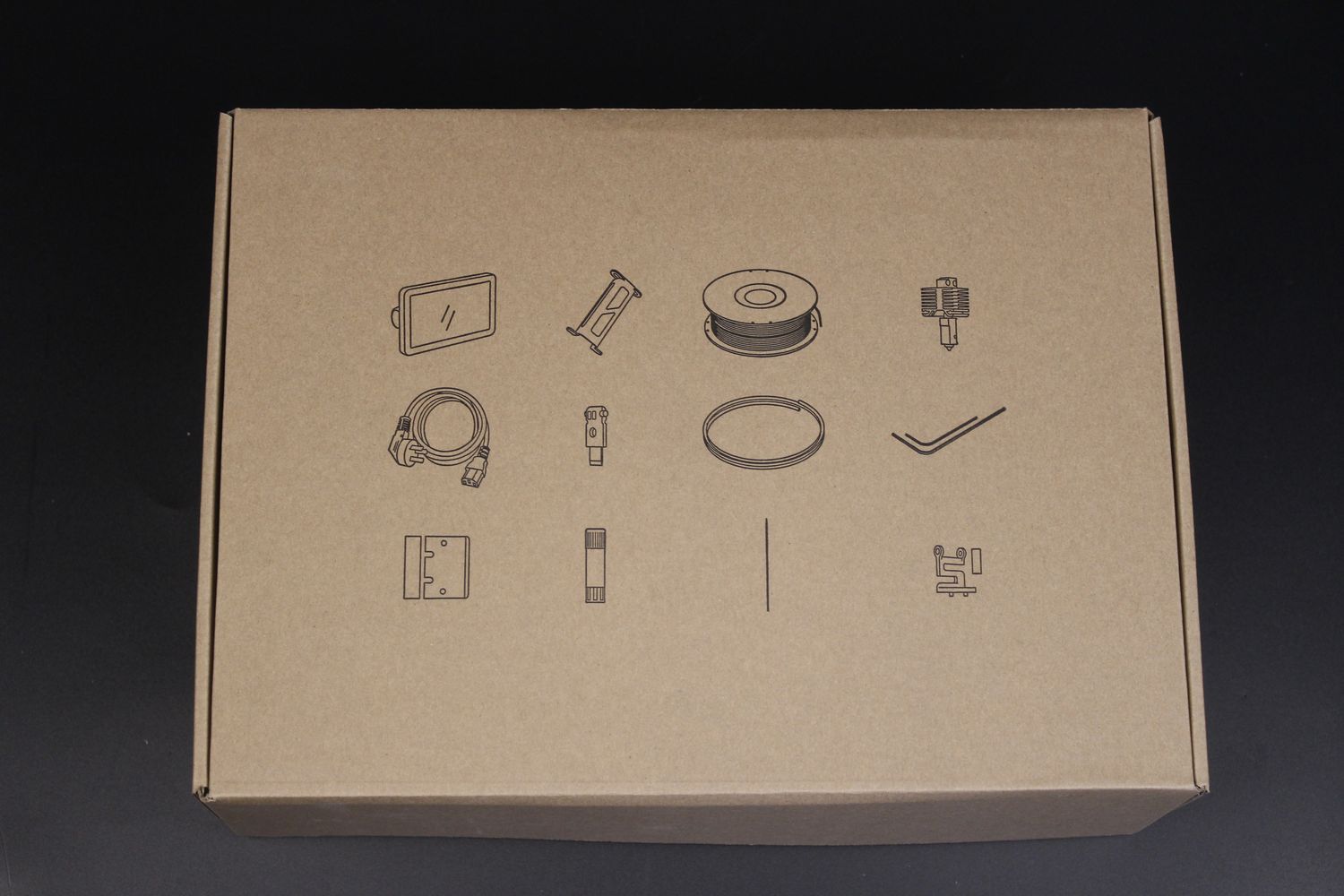
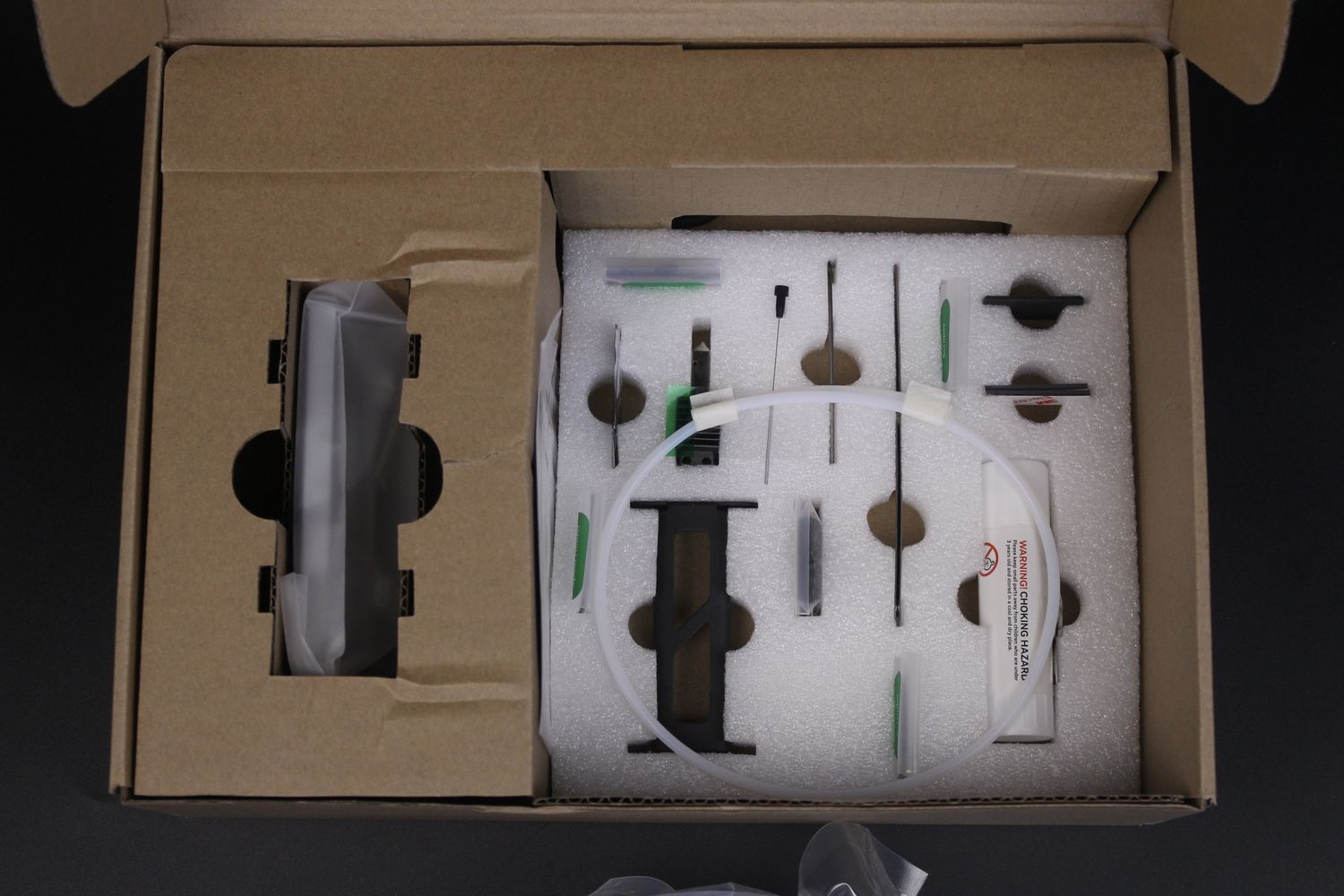
I know that Bambu Lab works its way to help customers to get a replacement machine soon, but there’s no denying that a better packaging solution is needed. Hopefully, they learned from their mistakes and future machines will be better packed.
The accessories box is very nice, and every piece is nicely laid out in it. A spool with 250g of White PLA was also included. I wouldn’t mind seeing a full 1KG spool included, but it’s nice that you get the refillable spool that can take their filament refills.
Bambu Lab X1 Design
When it comes to the Bambu Lab X1 design, there’s not much changed compared to the X1-Carbon. It looks the same sans the plastic side panels. If you ask me, the X1 looks much better because the side panels have the same color as the front plastic cover.
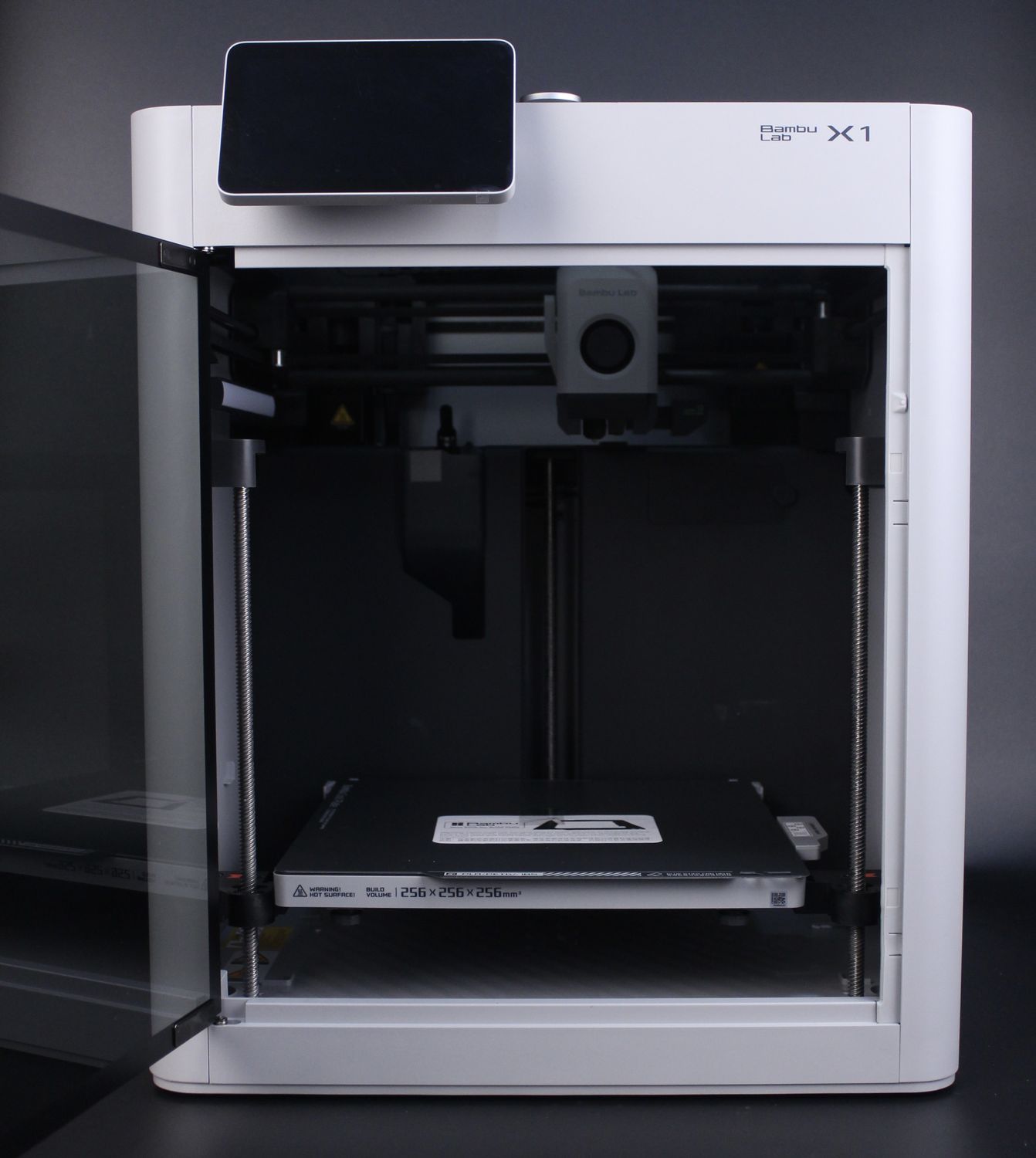
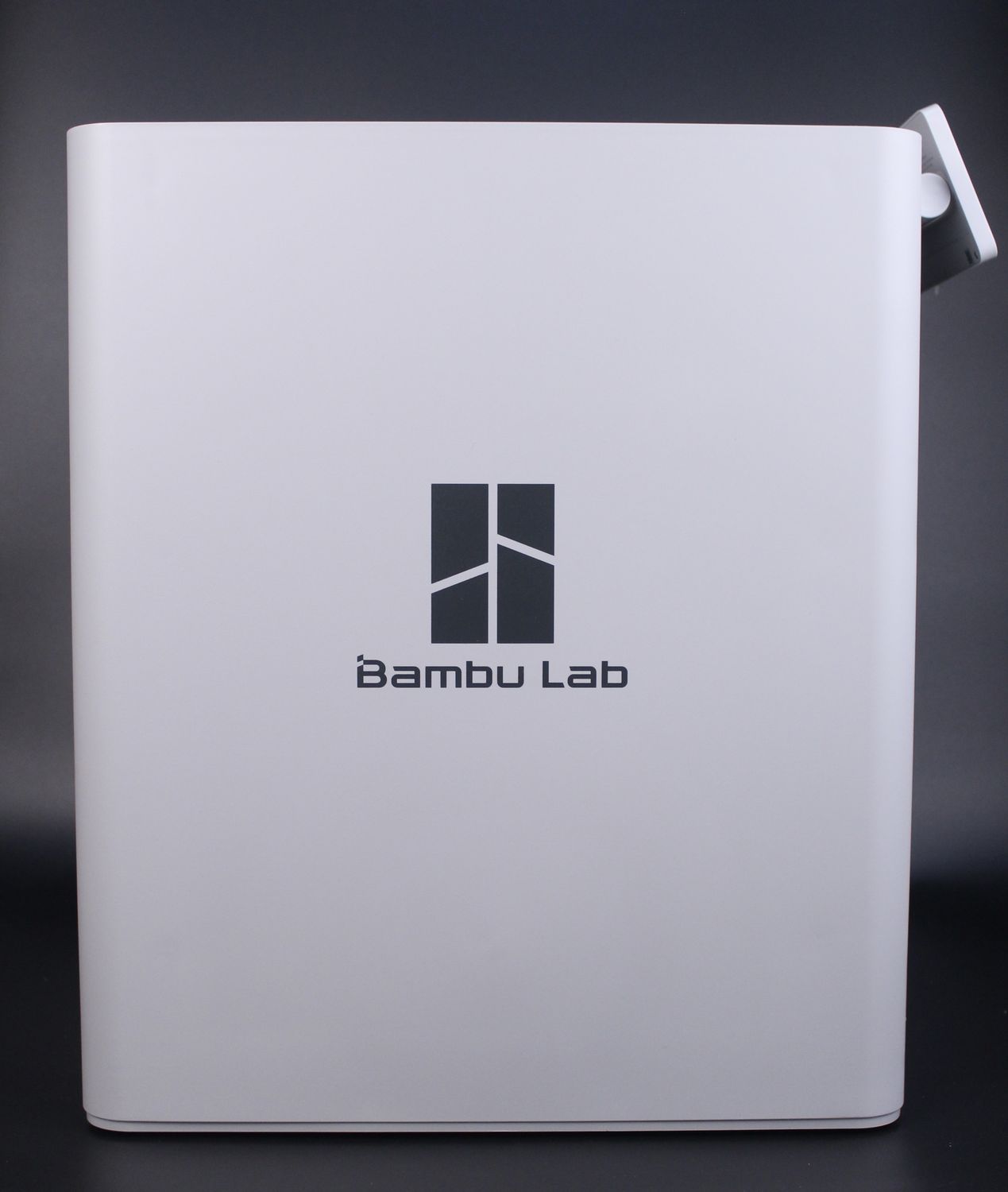
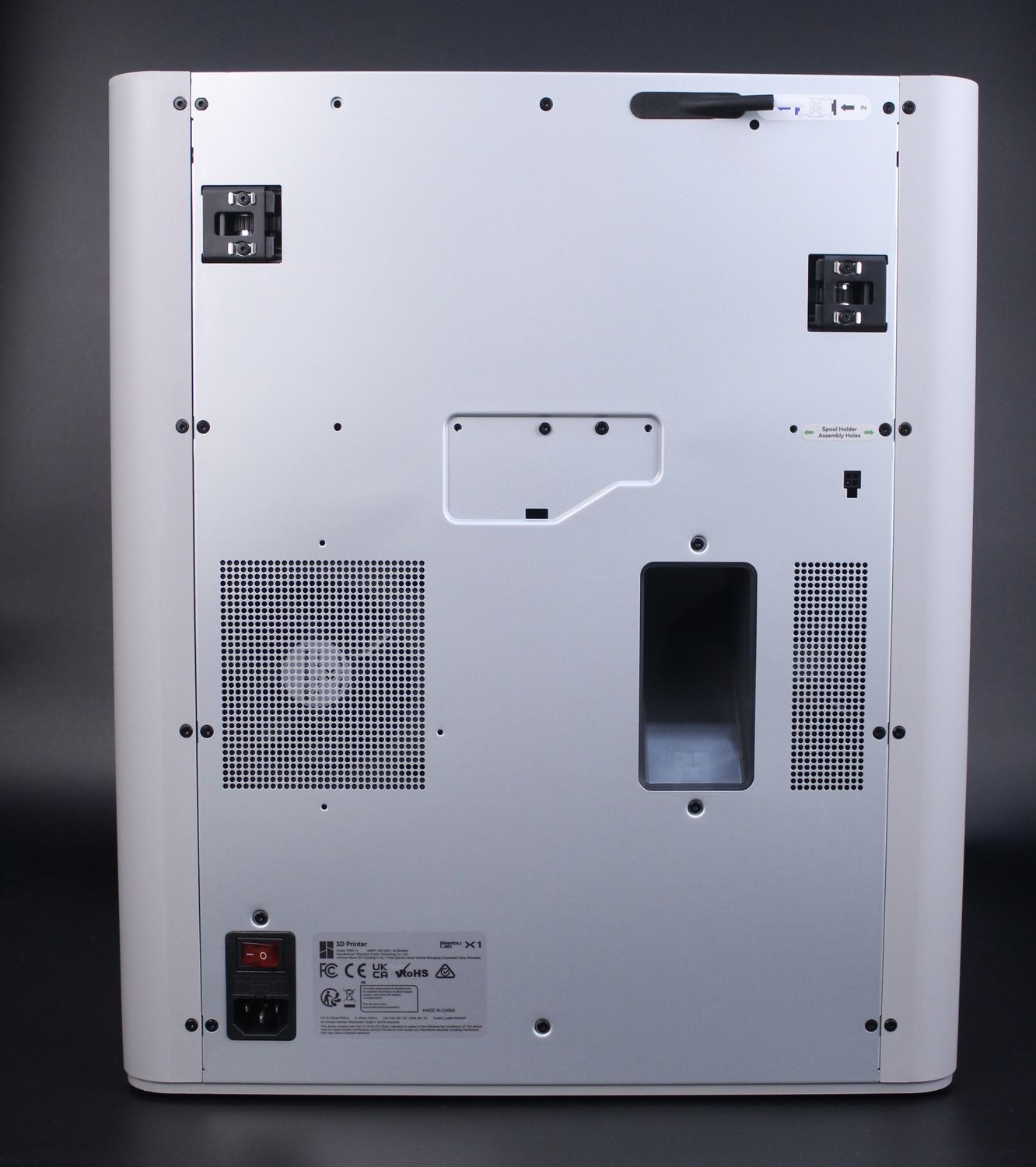
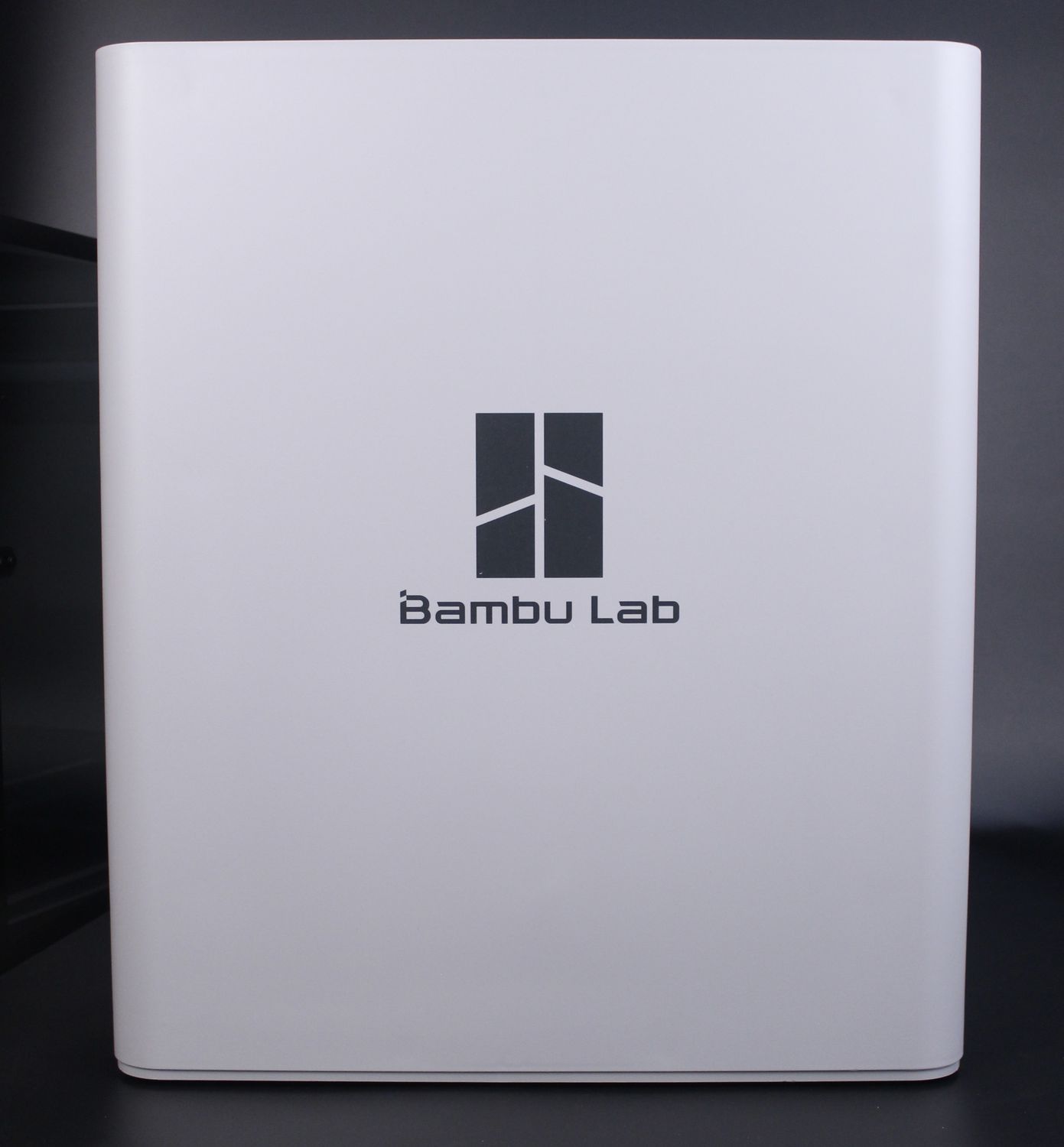
If you look closer, you will also notice the lack of a filament buffer in the back, and that’s because it only comes with the Bambu Lab X1-Carbon Combo which also includes the AMS multi-color system.
Bambu Lab X1 3D Printer Specs
| Technology | Fused Deposition Modeling |
| Build Volume(WxDxH) | 256*256*256 mm |
| Chassis | Steel |
| Shell | Plastic & Glass |
| Hot End | All-Metal |
| Extruder Gears | Steel |
| Nozzle | Stainless Steel |
| Max Hot End Temperature | 300 °C |
| Nozzle Diameter (Included) | 0.4 mm |
| Nozzle Diameter (Optional) | 0.2 mm, 0.6 mm, 0,8 mm |
| Filament Cutter | Yes |
| Filament Diameter | 1.75 mm |
| Build Plate | Flexible Steel Plate |
| Build Plate Surface (Included) | Bambu Cool Plate, Bambu Engineering Plate |
| Build Plate Surface (Optional) | Bambu Hot Plate |
| Max Build Plate Temperature | 110 °C |
| Max Speed of Tool Head | 500 mm/s |
| Max Acceleration of Tool Head | 20 m/s^2 |
| Max Hot End Flow | 32 mm^3/s |
| Part Cooling Fan | Closed-Loop Control |
| Hot End Fan | Closed-Loop Control |
| Control Board Fan | Closed-Loop Control |
| Chamber Temperature Regulator Fan | Closed-Loop Control |
| Auxiliary Part Cooling Fan | No, but available as an upgrade |
| Air Filter | No, but available as an upgrade |
| PLA, PETG, TPU, ABS, ASA, PVA, PET | Yes |
| PA, PC | Yes |
| Carbon/Glass Fiber Reinforced Polymer | Only with an upgraded hotend |
| Bambu Micro Lidar | Yes |
| Chamber Monitoring Camera | No, but available as an upgrade |
| Door Sensor | Yes |
| Filament Run Out Sensor | Yes |
| Filament Odometry | Optional |
| Power Loss Recover | Yes |
| Dimensions | 389*389*457mm |
| Net Weight | 13.18kg |
256x256x256mm Build Volume Fully Enclosed
The Bambu Lab X1 comes with the same print volume as the X1-Carbon, but the advertised printing volume is a bit misleading in some cases. Mostly because you are unable to use the full 256x256x256mm print volume without adding a small mod.
As they show in a wiki article, this is limited by the filament cutter on the extruder that needs a few mm to work reliably. You won’t be able to use the entire print volume with the AMS as the cutter will need that space, so consider this before making a purchase decision.
For me, this is not a problem as I rarely need such a large print volume for any of my models so I’m fine with it.
Double-sided Magnetic Flex Printing Surface
When it comes to the print surface, not much has changed. The printer comes with the same Cool Plate and Engineering Plate sides which comprise the magnetic flex plate system.

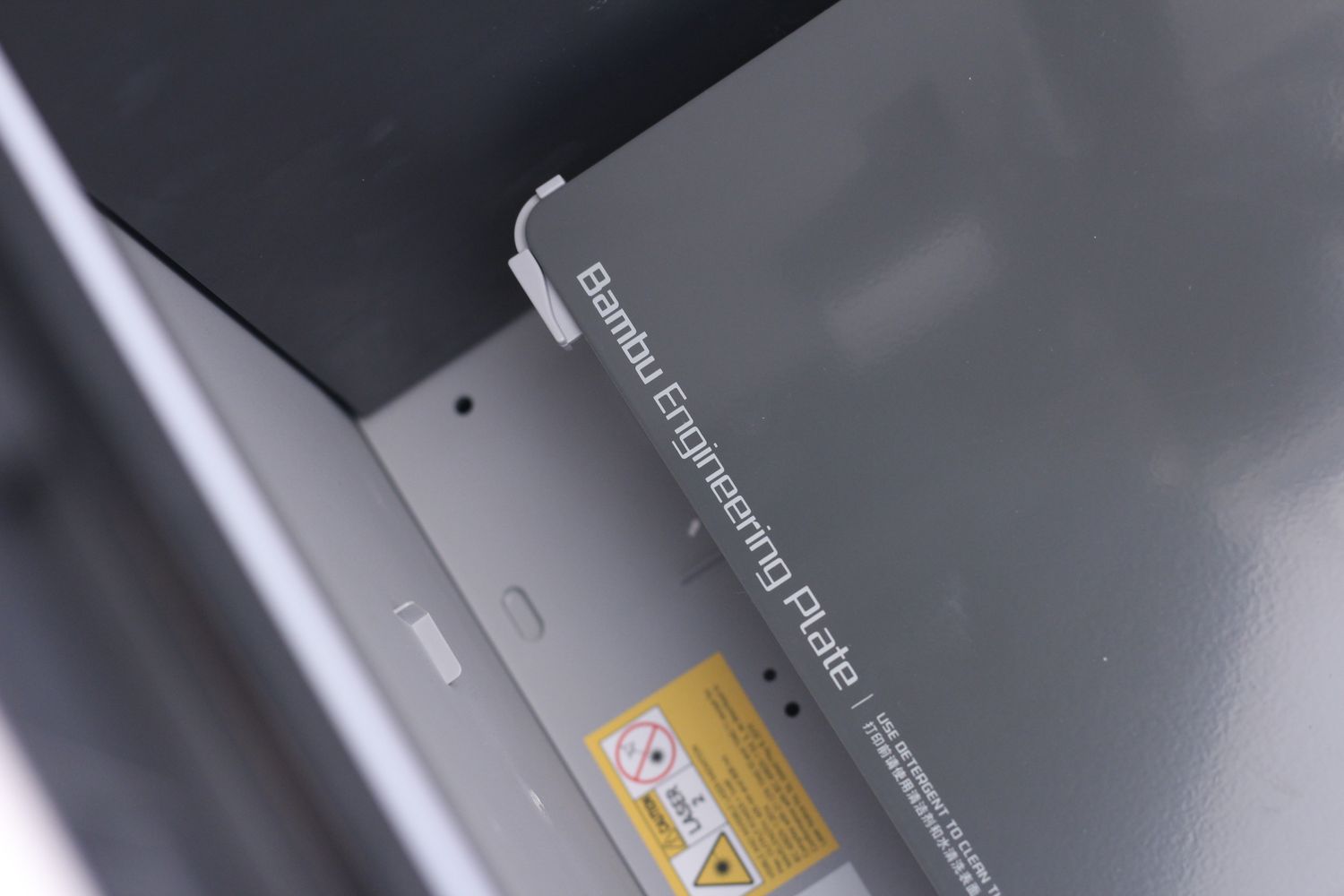
They work just as well as they did on the X1, but the Cool Plate can be quite prone to developing bubbles after a while even if glue stick is used. If you’re careful with removing the prints, you can make it last longer, but it’s still not as good as the Textured Double-Sided PEI Plate they now sell.
The Cool Plate is used mostly for filaments that don’t require a lot of heat to the heatbed, like PLA and this is needed if you want to print with the enclosure doors closed. As you might know, printing PLA in an enclosure is not as easy because of the lower glass transition temperature that can lead to clogs.
A solution to this would be to use the Engineering side of the plate, remove the top cover of the printer, and open up the front door to avoid the printer building up head when printing. Some glue stick to the Engineering plate, and a temperature of ~60C will work great with PLA but the downside is the printer being noisier.
There’s a fan in the back pulling air from the enclosure to regulate the temperature inside the enclosure, but it adds extra noise and I rarely use it.
Core-XY Motion System
When it comes to the motion system, The X1 uses the same motion system as the X1-Carbon. I’ve seen some rumor online that the X1 comes with steel rods for the X-axis, but that’s not true. If that were true, the speed of the printer would be greatly reduced so there’s nothing to worry about in this regard.
Of course, the Y axis uses the same steel rods as they don’t matter that much for high-speed printing because they are not moving.
Custom Direct Drive Extruder
After taking off the front cover, we can see that there’s not too much changed compared to the extruder assembly present on the X1-Carbon. The main change is in the type of plastic used in the extruder which is now a matter black instead of the transparent extruder I got with the X1-Carbon.
Of course, the extruder gears in the X1 are not hardened steel, so it’s recommended not to print abrasive filaments with it to avoid excessive wear.
On the left, you got the same cutter lever that gets used when you replace filaments or when printing with multiple colors using the AMS.
I won’t go into too much detail, as everything is quite similar to the X1-Carbon, so if you are interested in more details, please check the other review.
All-Metal Hotend with up to 300C capabilities
When it comes to the hotend/nozzle it looks almost exactly like the Hardened Steel Nozzle present on the X1-Carbon. The main difference is in color, where the heatsink on the regular Stainless Steel nozzle is grey, while the Hardened version is Black.
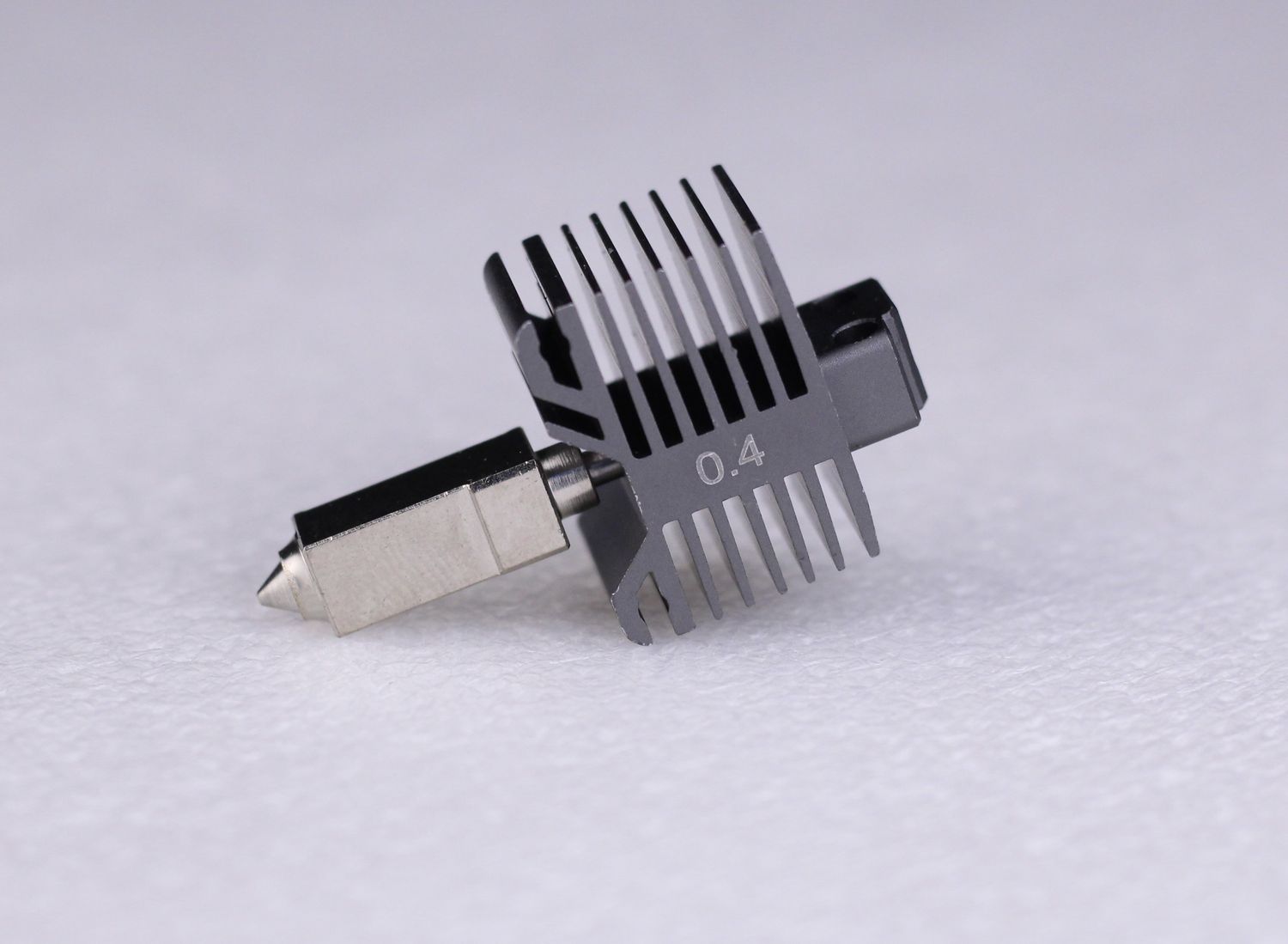
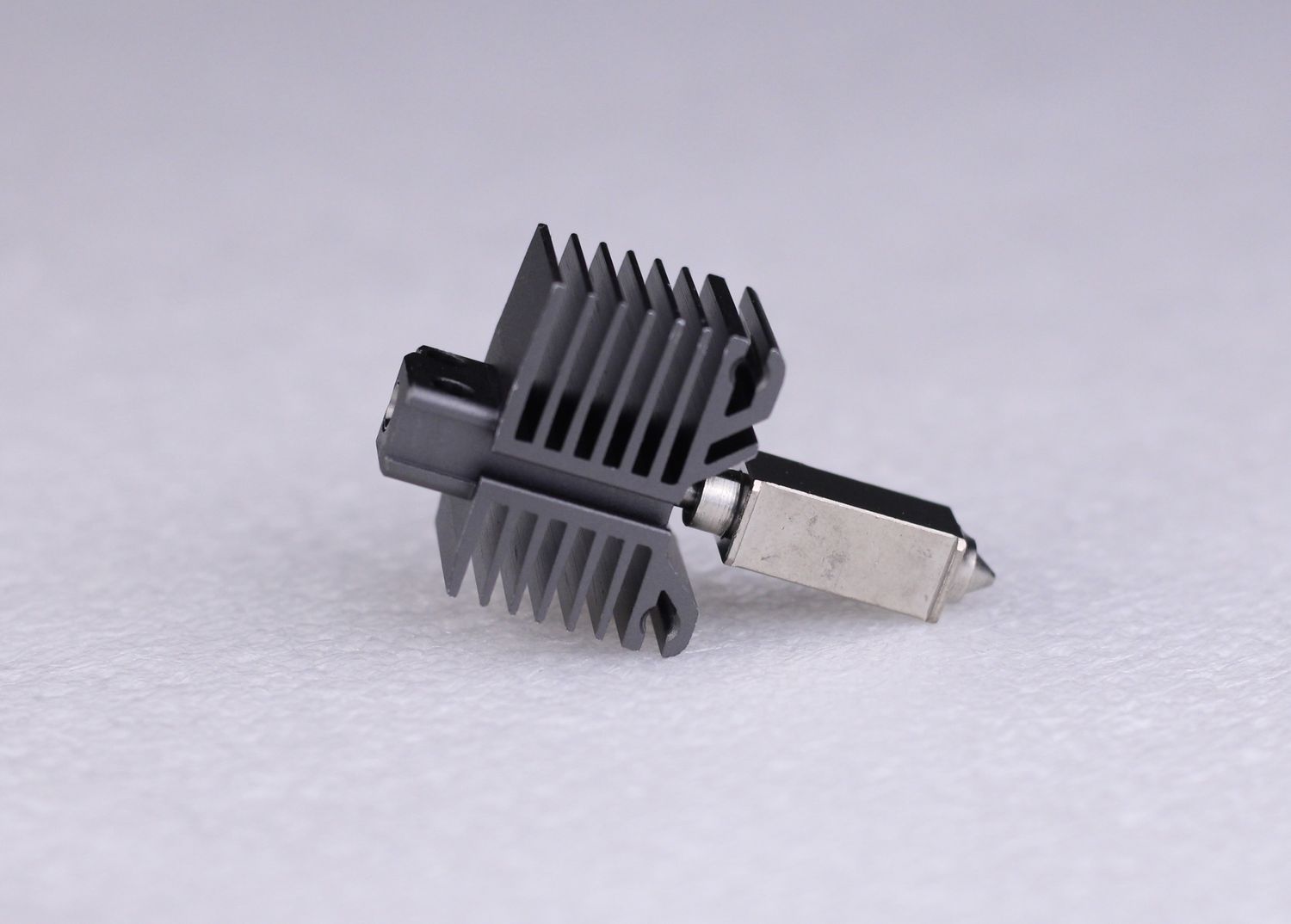
The X1 has the same capabilities of printing up to 300C with the mention that you need to print regular filaments, and not abrasive stuff. You’ll see why I say this a bit later.
AI Capabilities and LIDAR sensor for Auto-Calibration
The AI capabilities for Auto-Calibration using the LIDAR sensor are still present on the X1, and it works the same way as it does with the X1-Carbon.
Every time you start a print, you have the option to enable the calibration. The printer would then print a few lines then scan them to calibrate the flow rate and pressure advance value according to that filament.
90% of the time, the calibration is spot-on and works great, but when using dark or transparent filaments, the LIDAR will have less accuracy which might impact the calibration. It also doesn’t work perfectly if you’re printing on a textured plate, so that’s another thing to keep in mind.
Fortunately, for the 10% when it doesn’t work as great, it’s not very hard to fine-tune the flow rate of that particular filament, and update the value in the slicer to use it in the future.
Proprietary board and firmware
When it comes to the proprietary board and firmware, nothing is changed. The same board is used with the X1 and the firmware is still closed source. I don’t care about this too much, as Bambu Lab has consistently pushed firmware updates to the printer improving it. Besides that, they promised to release everything if the company fails, so you are able to continue using the printer even after they’re gone. But considering how popular this machine is, there’s a low chance of that happening.
There’s a huge difference compared to the early firmware I’ve used on my X1-Carbon Review, and I’m really happy to see this.
Some features might be missing from the firmware, but Bambu Lab was very responsive to feedback shared on their Social Media and Github so if you have some cool feature in mind, I recommend spending a bit of time and sharing that idea with them. They might just implement it.
When it comes to this, it’s hard to do a comparison with other companies. In most cases, other companies will launch new printers without even considering feature recommendations from the community. And when they do, it’s usually a new feature available in a new printer, and rarely in their previous machines.
Of course, I may be wrong, but that’s my experience after testing a lot of 3D printer over the last few years. I’m just happy to see Bambu Lab investing time and effort in improving their product even after launch.
5.5-inch capacitive touchscreen
The 5.5-inch capacitive touchscreen is exactly the same as on the X1-Carbon, so there’s not much to say about it. It’s bright, responsive, and can tilt to improve accessibility depending on where you put the printer.
This also means that the MicroSD card slot is the same, which is a bit hard to remove, but that’s not a huge problem for me as I rarely do it anyway.
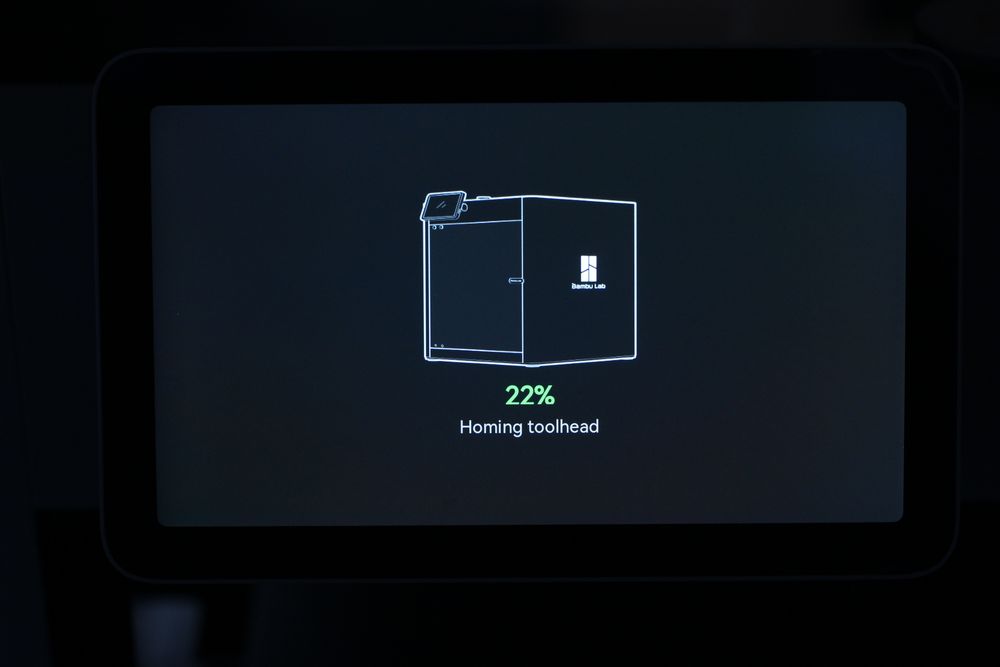
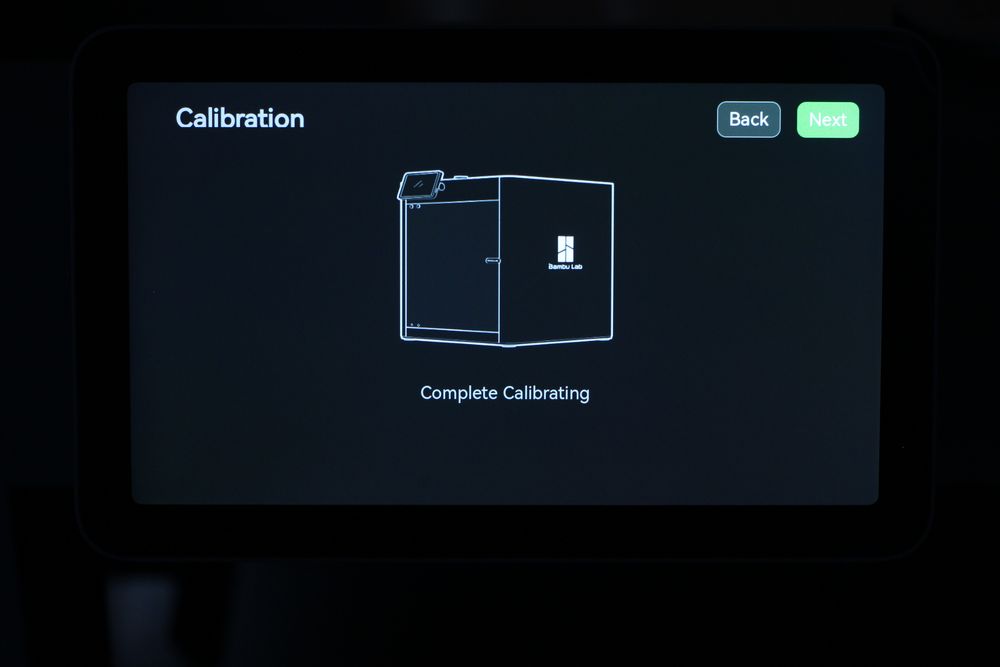
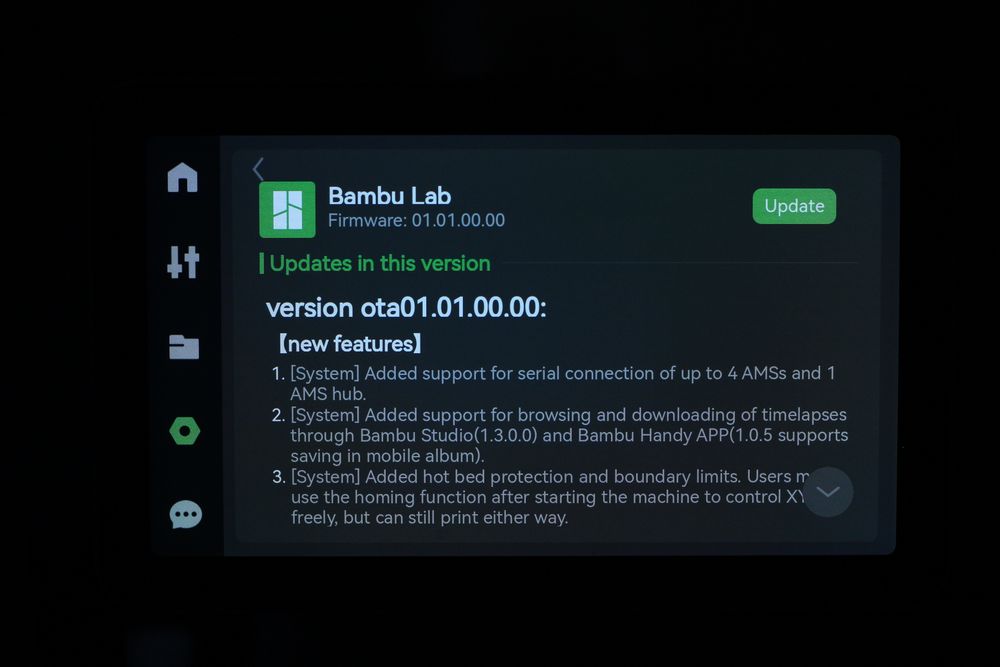
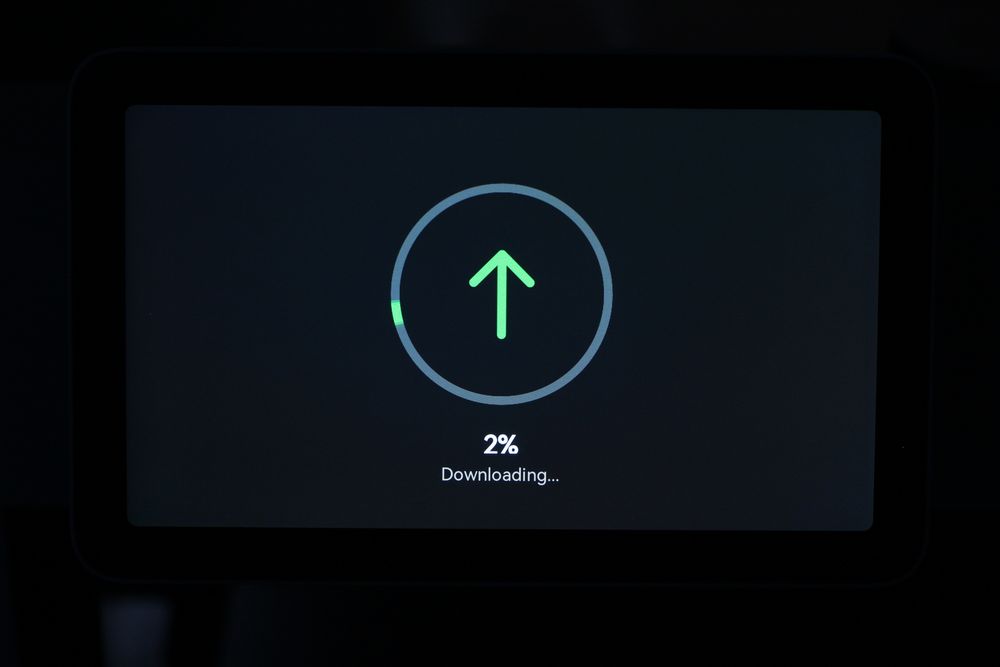
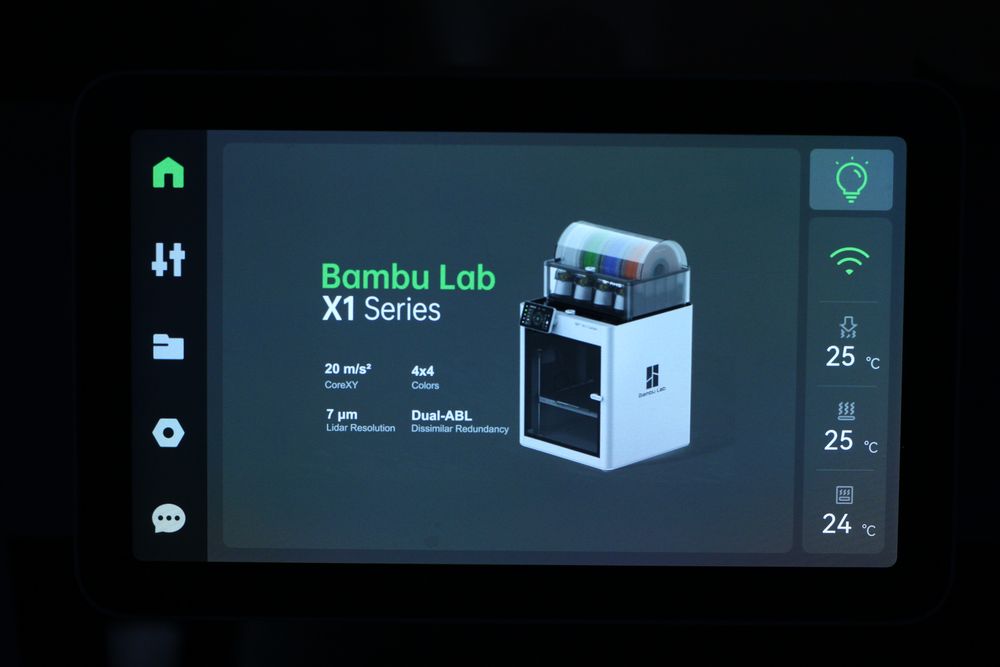
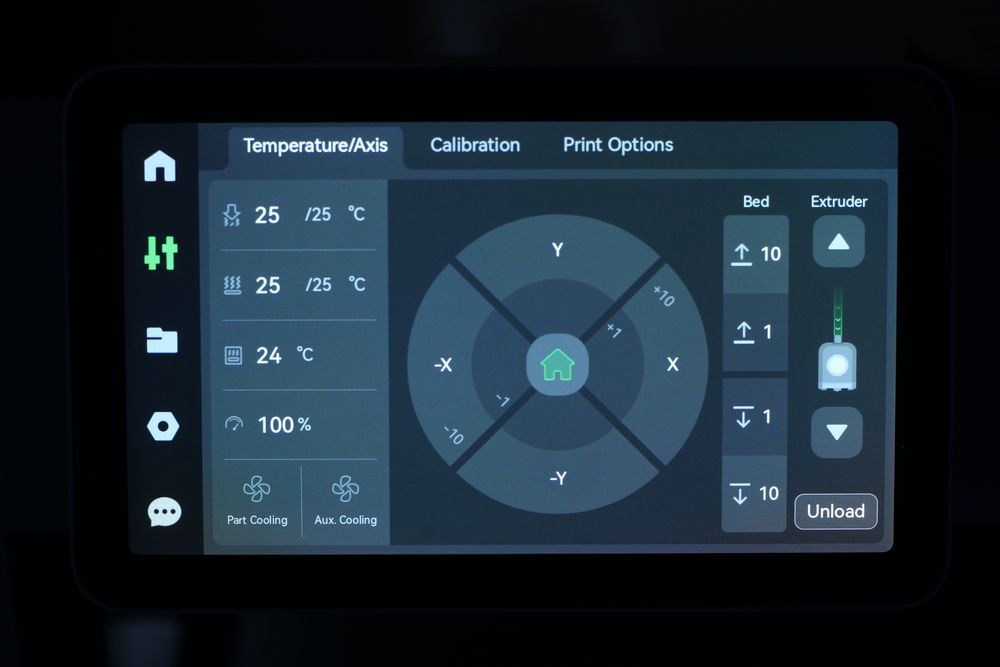
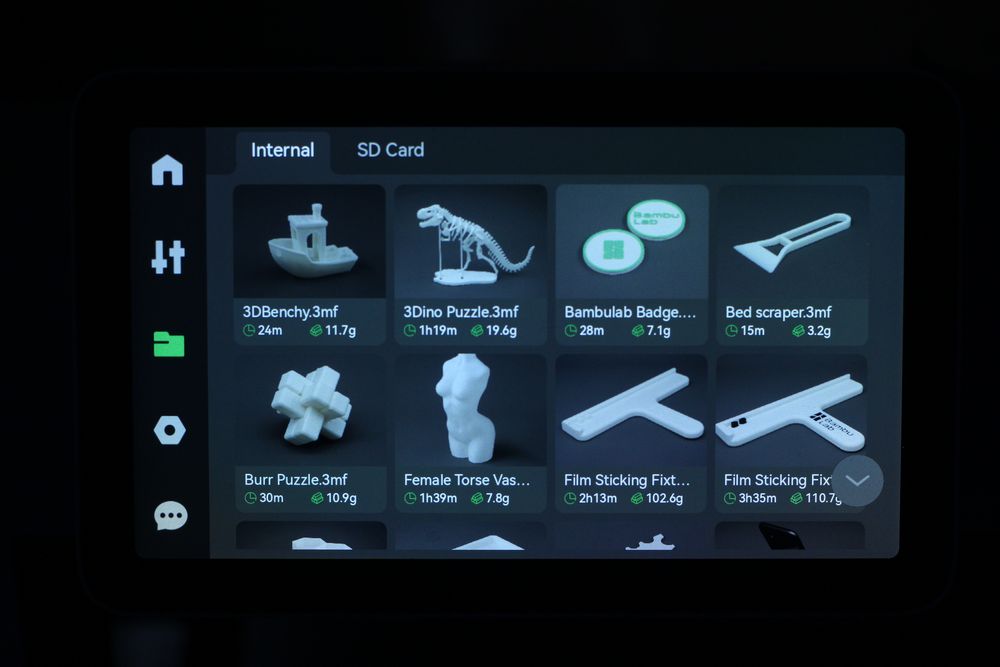
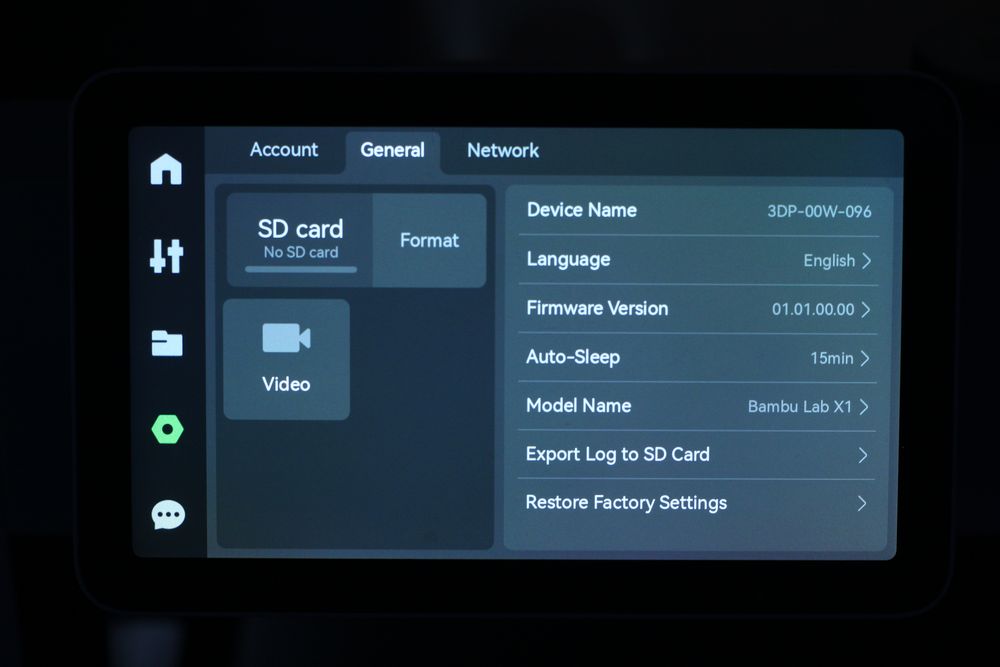
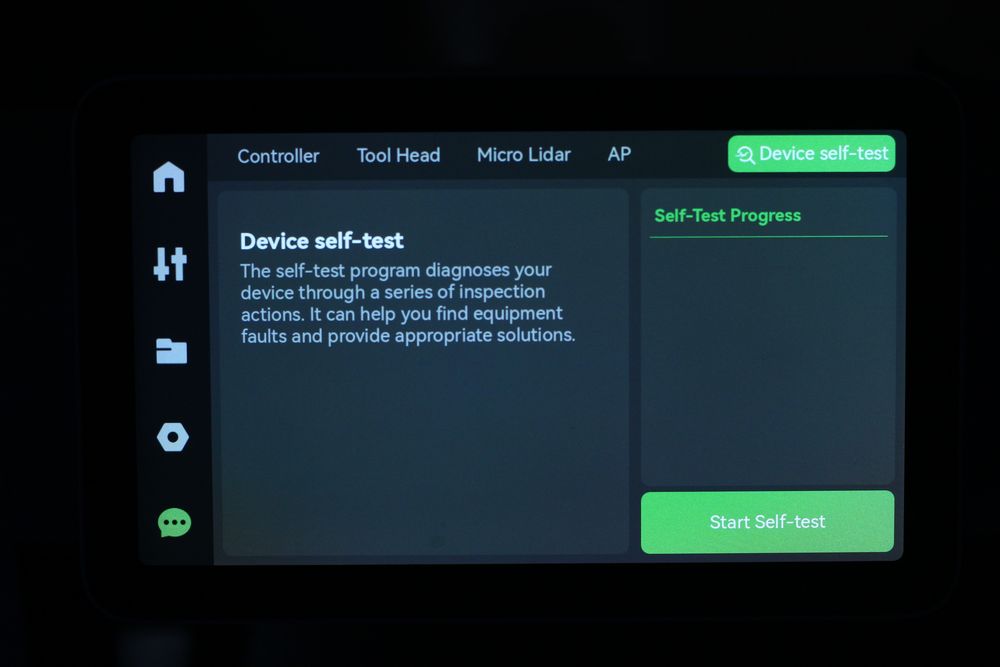
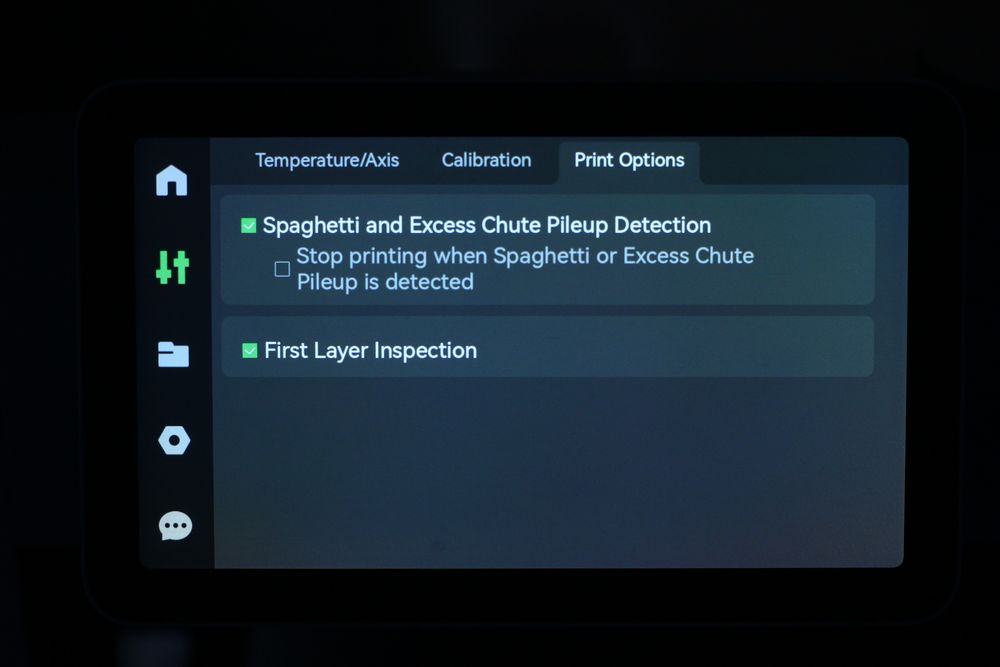

Bambu Studio and Bambu Handy for remote control
Another big improvement compared to the software I tried when I reviewed the X1-Carbon is in the Slicer and Mobile app department. The slicer has received a few updates since then that made it work great on both Windows and MacOS. They still don’t have a Linux version at the moment, probably because of the relatively low number of users of that operating system.
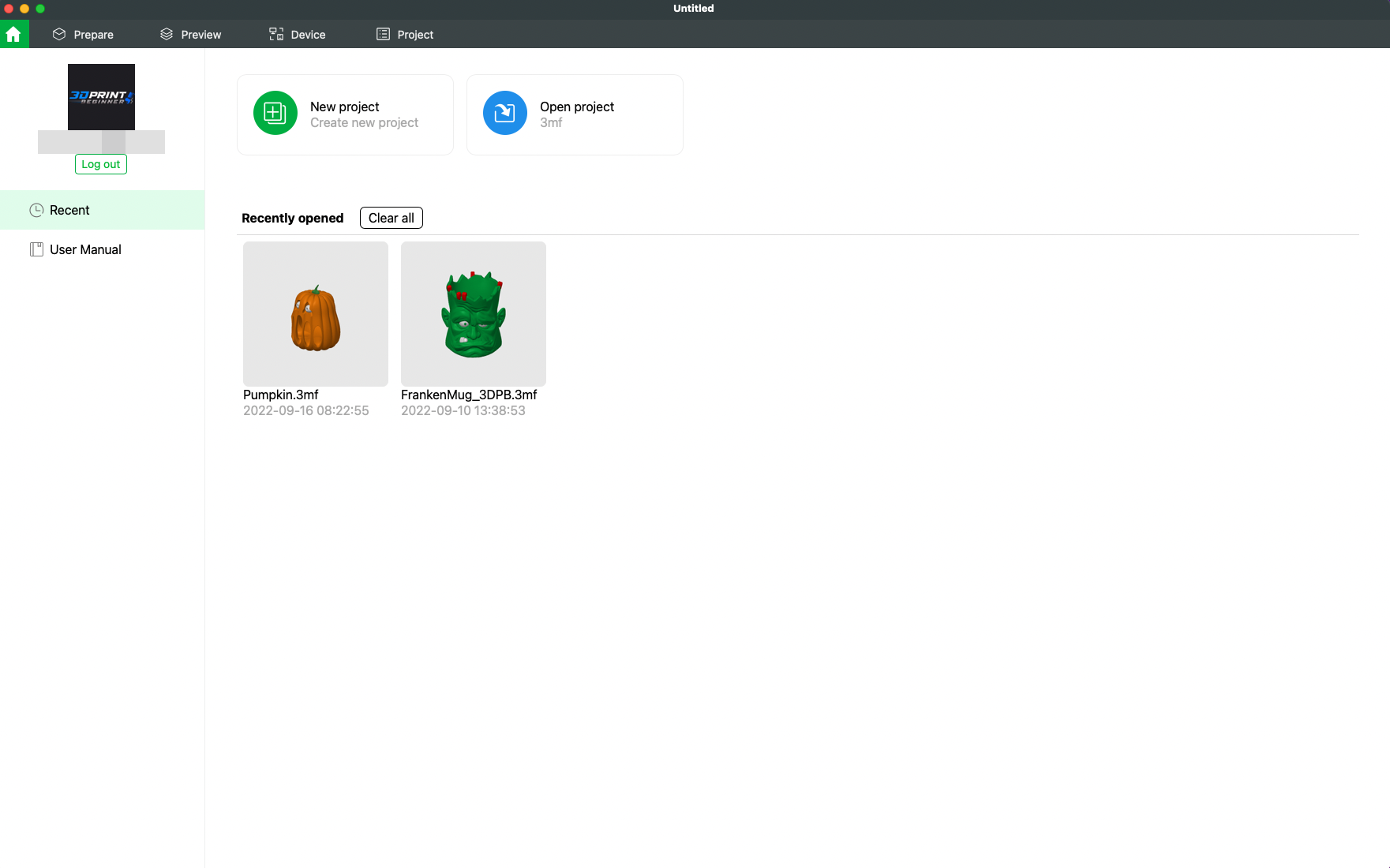
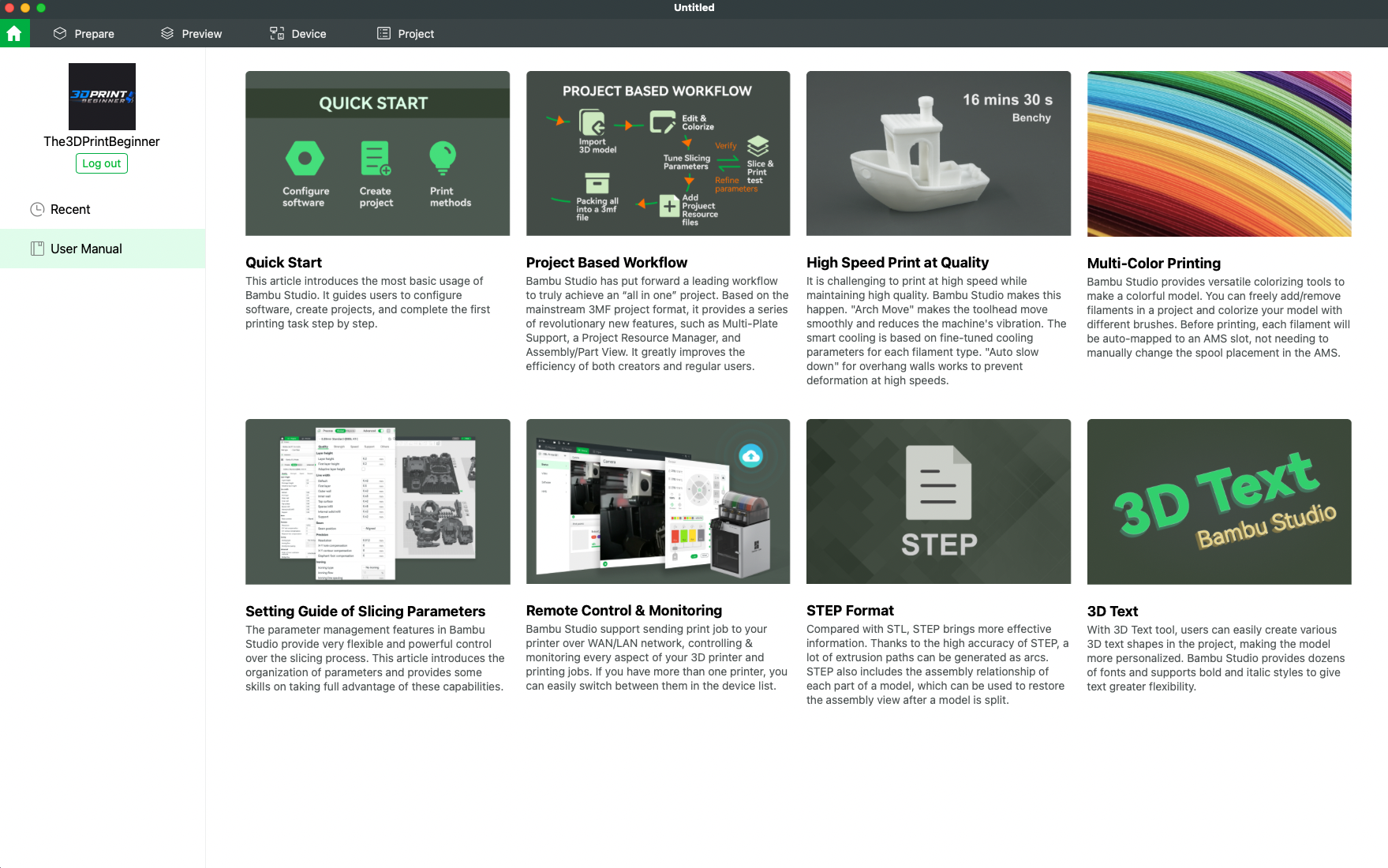
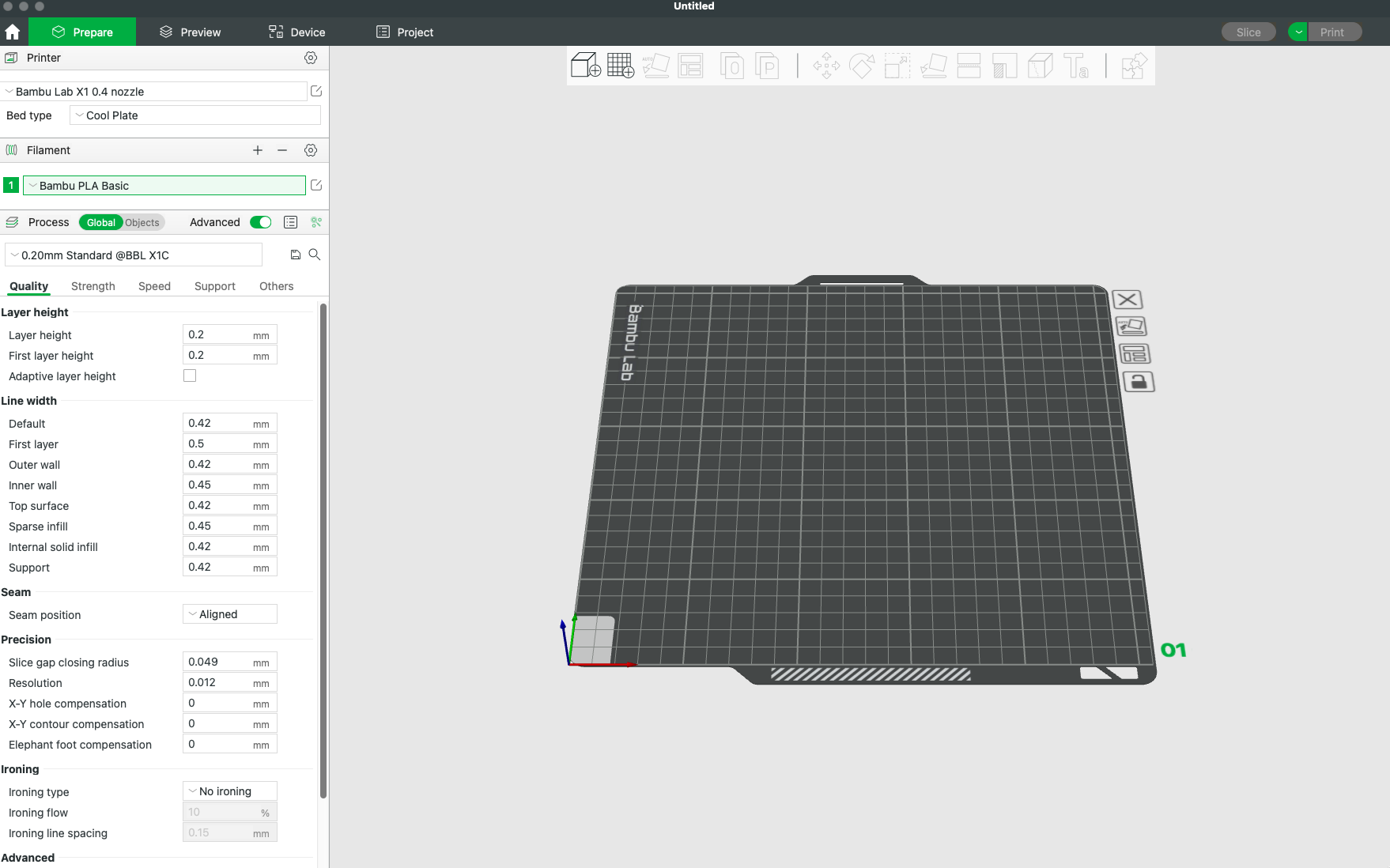
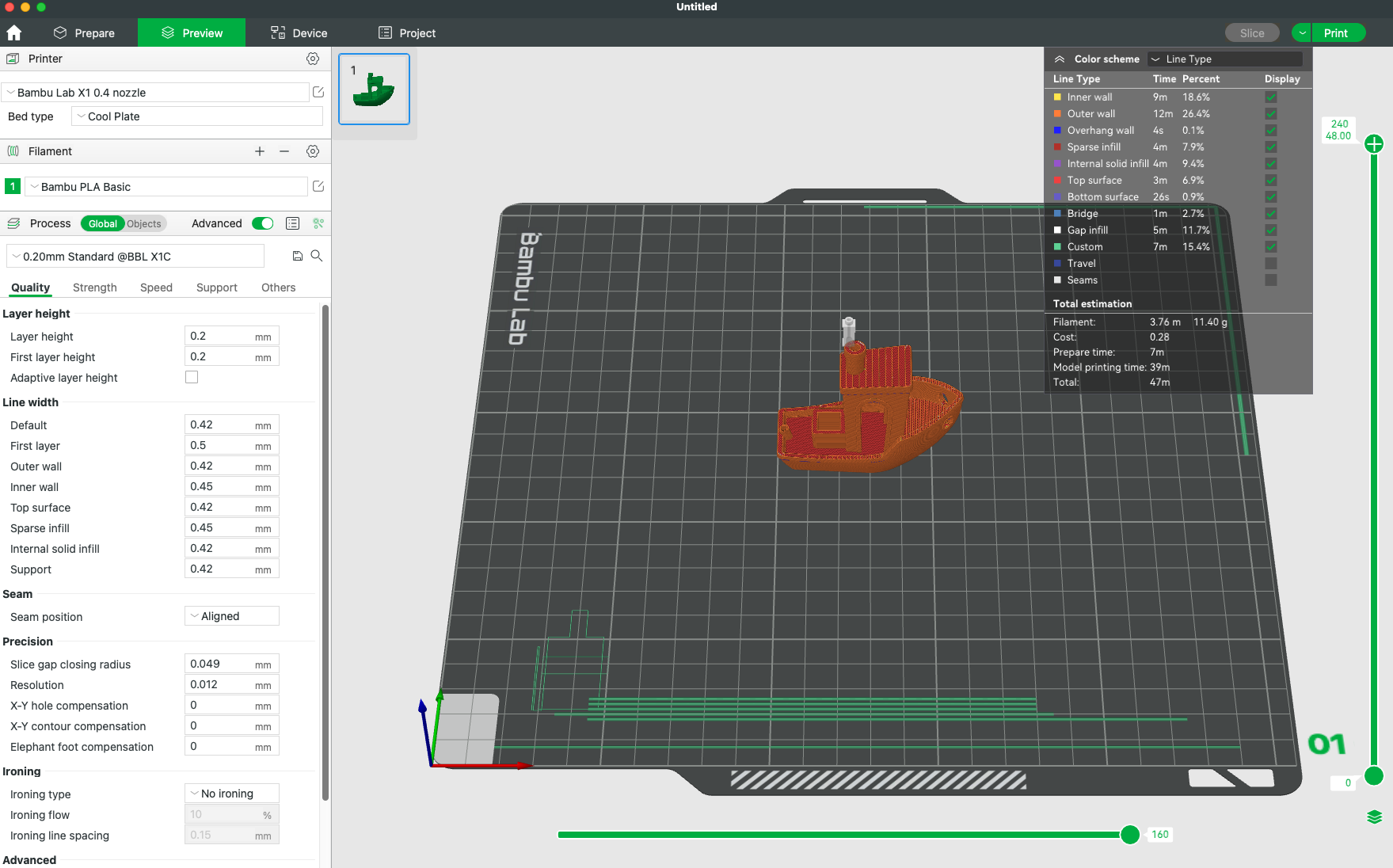
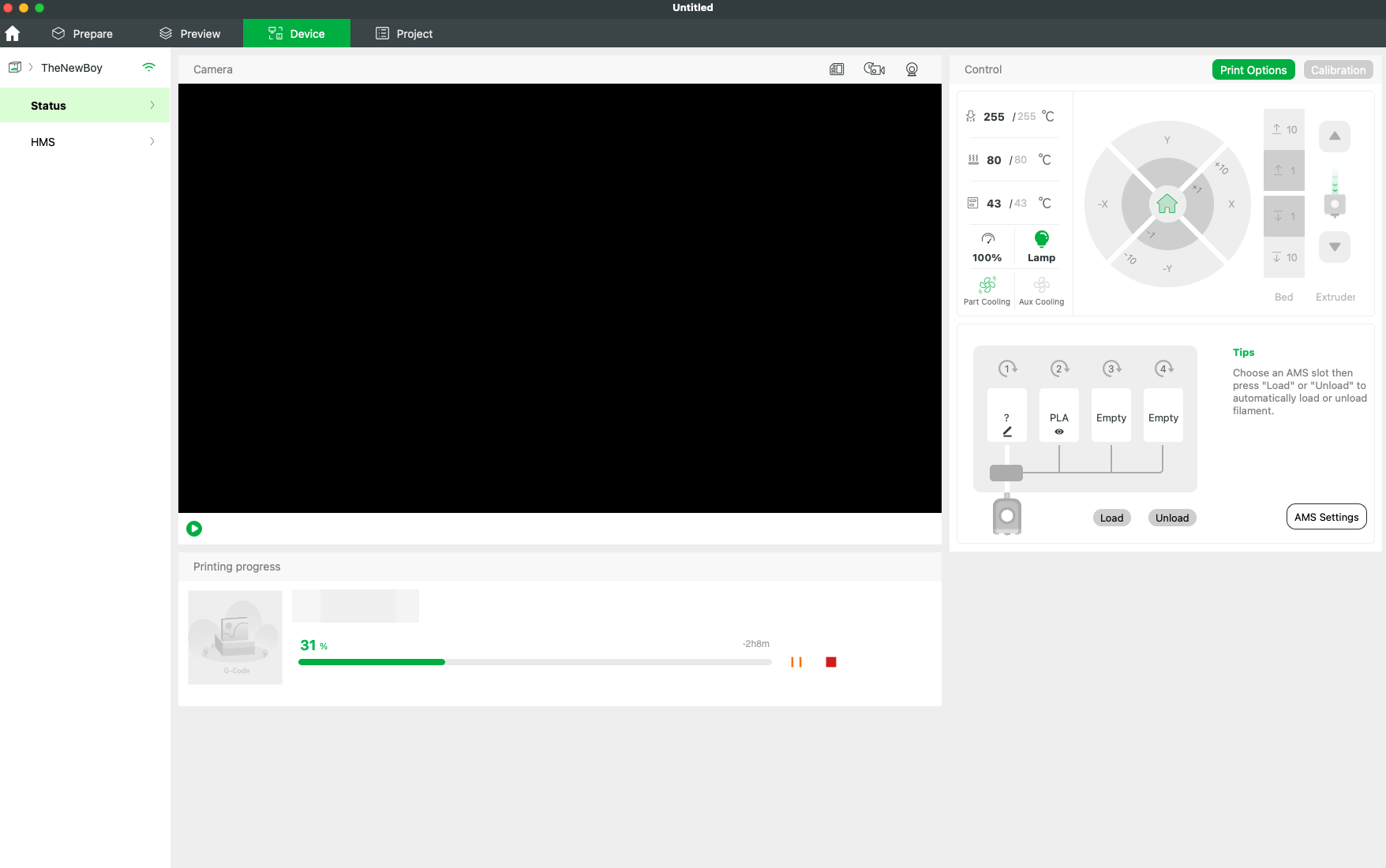
The Bambu Handy mobile app was also updated quite a bit, and it works more reliably compared to how it worked in the past. One of the main issues I have with it is the lack of consistent notifications.
In some cases, I get a notification when a print has been completed successfully. But 8 times out of 10, I don’t get any notification if there’s an error which is a bit annoying.
They will probably fix this problem over time, so not a huge issue, but it’s worth noting.
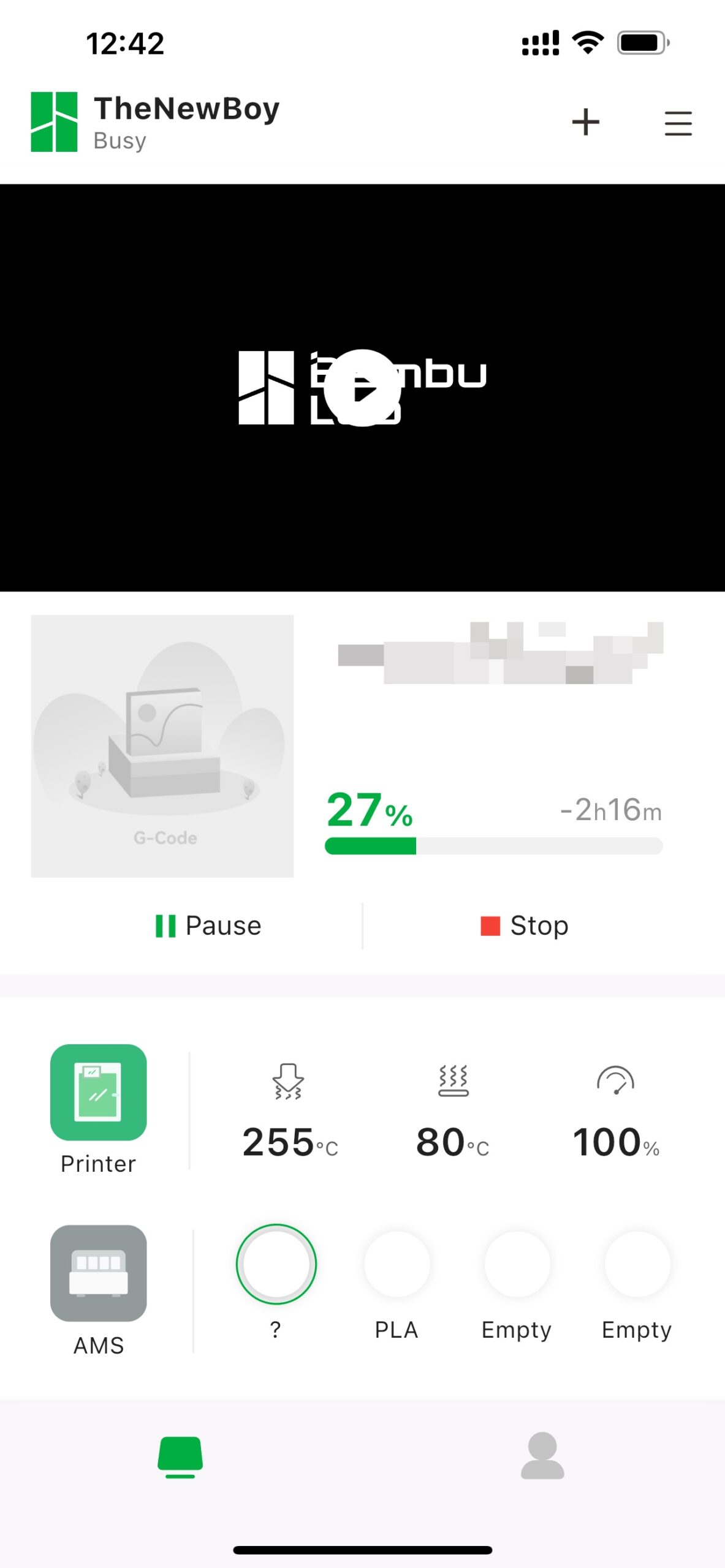
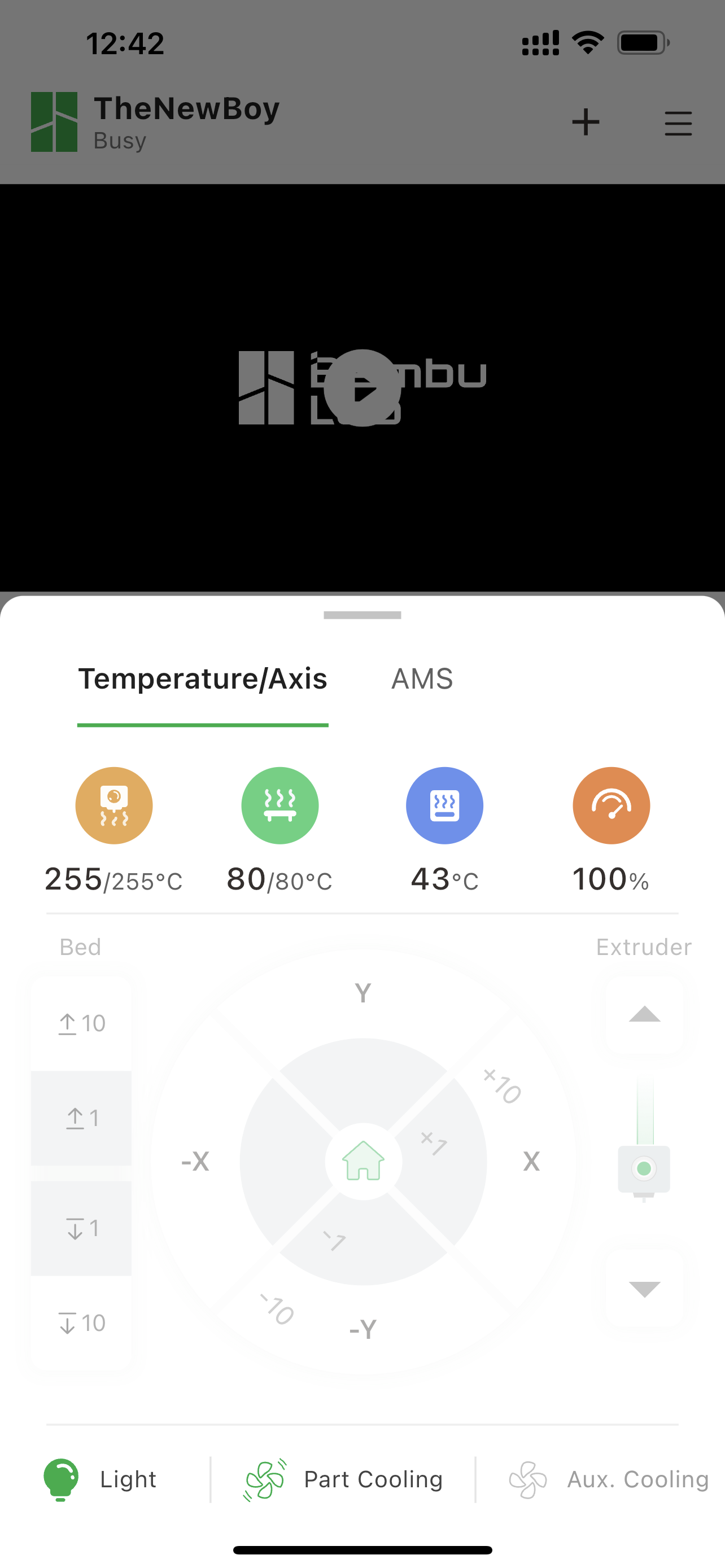
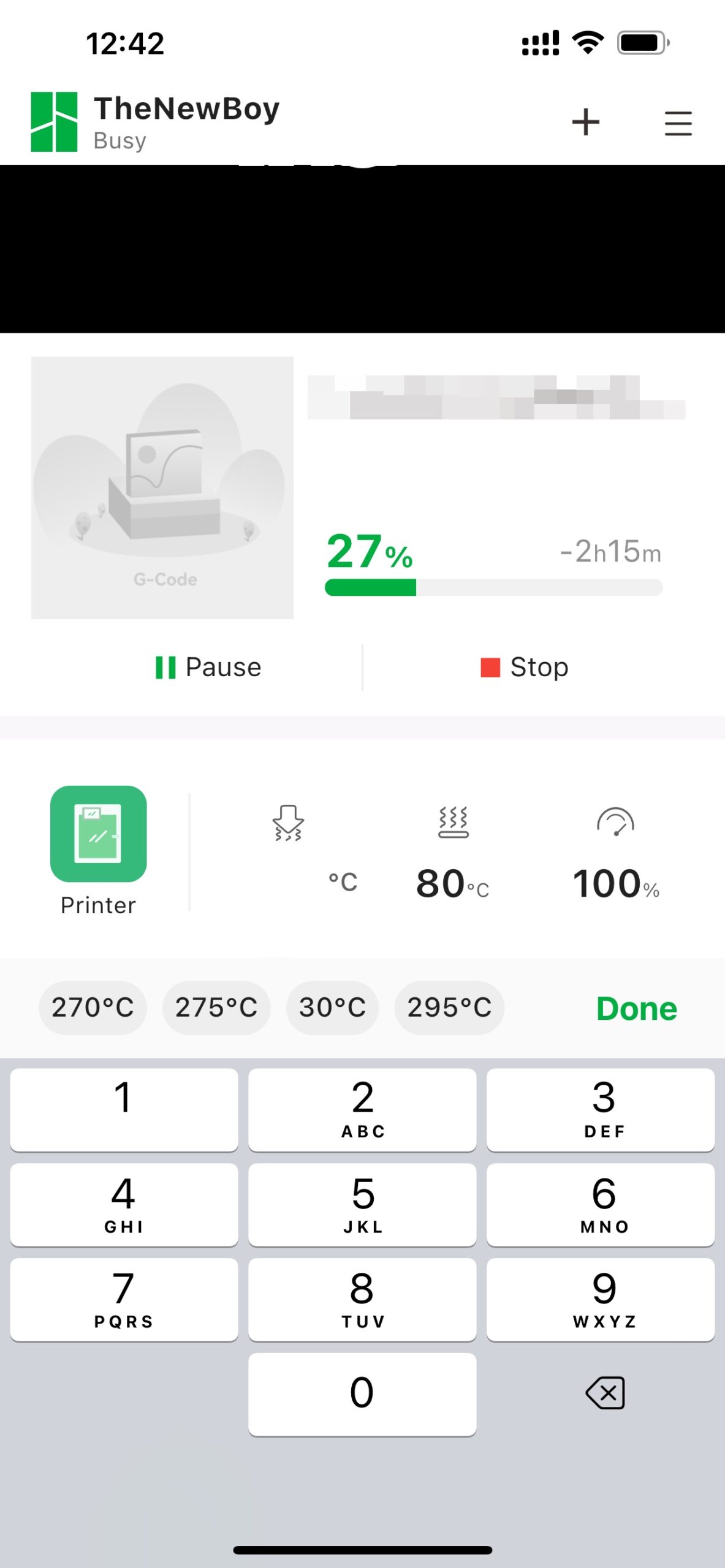
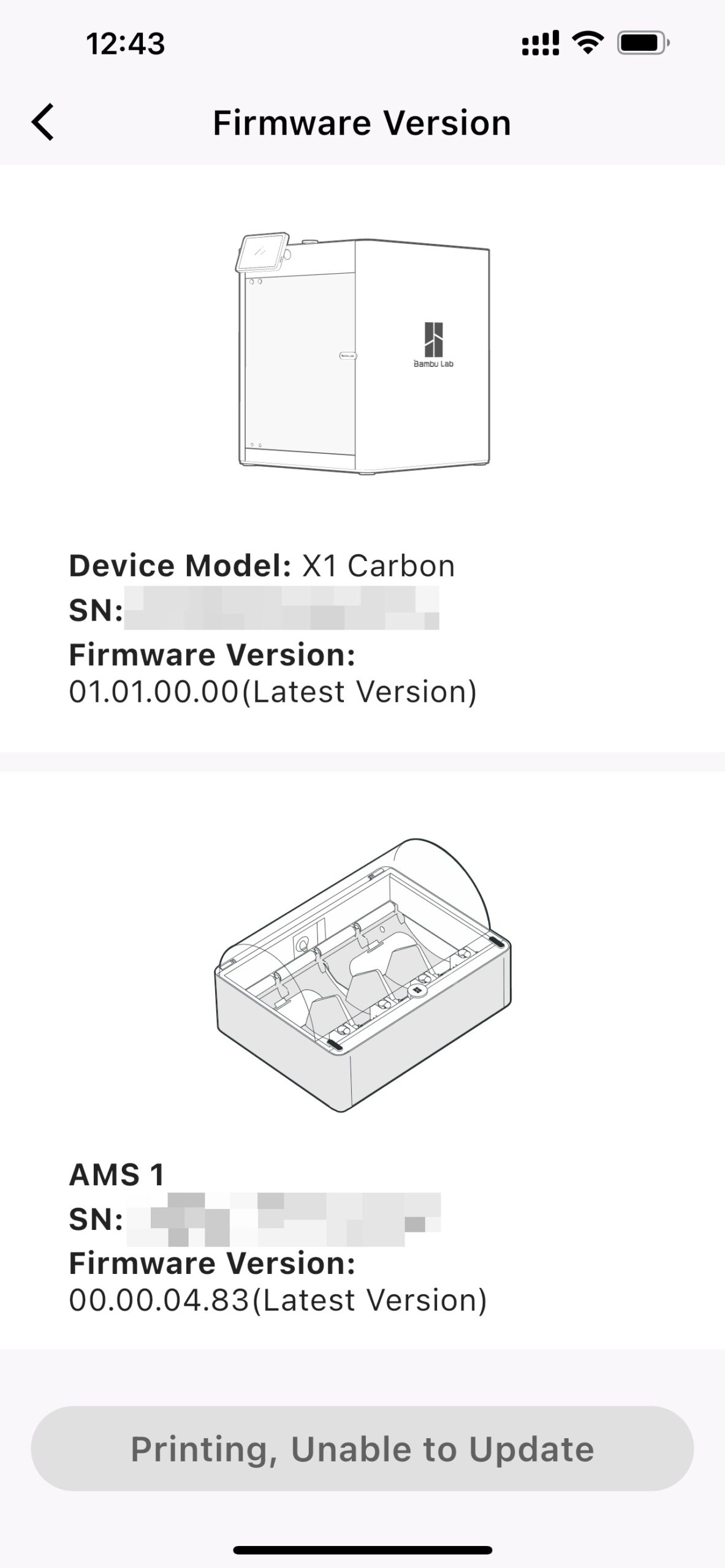
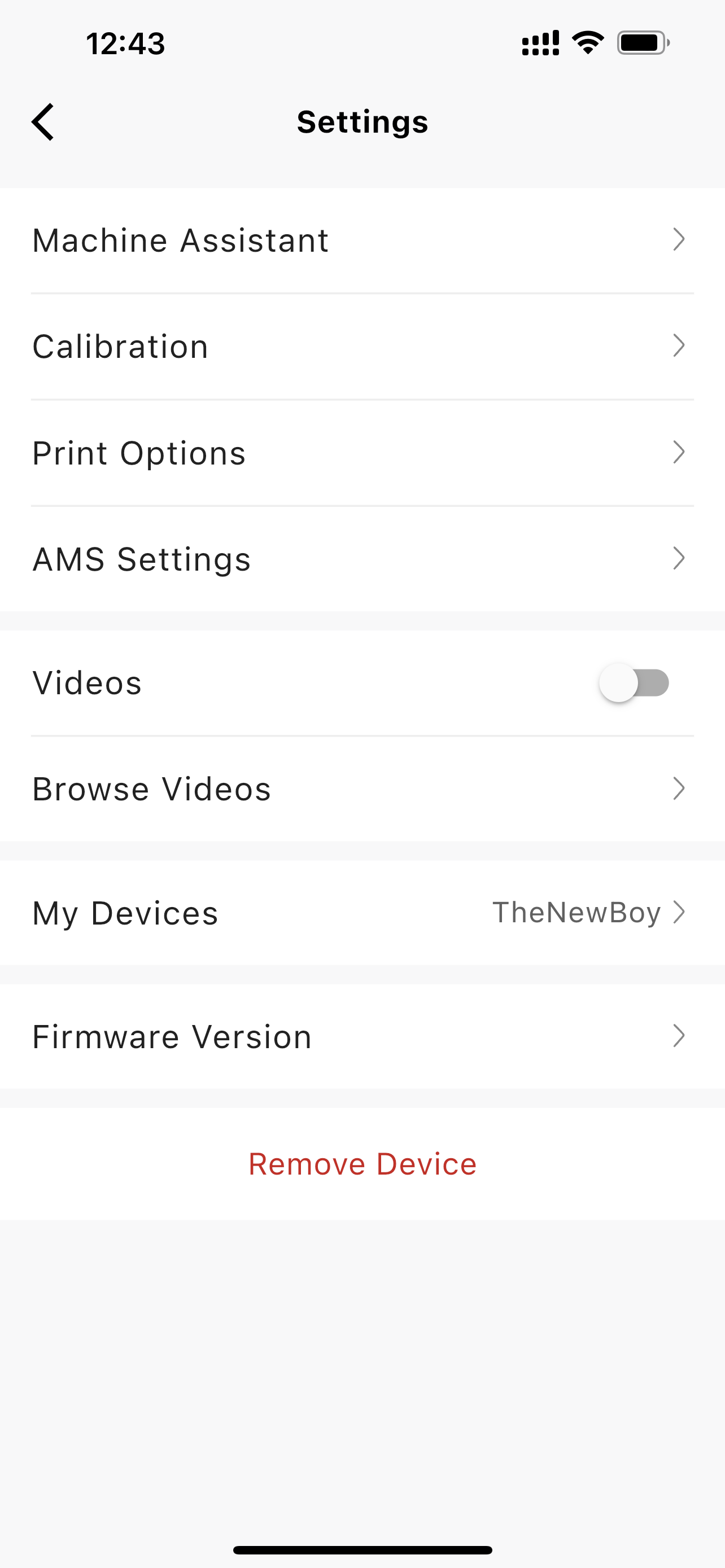
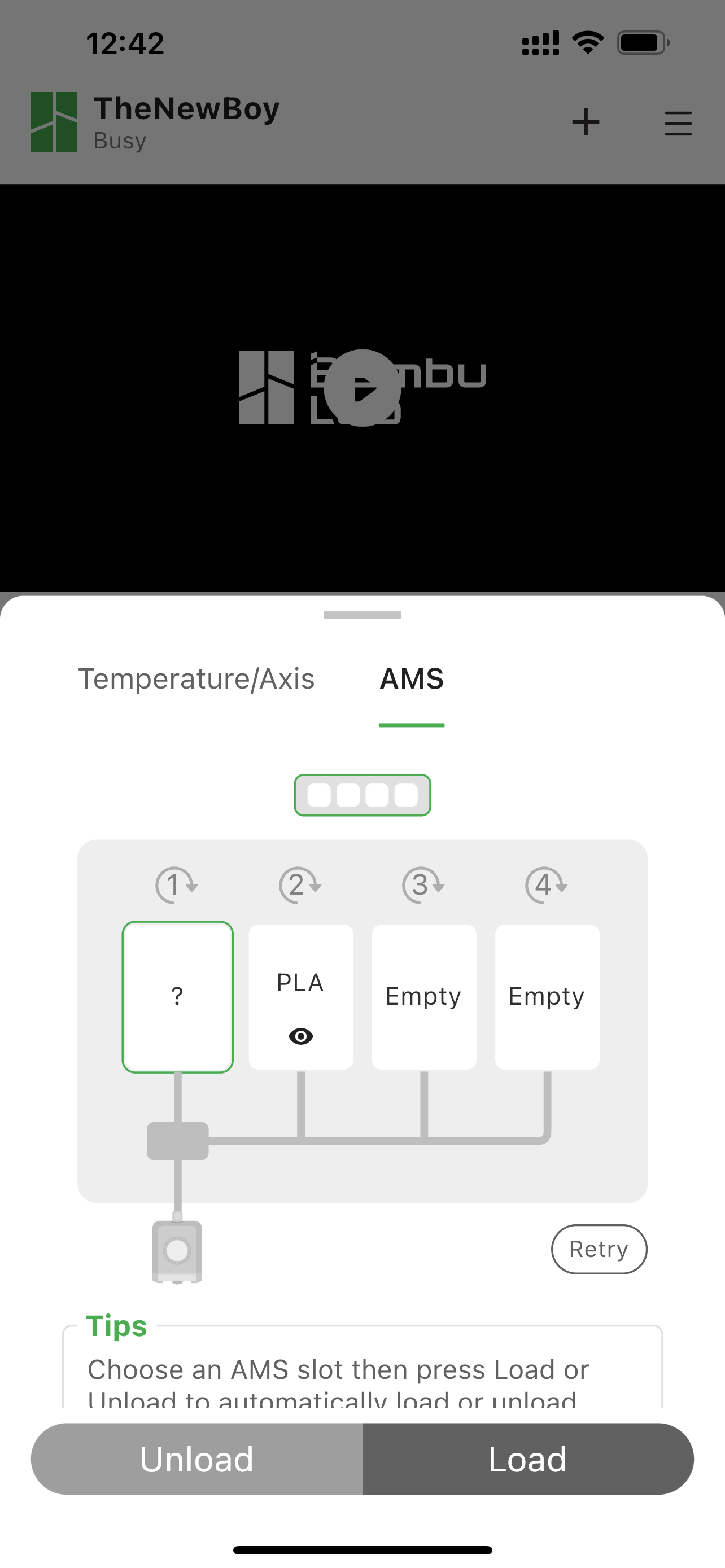

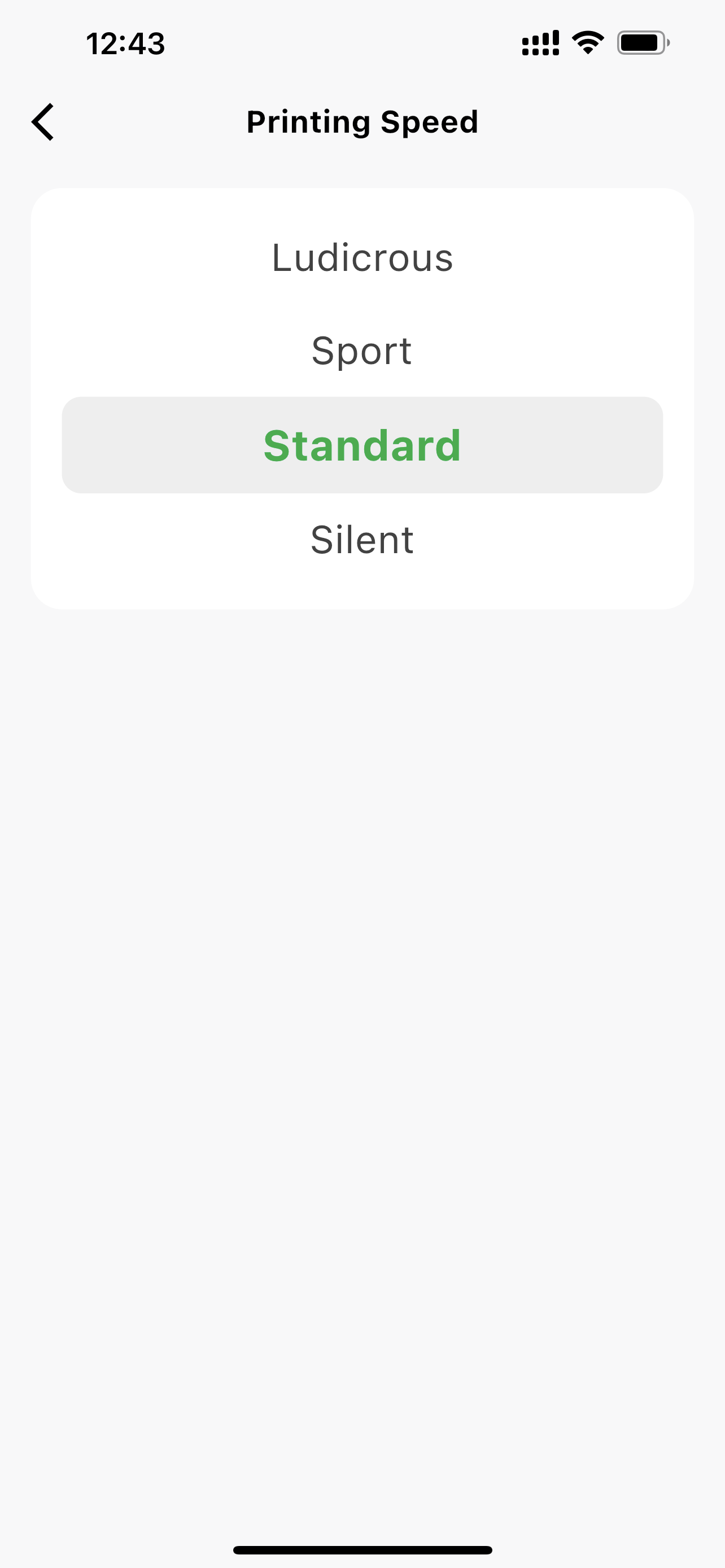
Heating time and power consumption
Hotend
- 200C in 35 seconds
- 250C in 50 seconds
- 300C in 1 minute and 13 seconds
Heatbed
- 60C in 39 seconds
- 100C in 1 minute and 24 seconds
Just like the Bambu Lab X1-Carbon, the regular X1 heats up very fast, and it’s one of the fastest heating printers out there.
Chamber temperature
I noticed that some people are concerned about the chamber temperature of the printer for higher temperature filaments, so I also tested the temperature that can be reached by the printer after setting the temperature of the heat bed to 100C.
The bed was moved to the middle of the Z-axis volume, then the temperature was measured using a thermal probe located in the middle of the bed, close to the position of the nozzle.
- Temperature after 15 minutes – 42C
- Temperature after 30 minutes – 46C
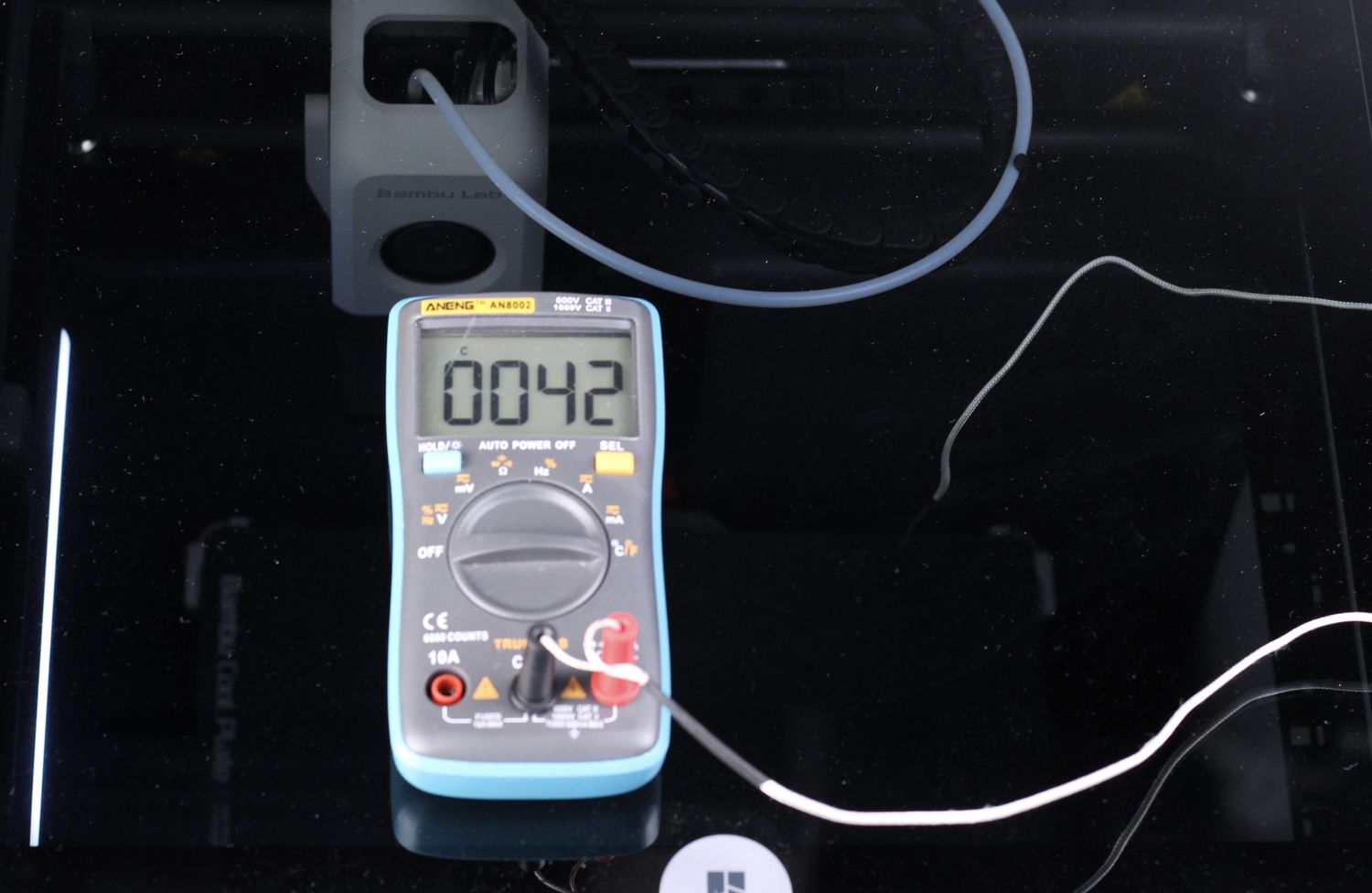

I also took a few shots with the thermal camera to see the locations where the Bambu Lab X1 might lose heat, and I have attached them below. A lot of the heat from the enclosure is lost thought the top front of the glass door as the seal doesn’t seem to be as good as expected.
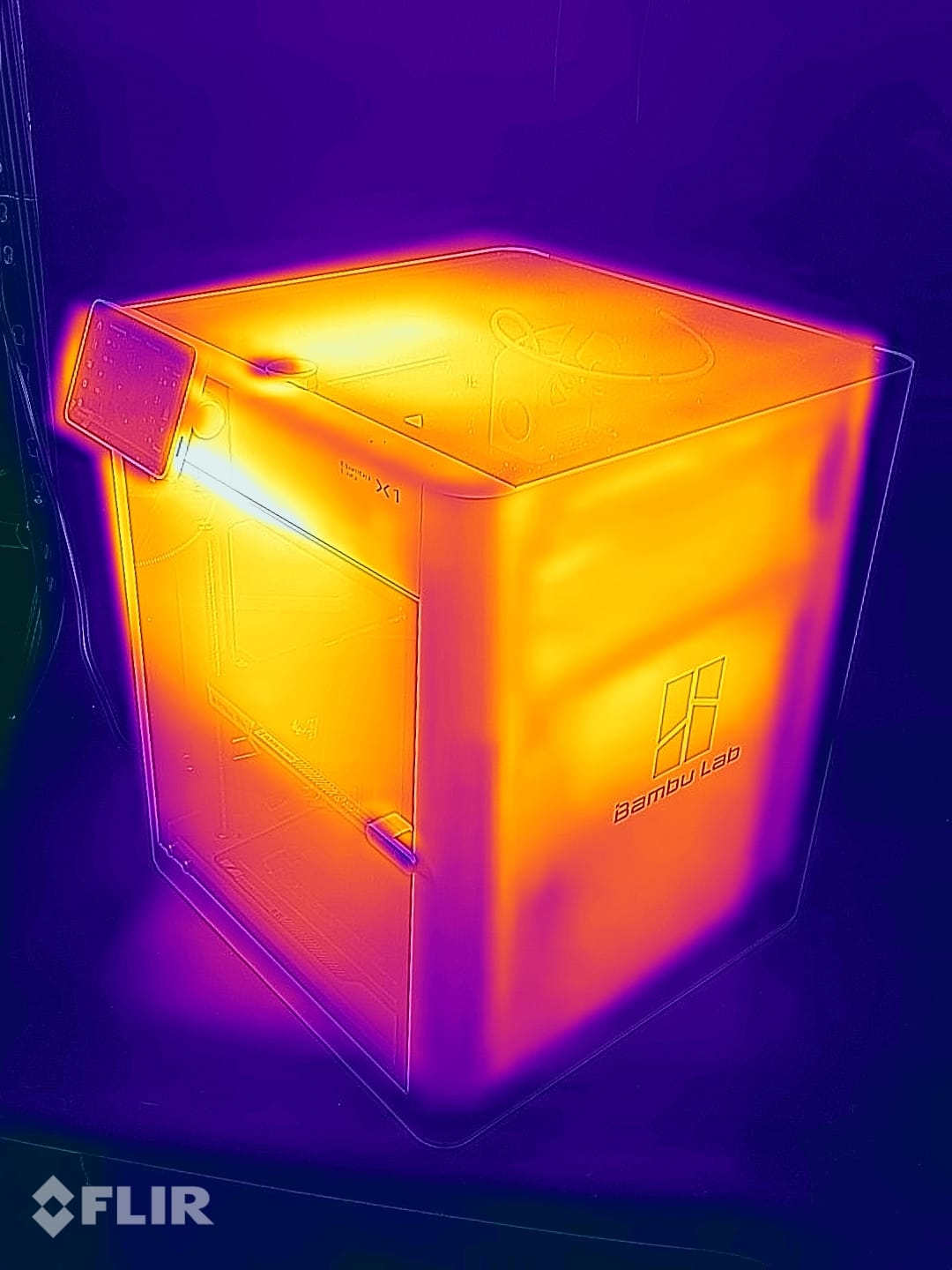
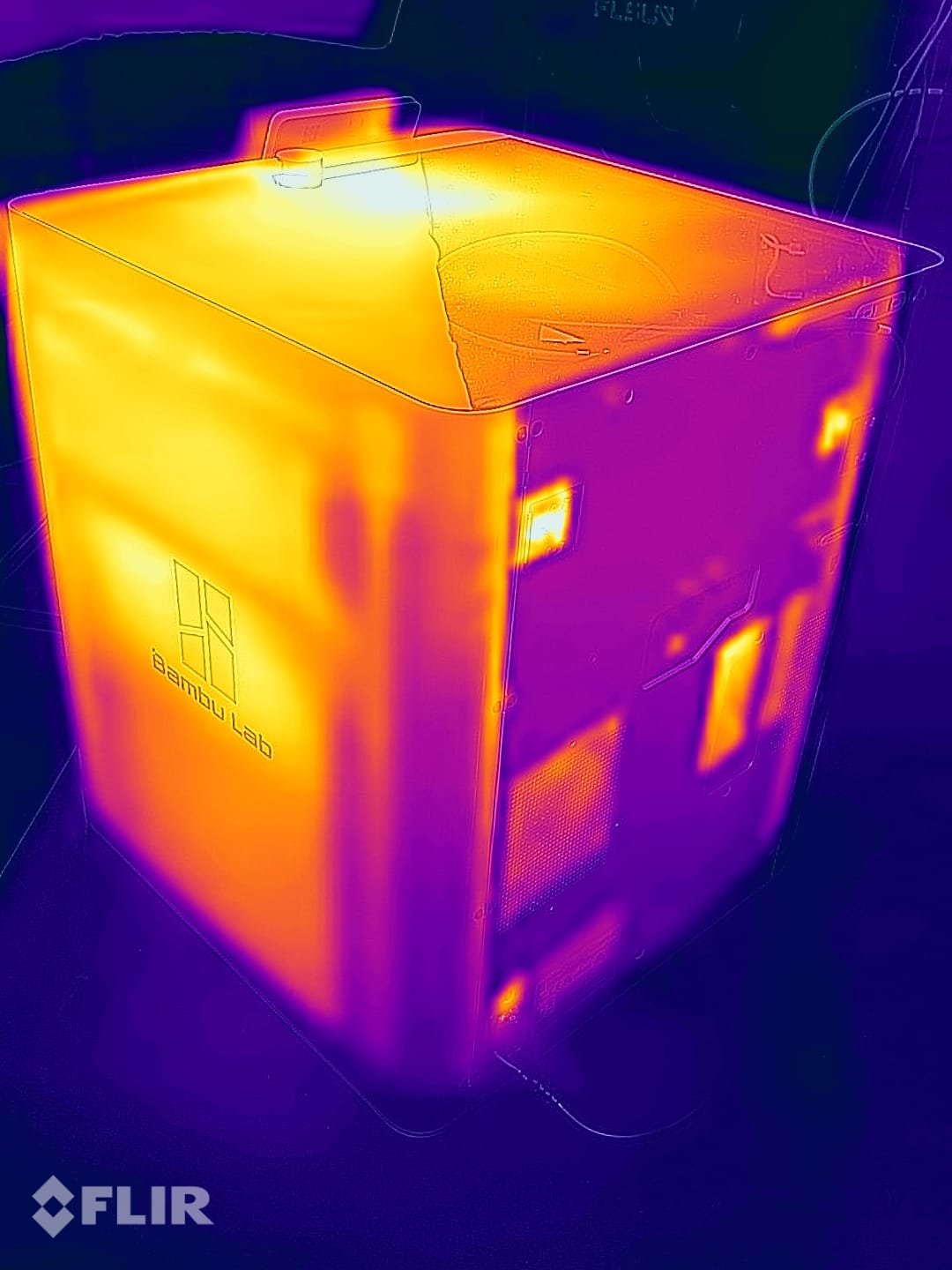
I was expecting the plastic side panels to be a bit better in insulating the machine as they worse thermal transfer compared to the Aluminum side panels on the X1-Carbon but this doesn’t seem to be the case, probably because the heat manages to get out of the printer trough other sections before the side panel material starts to matter.
In case you want a higher temperature in the enclosure, adding a simple cover to the top glass will increase it significantly. In the image below, you can see the temperature reaching 50C after an extra 15 minutes with the foam cover on top.
In some cases, the temperature can reach a pretty toasty 65C when the bed is a bit higher, and that’s good to know if you don’t print tall models in high-temp materials.
Power Draw.
Idle power draw is around 22W. When the hotend and heatbed are heating up, the Bambu Lab X1 draws around 850W. After it starts printing, the power draw stabilizes to around 140W.
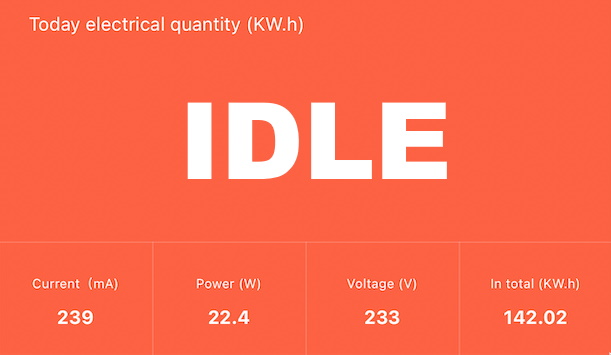
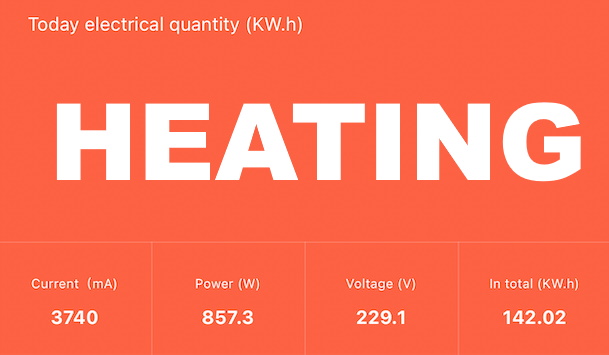
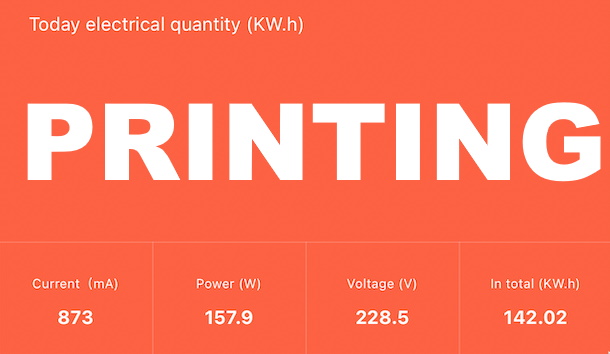
All these measurements were taken with a Blitzwolf smart power socket which indicates the power draw, and it can also be used for remotely powering on and off the printer.
Bed Temperature Uniformity
I tested the temperature uniformity for the X1 bed with the Flir Camera installed on the CAT S62 Pro. The bed has been set to 60C and I waited 2 minutes after reaching that temperature for the temperature to stabilize.
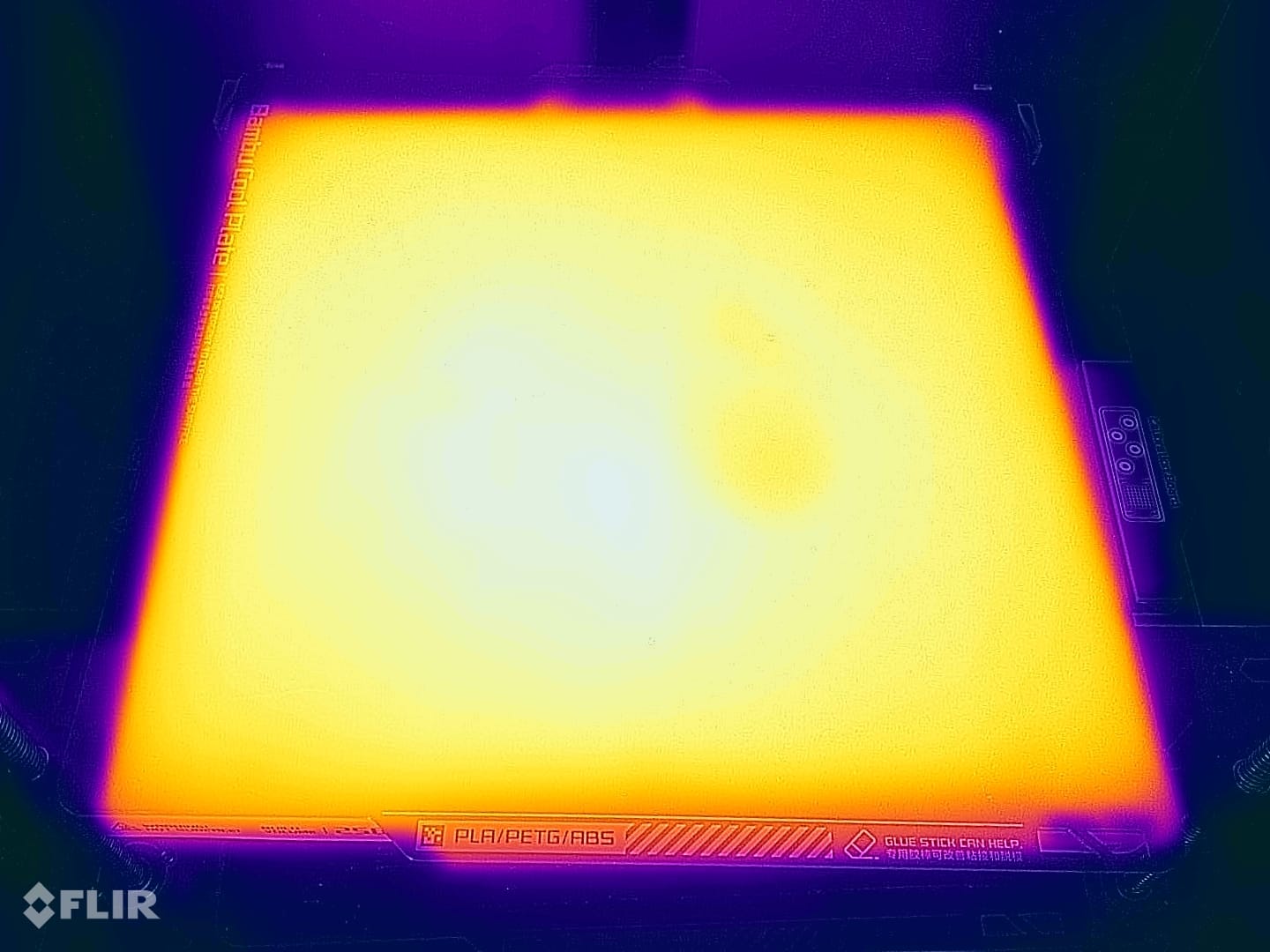
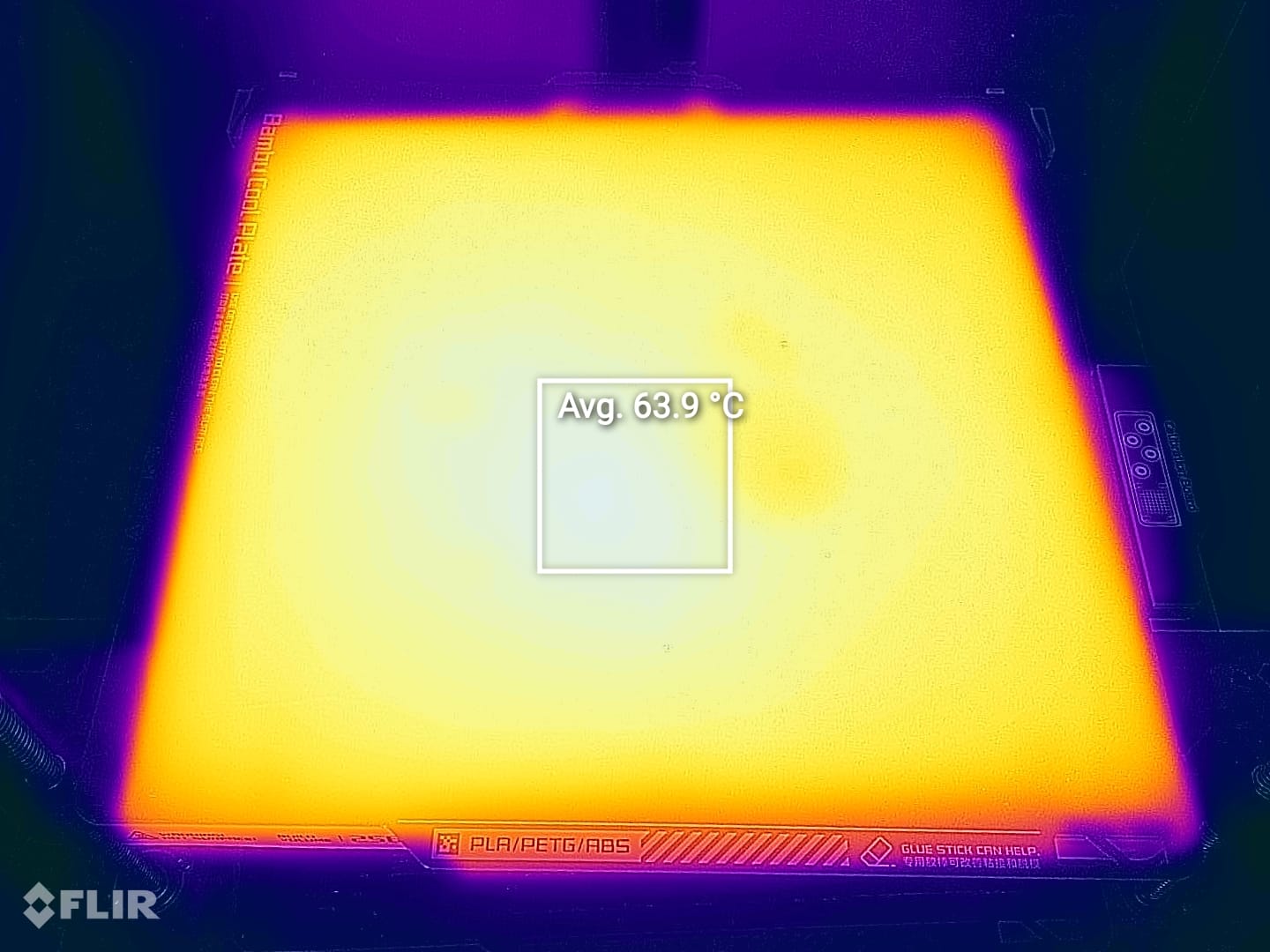
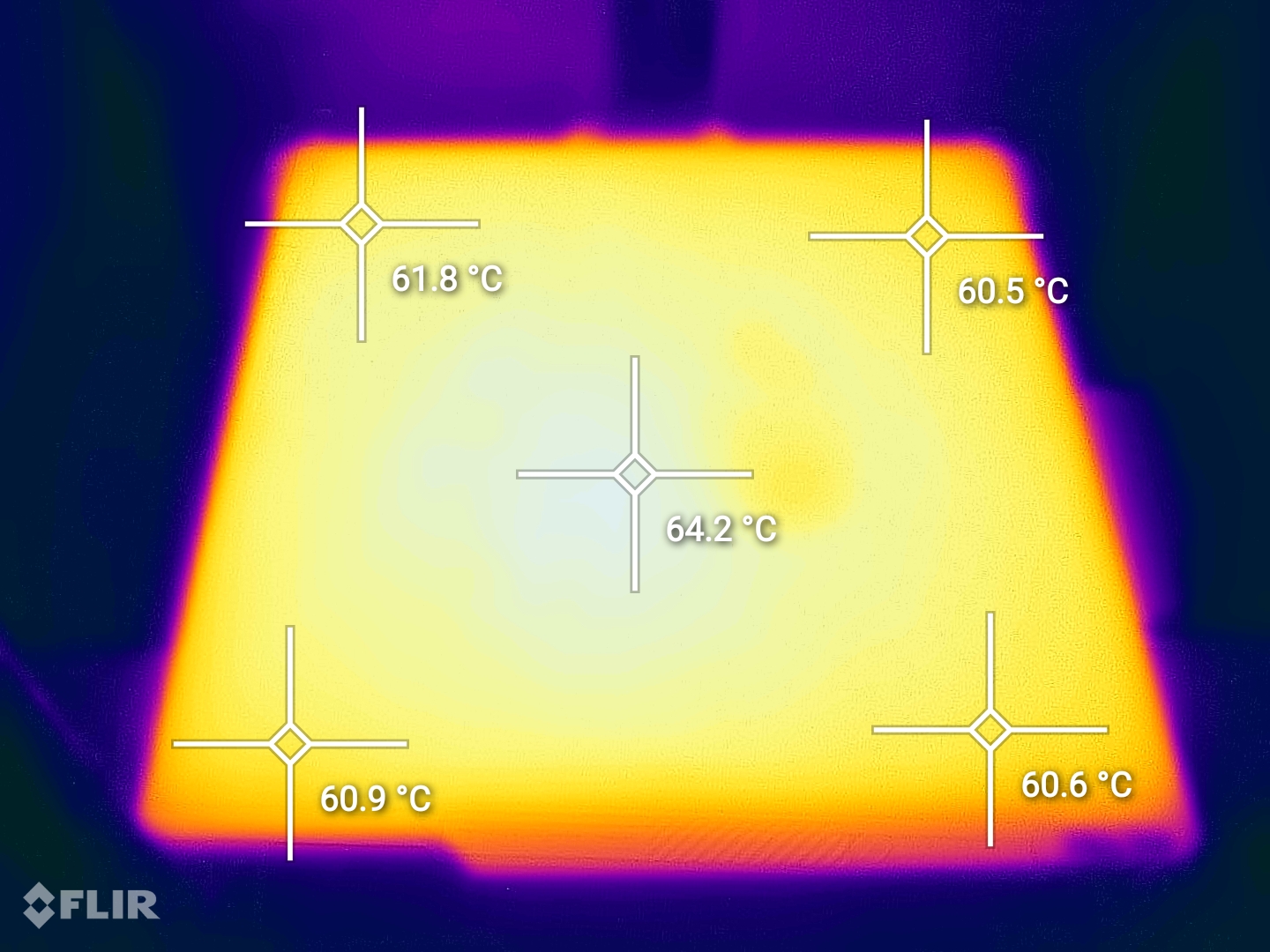
The bed temperature uniformity is pretty good, but in my case, there was a slightly colder spot in the middle of the bed. While it’s not ideal, the good news is that the temperature difference is about 3C which is insignificant, and after the bed has a bit more time to distribute the heat, the issue disappears.
Bambu Lab X1 Noise Levels
The X1-Carbon isn’t really a silent machine when it’s printing at full speed and the same thing can be said about the regular X1. It’s worth mentioning that the X1 feels slightly quieter during printing and I think it’s something related to the plastic side panels. It’s not a significant difference, but it’s noticeable in my opinion.
In the video above, you can hear how loud the X1 is when printing at regular speeds with the top and front doors open. When they are closed, the noise levels drop quite a bit but it’s still a noisy printer compared to other 3D printers. Printing fast comes with a trade-off, and for the X1 line, it’s the added noise.
I am still unable to use the printer during the night, as my neighbor doesn’t like that, but most of the time I am able to finish my prints during the day thanks to the fast print speeds of the machine.
Test prints on the Bambu Lab X1
3D Benchy
I started my testing with the pre-sliced 3D benchy which takes a mere 24 minutes including the calibrations the printer does. It doesn’t look as good as the one printed on the X1 Carbon, but it’s still pretty great. You can easily see where the speed transition is on the hull, where the bottom side is shiny and the rest of the printer is matte.
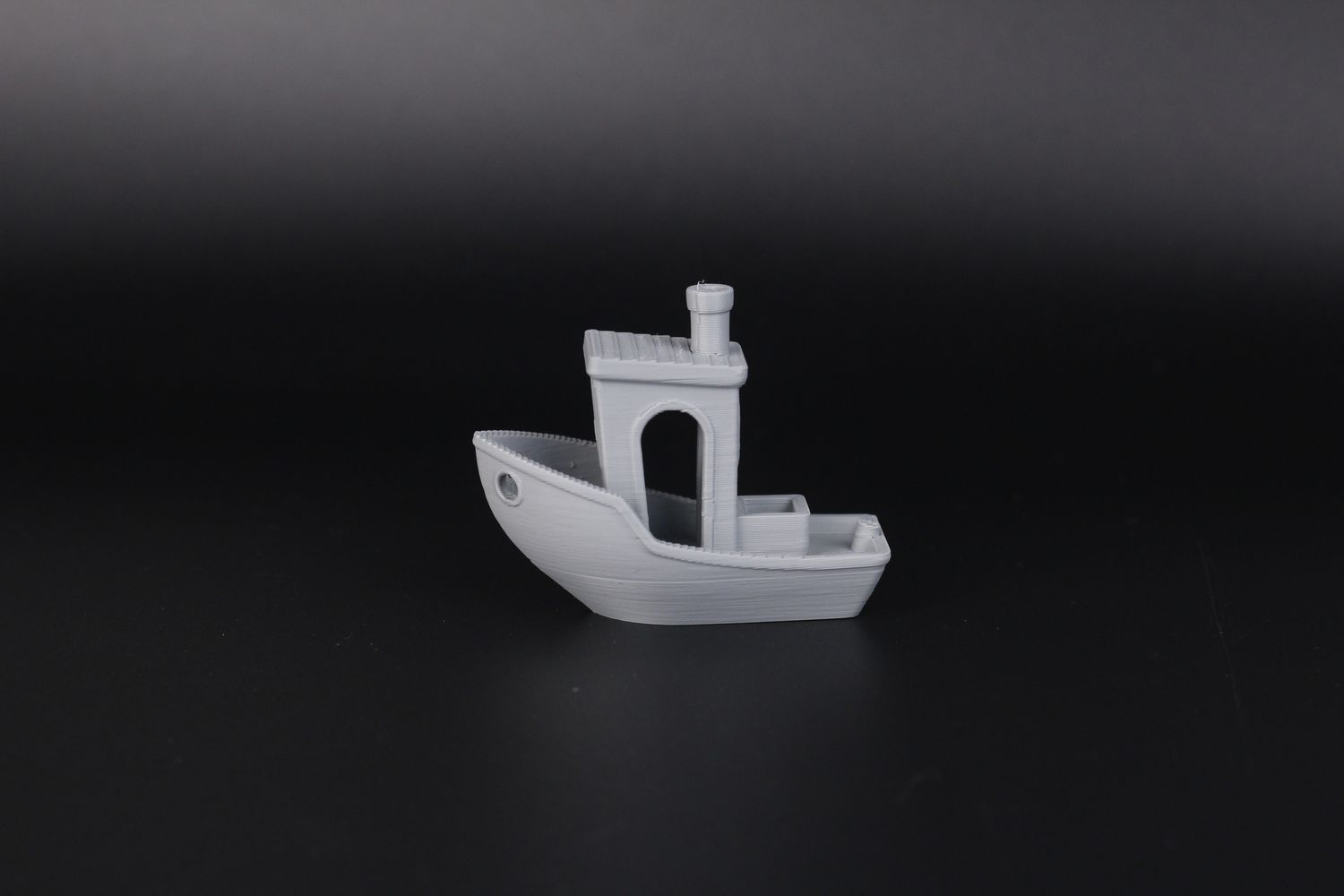
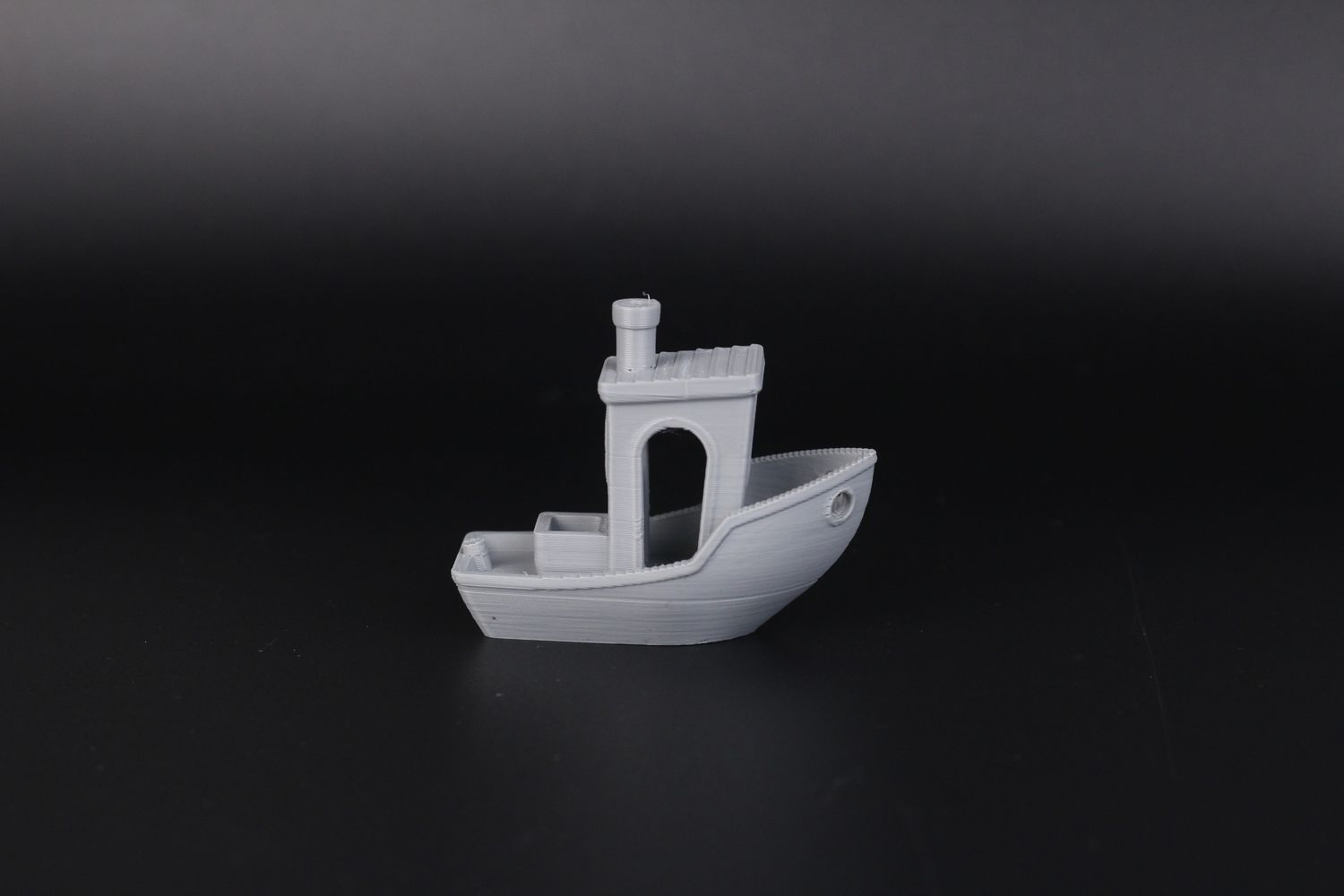
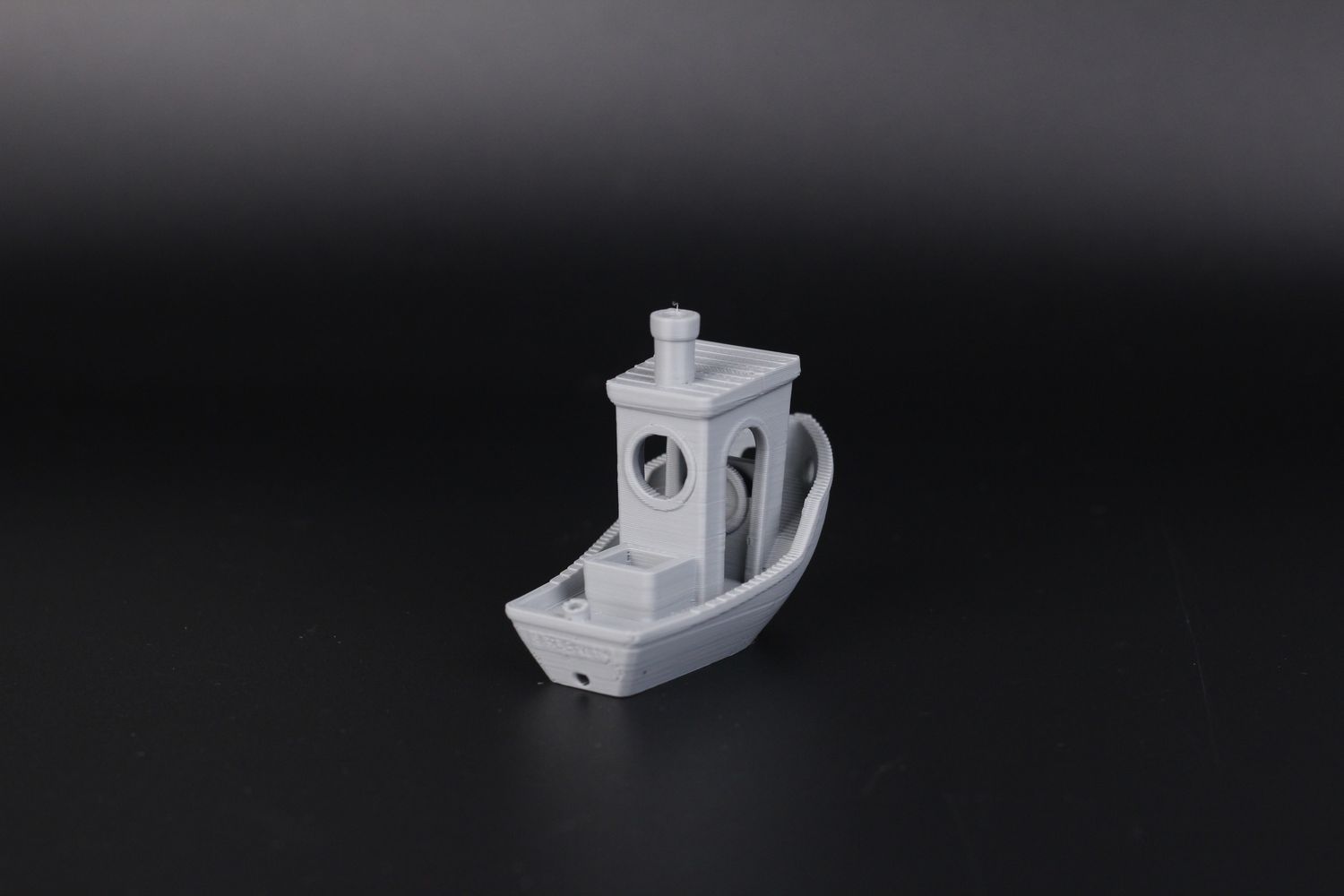
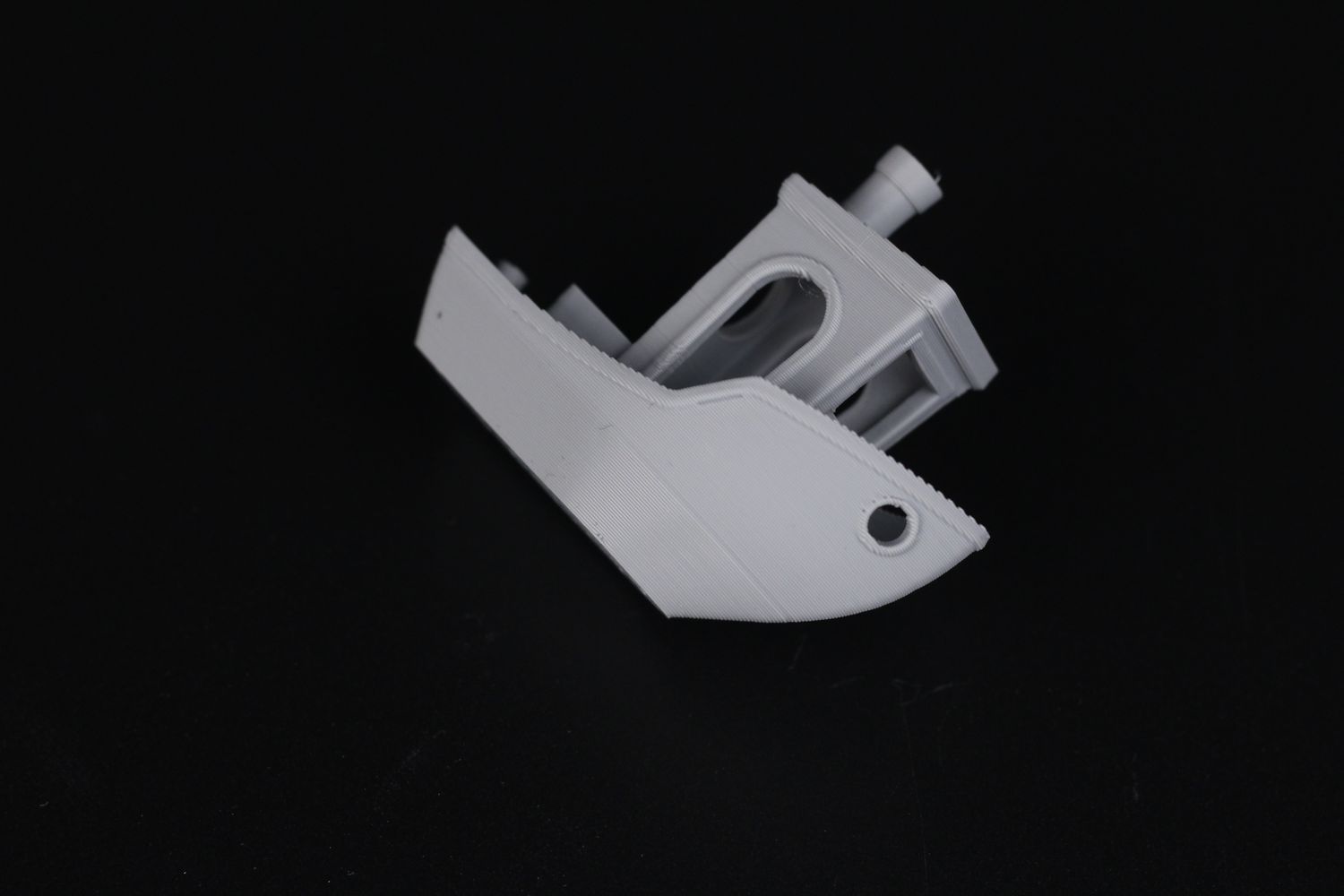
- Material: Anycubic Grey PLA
- Layer Height: 0.2mm
- Nozzle Temperature: 220C
- Bed Temperature: 35C
- Print Speed: ~200 mm/s
40mm Zaribo Test Cube
I recently discovered this Zaribo test cube and it looks like a nice test for any 3D printer to see how well the machine can print various shapes. It was printed with the default 0.2 PLA profile, and it’s a bit over-extruded, but it looks good overall and I can’t really complain about it.
A bit of fine-tuning of the flow rate and it will be perfect.
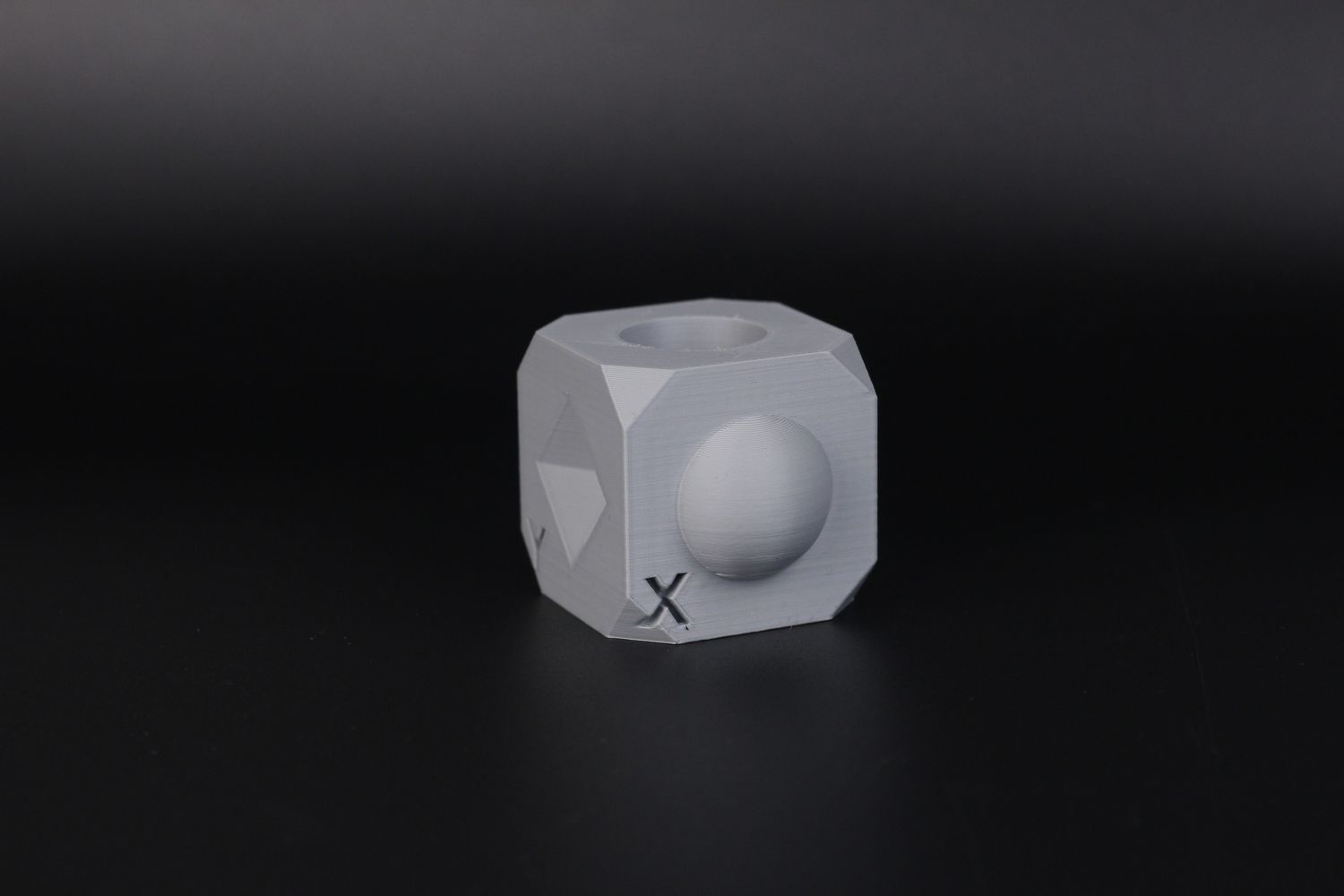
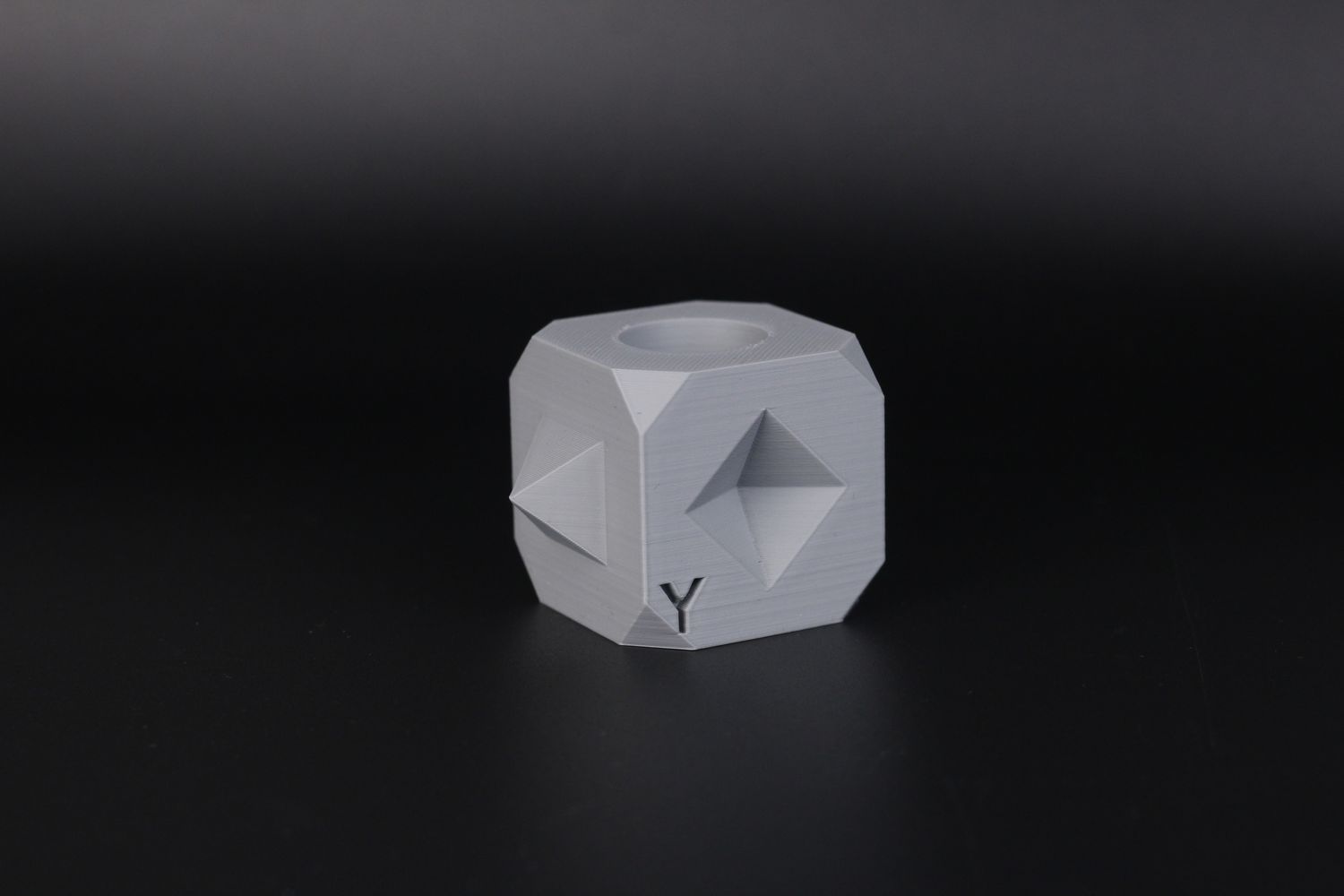
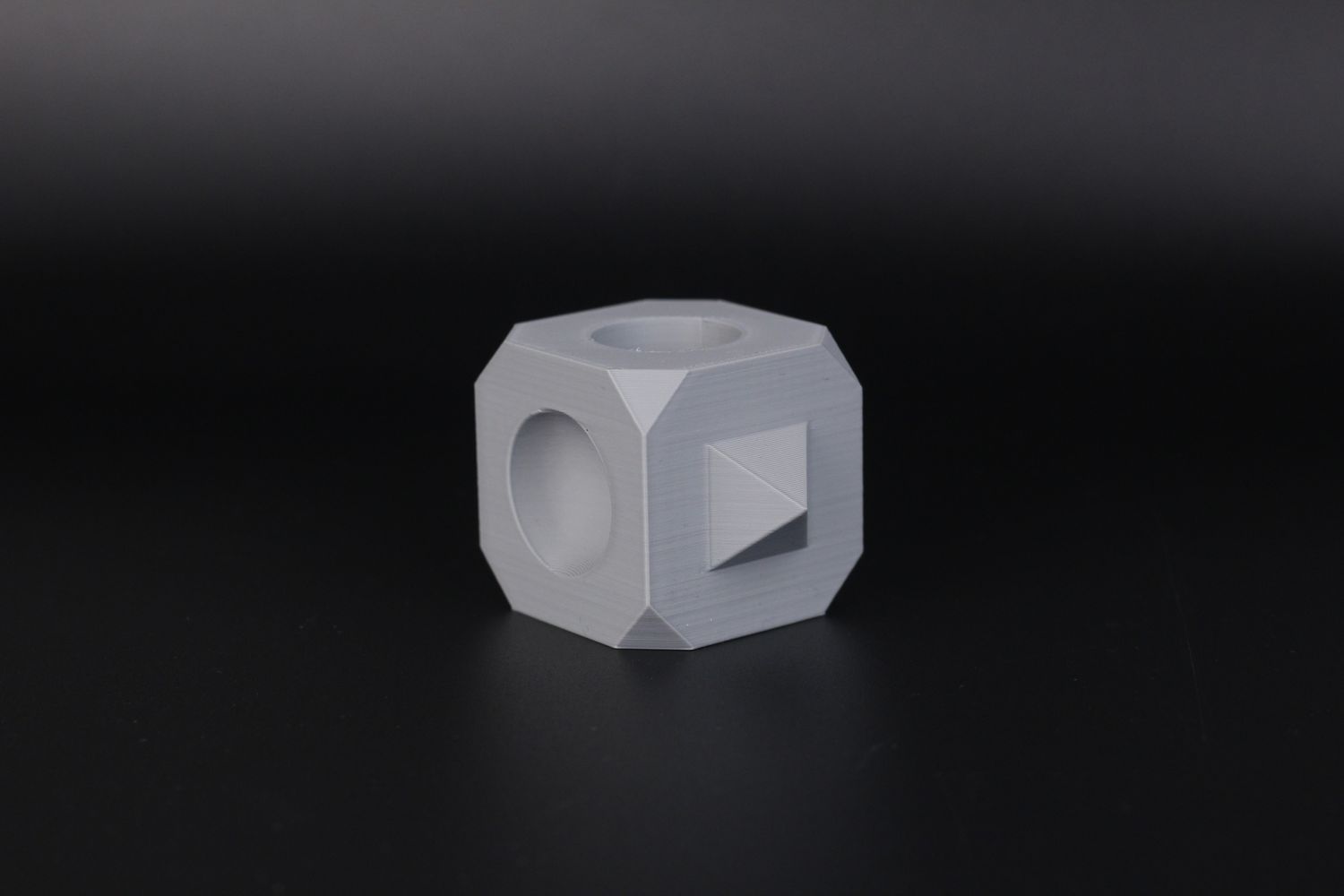
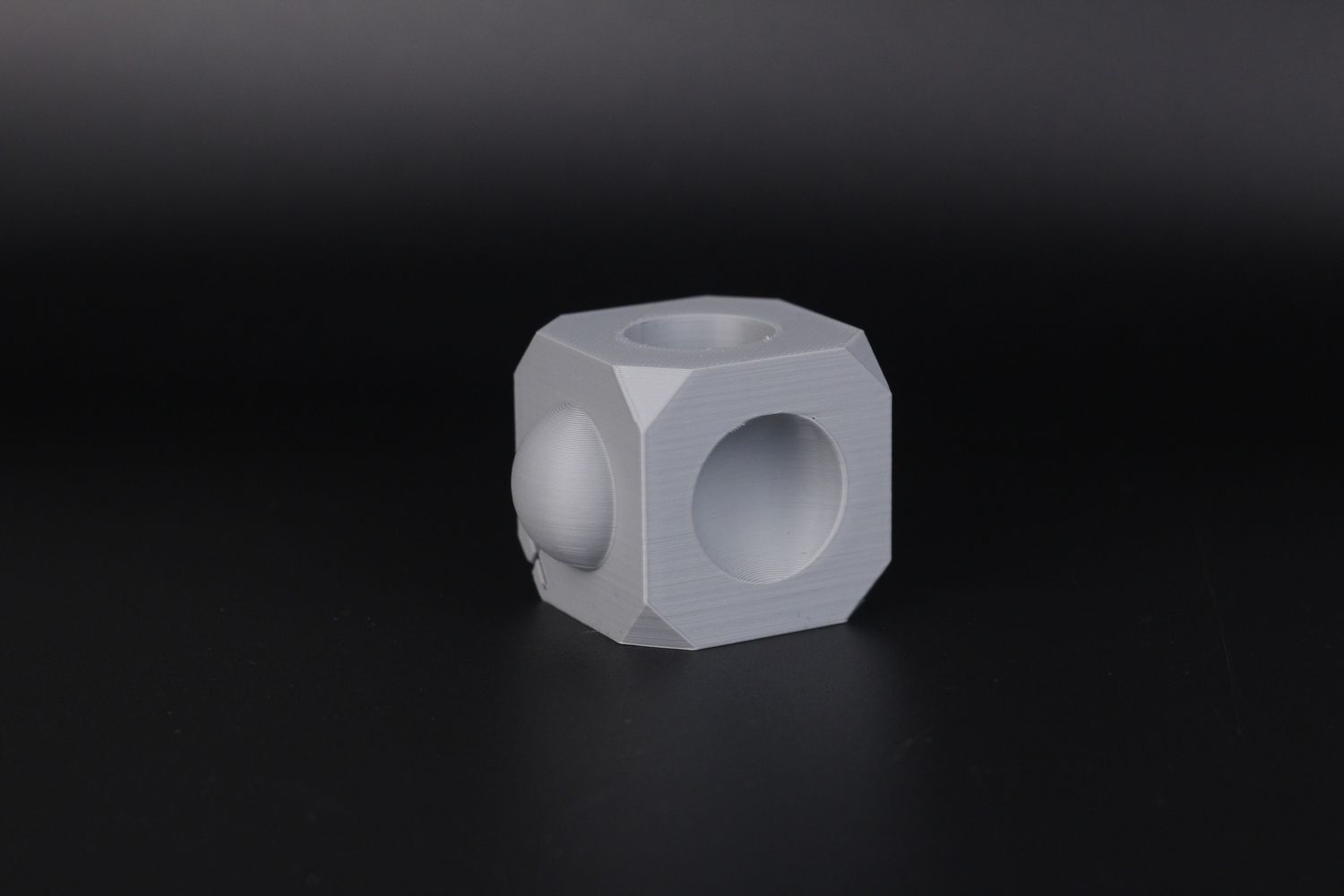
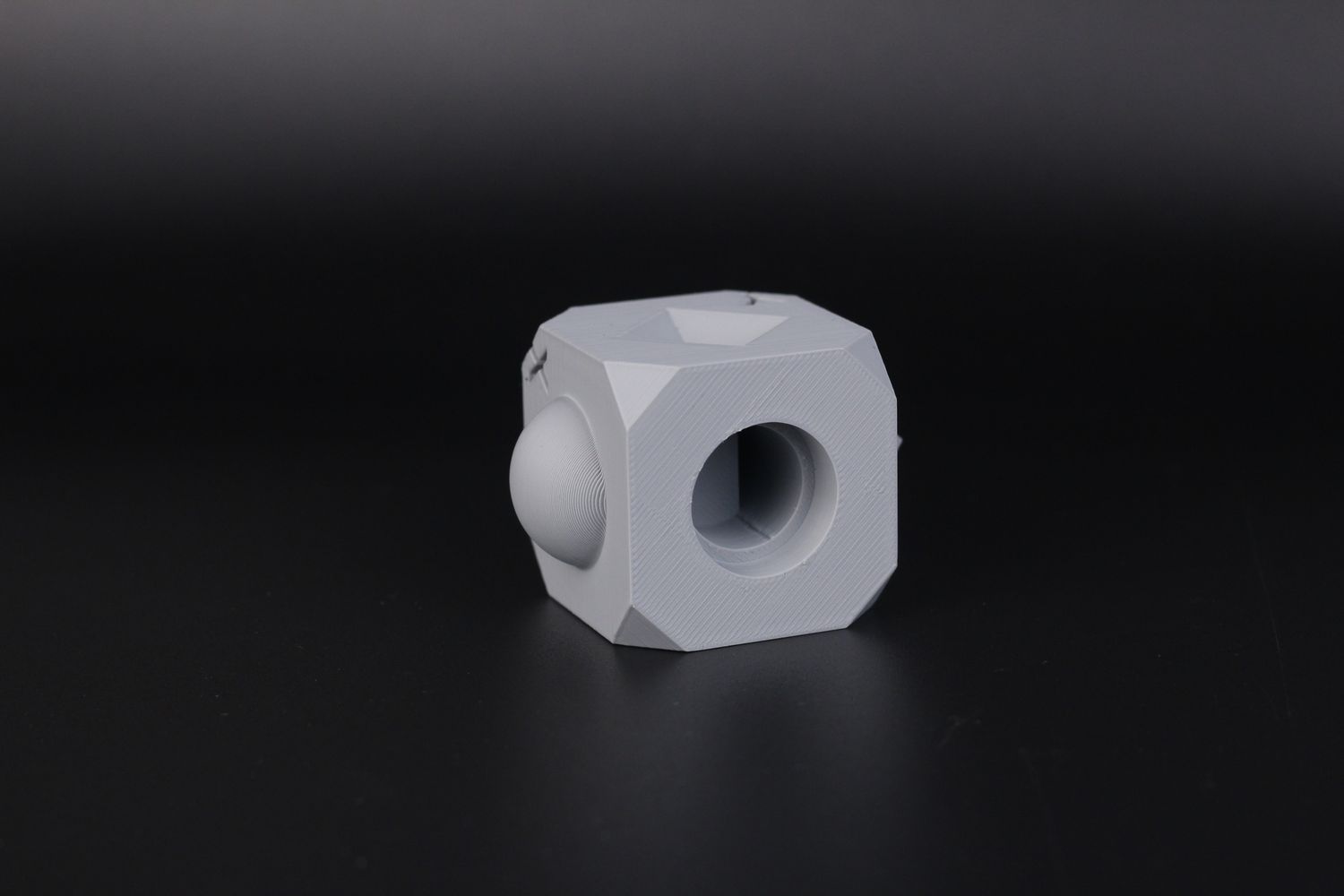
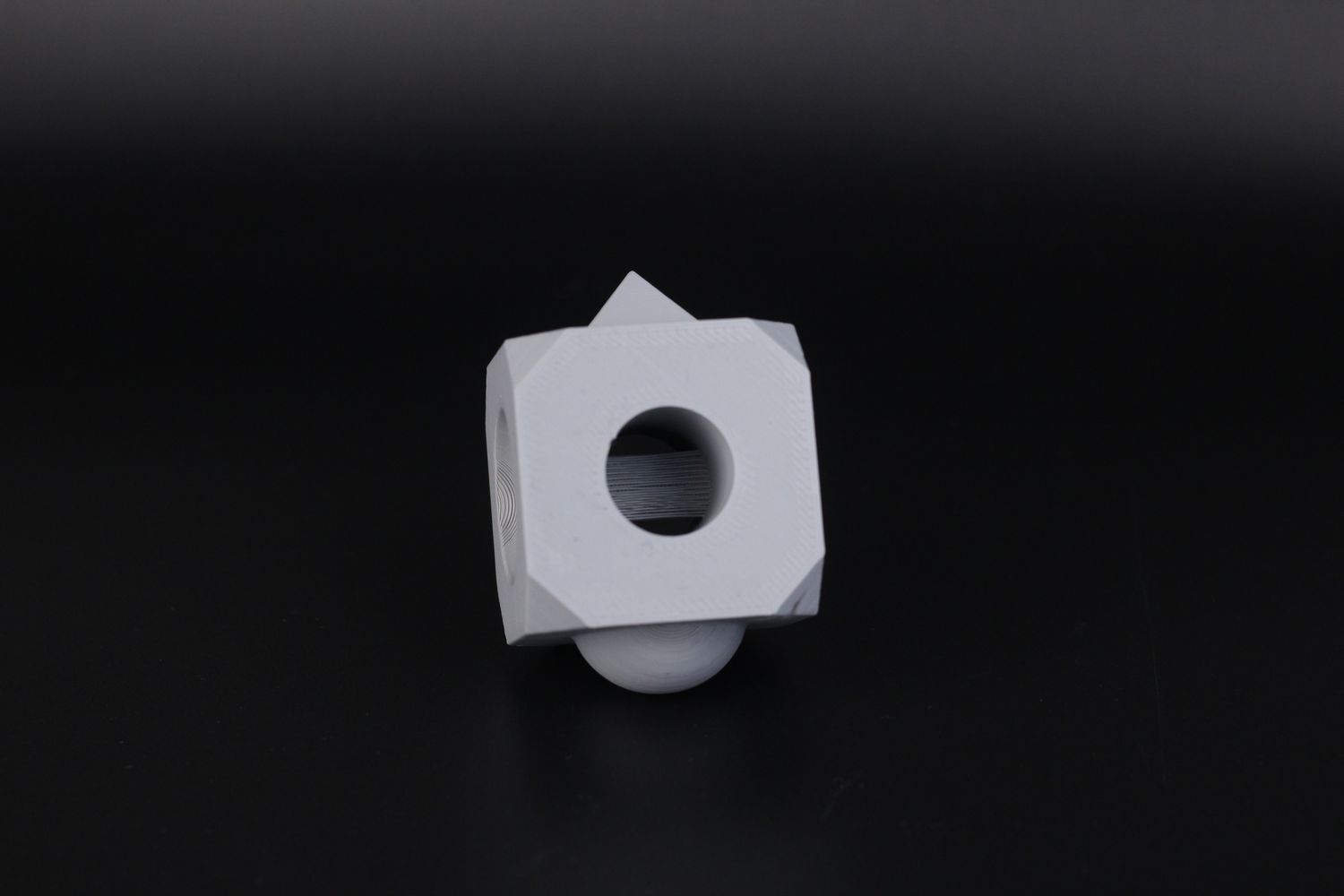
- Material: Anycubic Grey PLA
- Layer Height: 0.2mm
- Nozzle Temperature: 220C
- Bed Temperature: 35C
- Print Speed: ~200 mm/s
PLA Torture Toaster
The X1-Carbon can print a Torture Toaster in 4 hours and 20 minutes. This one, printed on the X1 took just a bit over 5 hours but it was not printed successfully. The main problem, in this case, is the part cooling which can’t keep up with the printer. But if you slow down the speed, I don’t think there will be any kind of problem printing this successfully in about 6 hours.
The main limitation for the X1 print speed is part cooling, so if you decide to get one and print a lot of PLA, I also recommend getting the AUX fan to upgrade the machine. It’s well worth it.
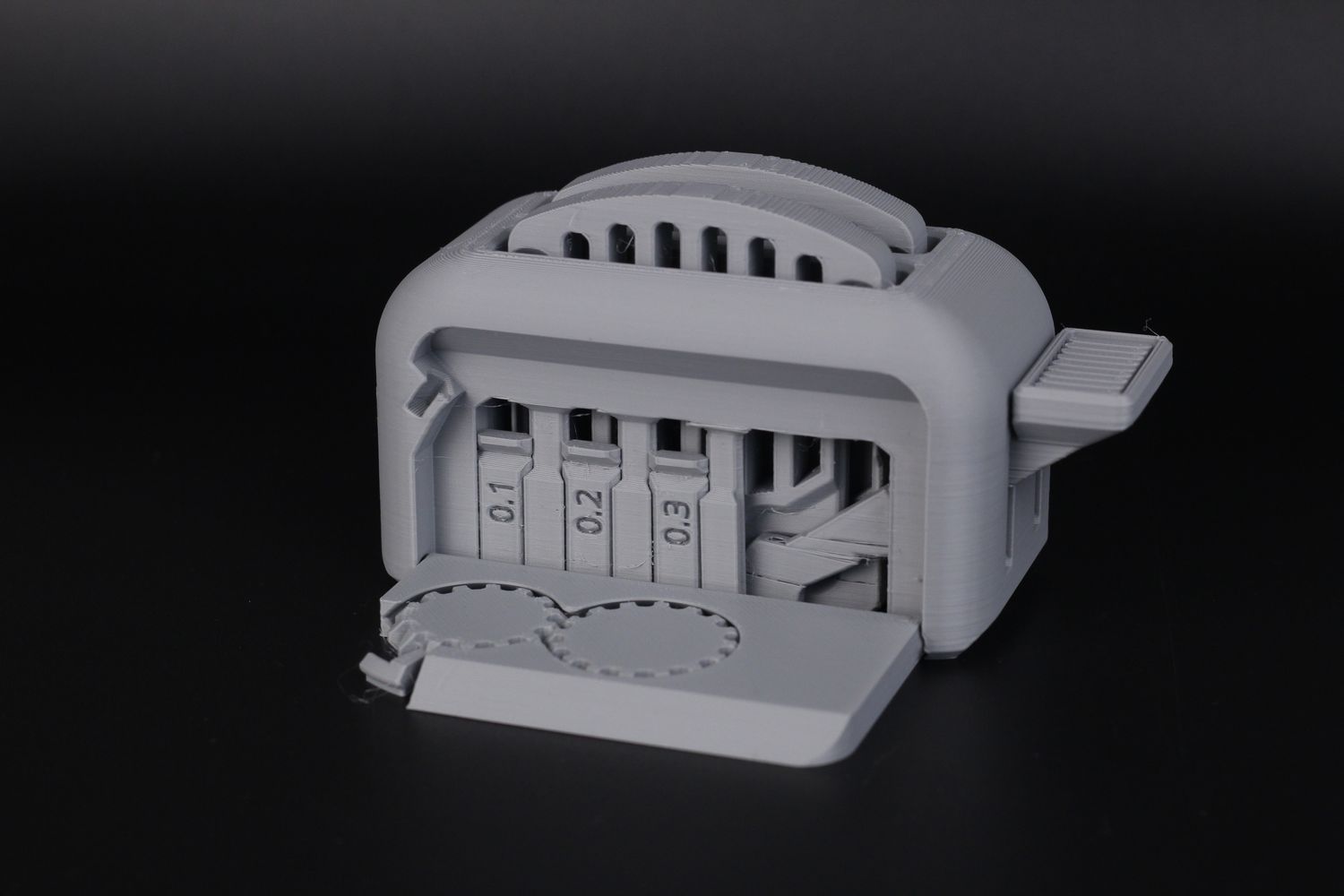
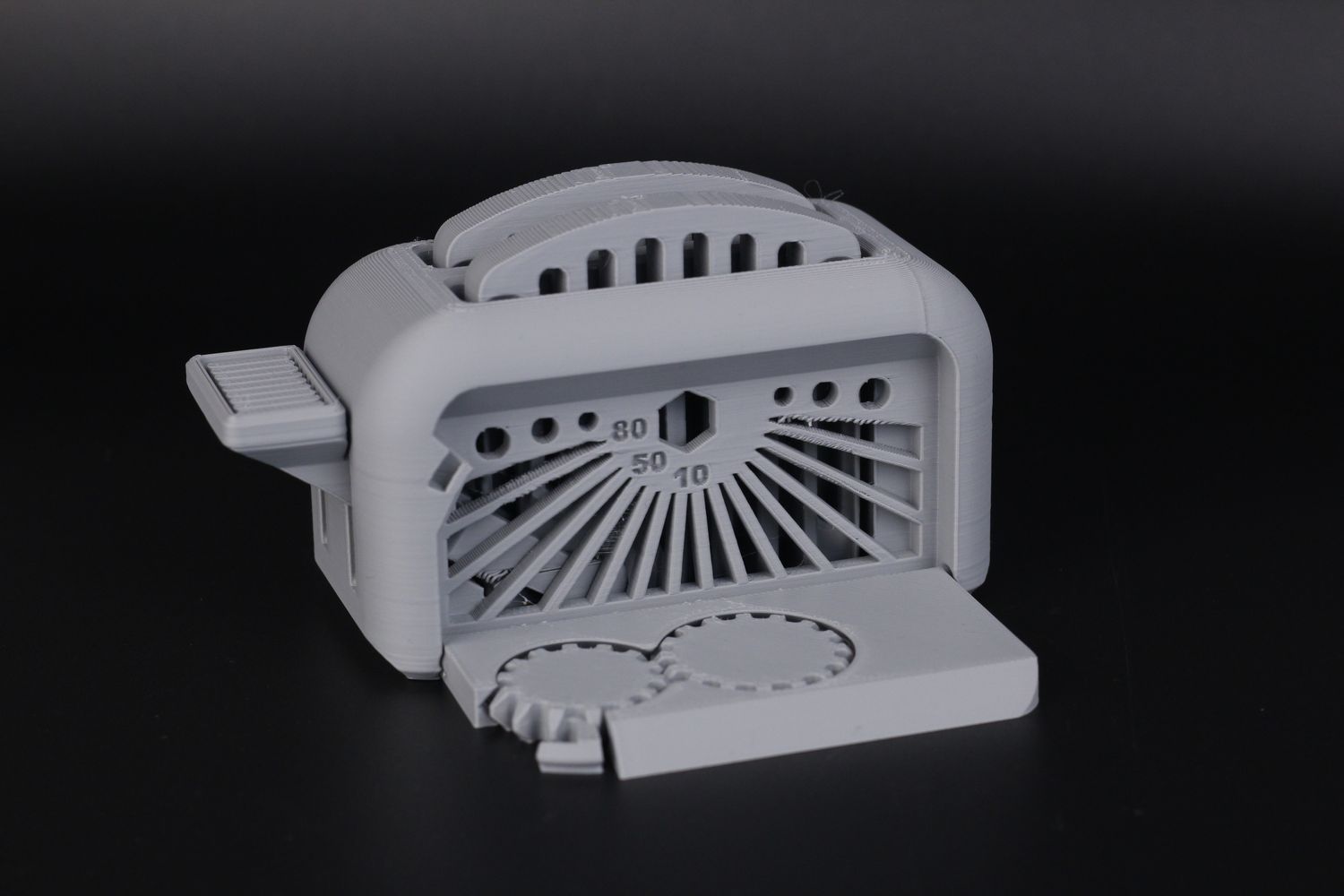
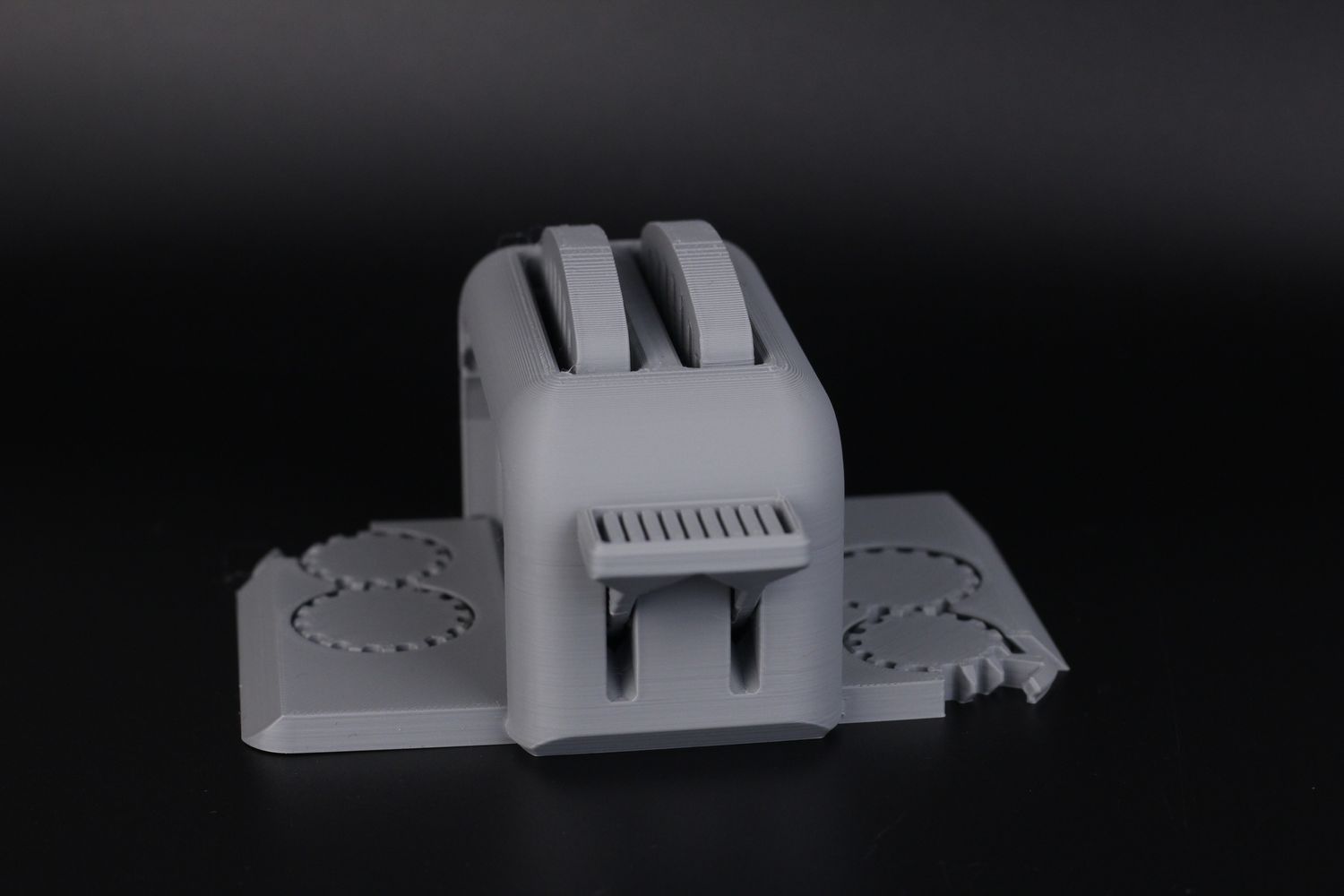
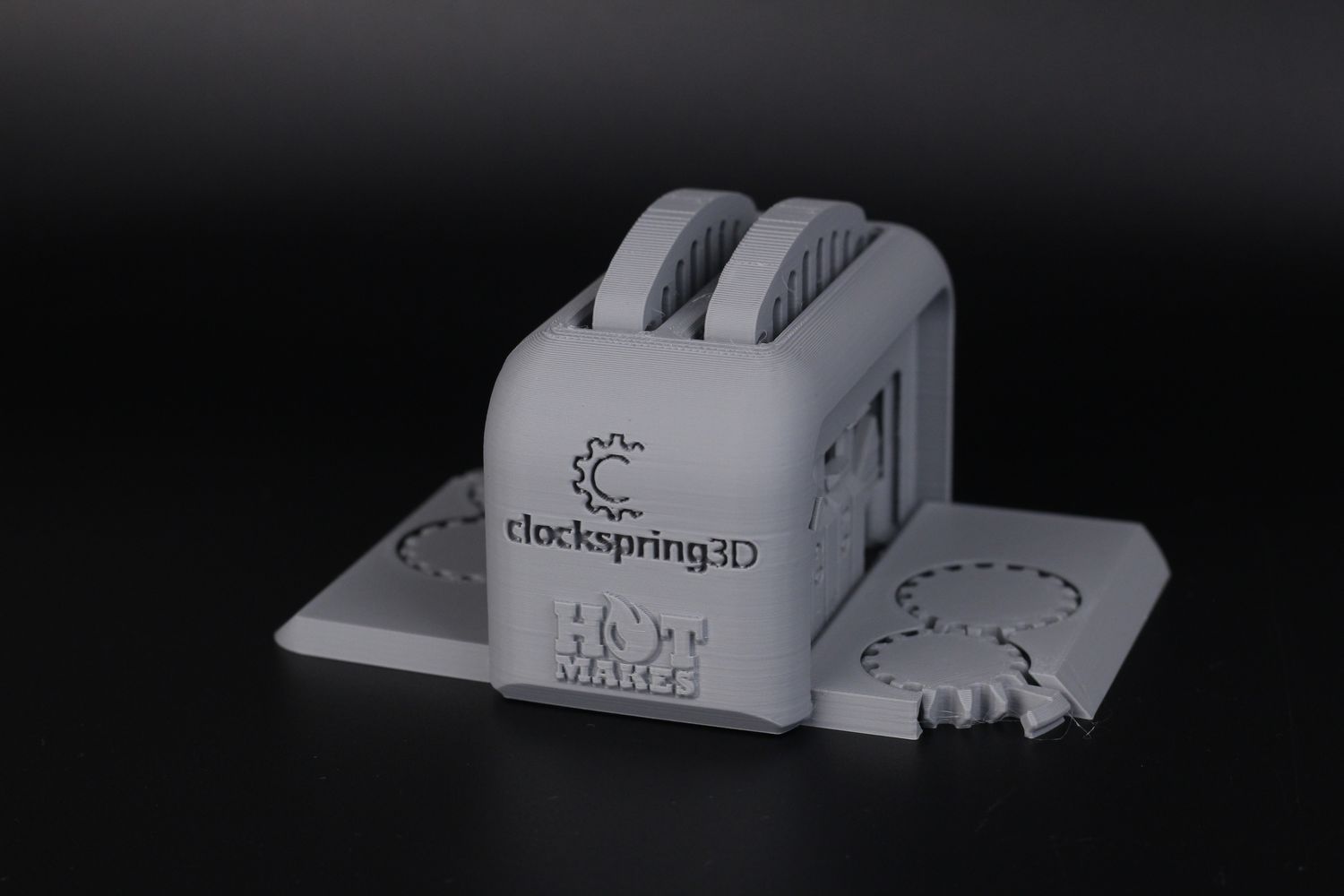
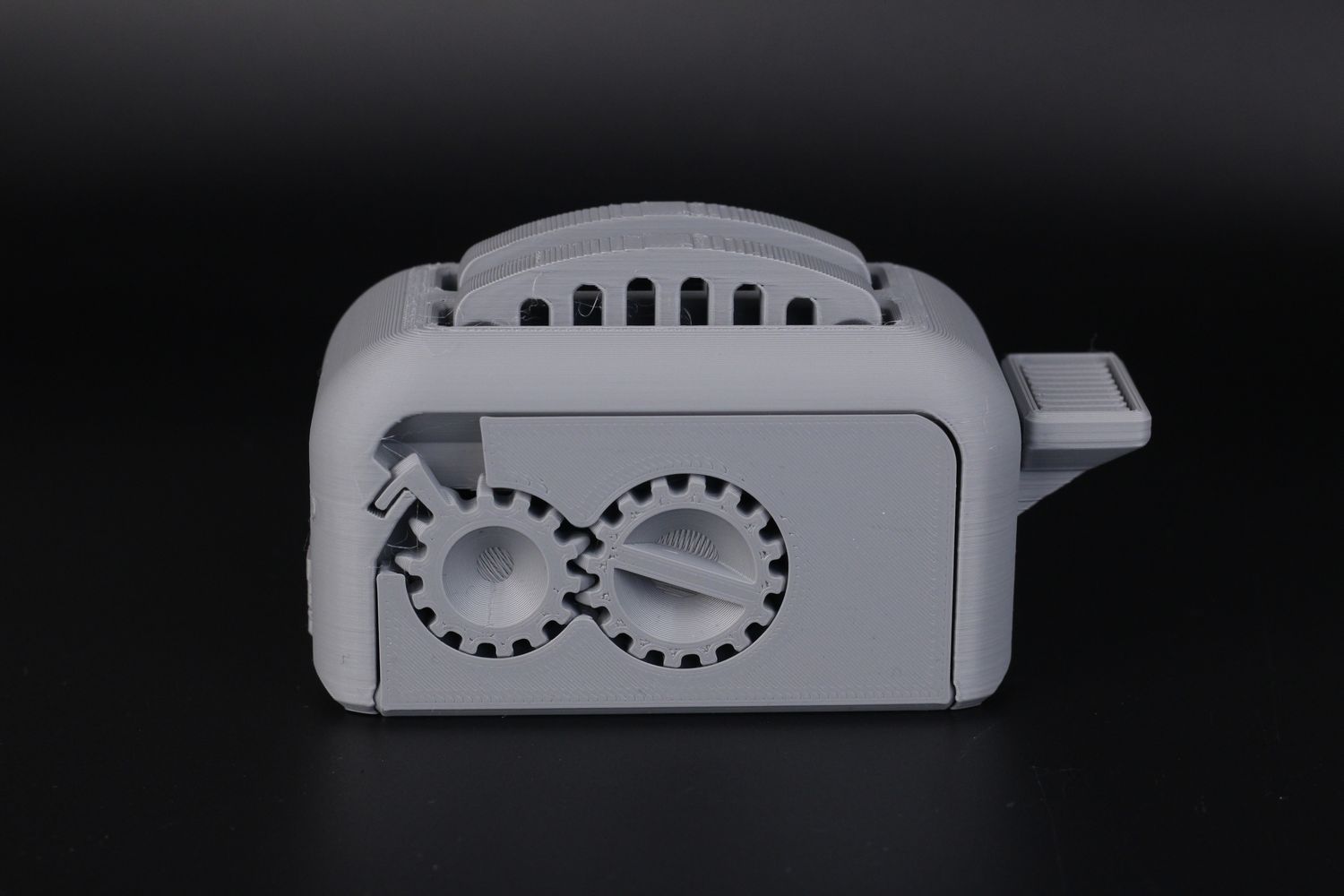
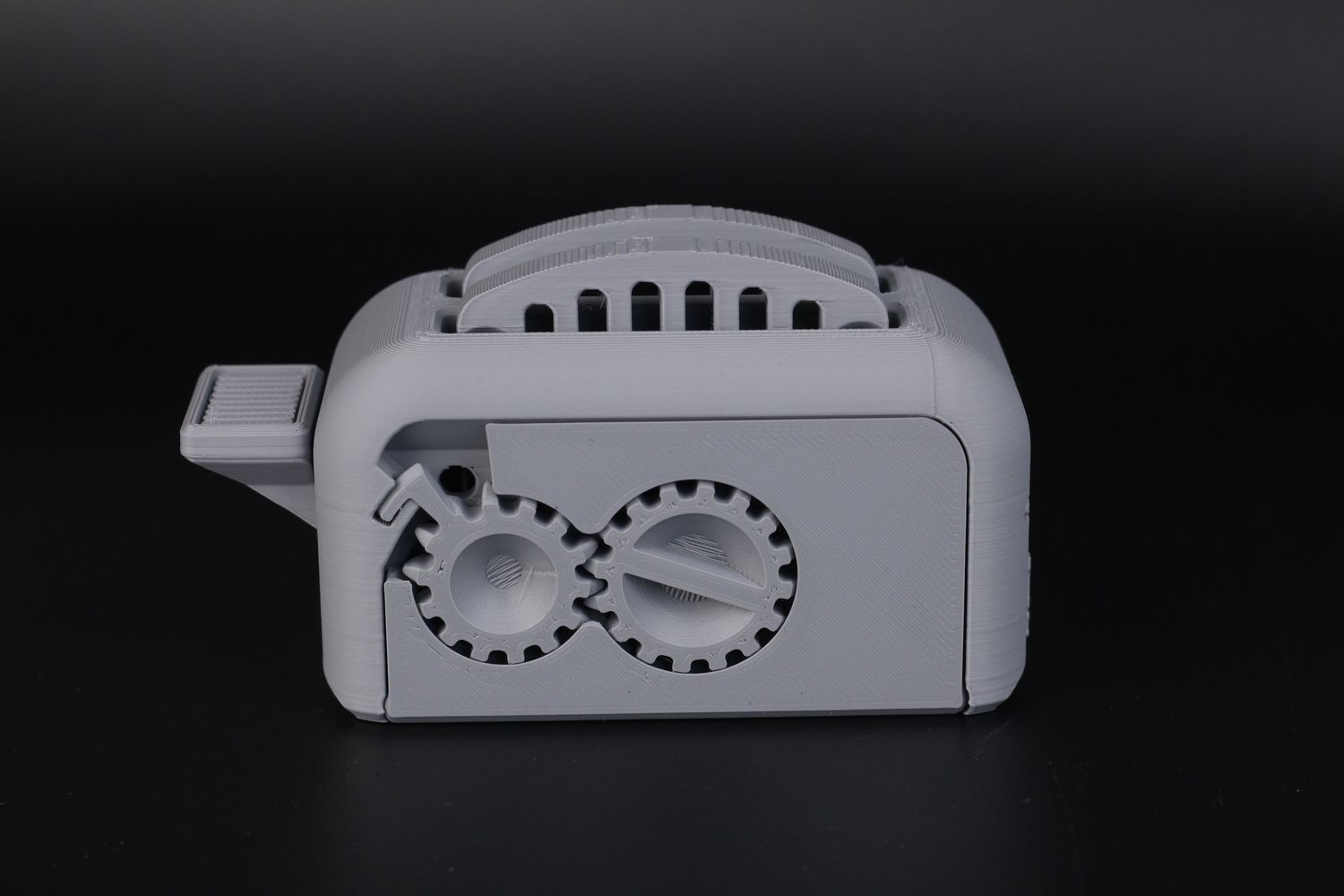
- Material: Anycubic Grey PLA
- Layer Height: 0.2mm
- Nozzle Temperature: 220C
- Bed Temperature: 35C
- Print Speed: ~200 mm/s
A pirate with his rat
The part cooling issue is noticeable when you print with larger layer heights and small objects. In the case of this bust from Eastman, the printer doesn’t have any problem printing everything correctly.
And the print took the same amount of time as on the X1-Carbon so I can’t really complain.
It would still benefit quite a bit from the added cooling of the AUX fan, but printing at 0.16mm layer height will give you good results either way.

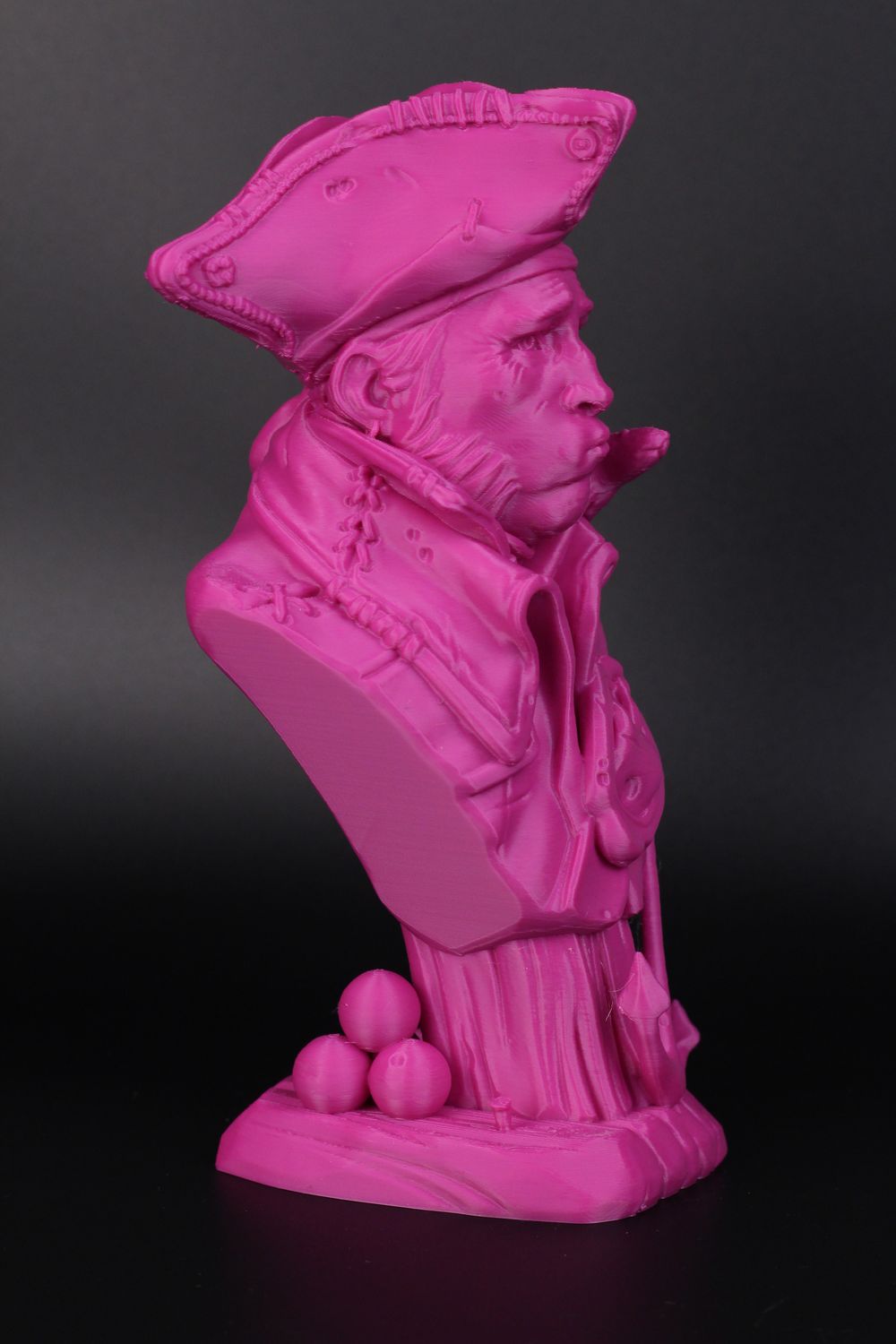
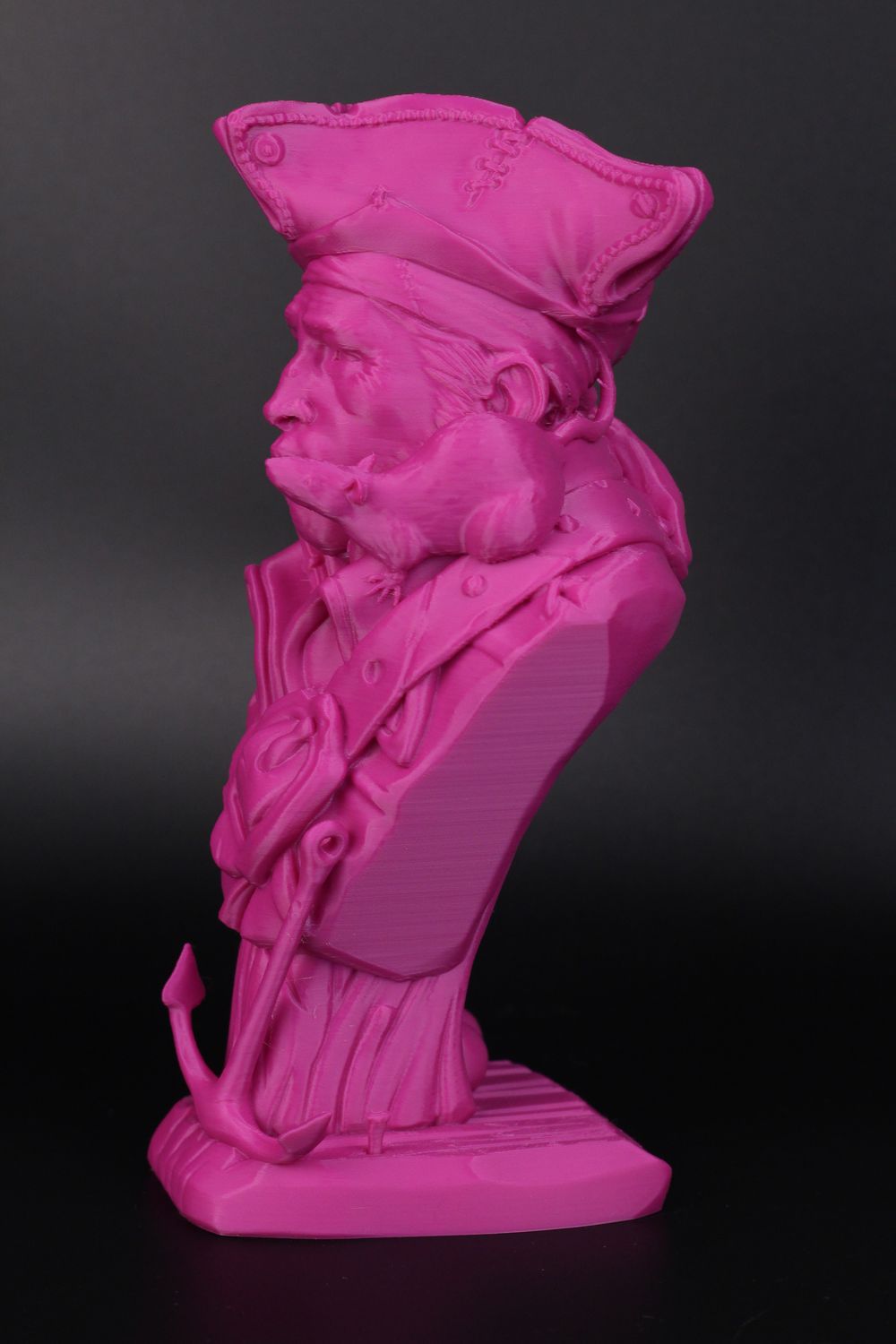

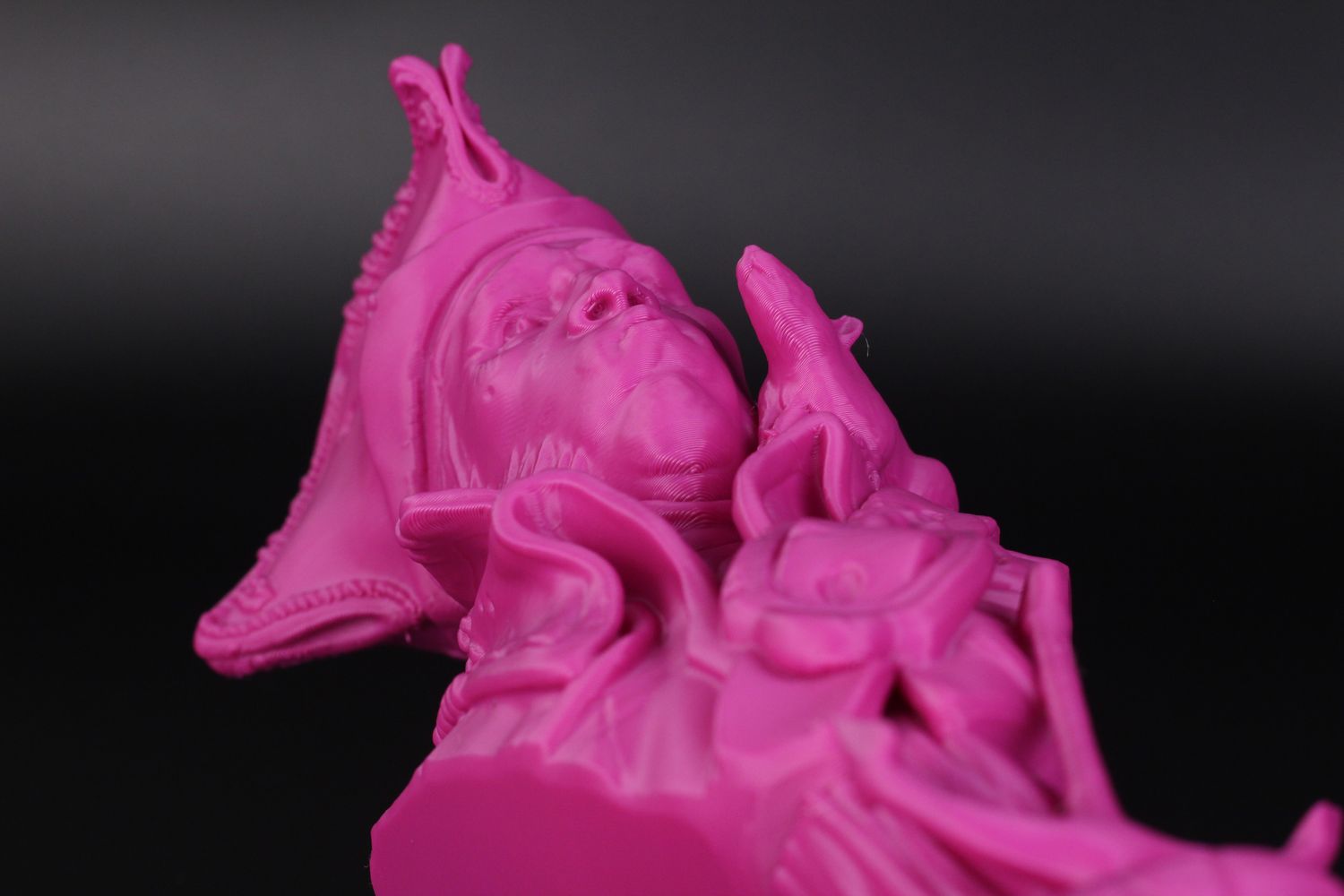
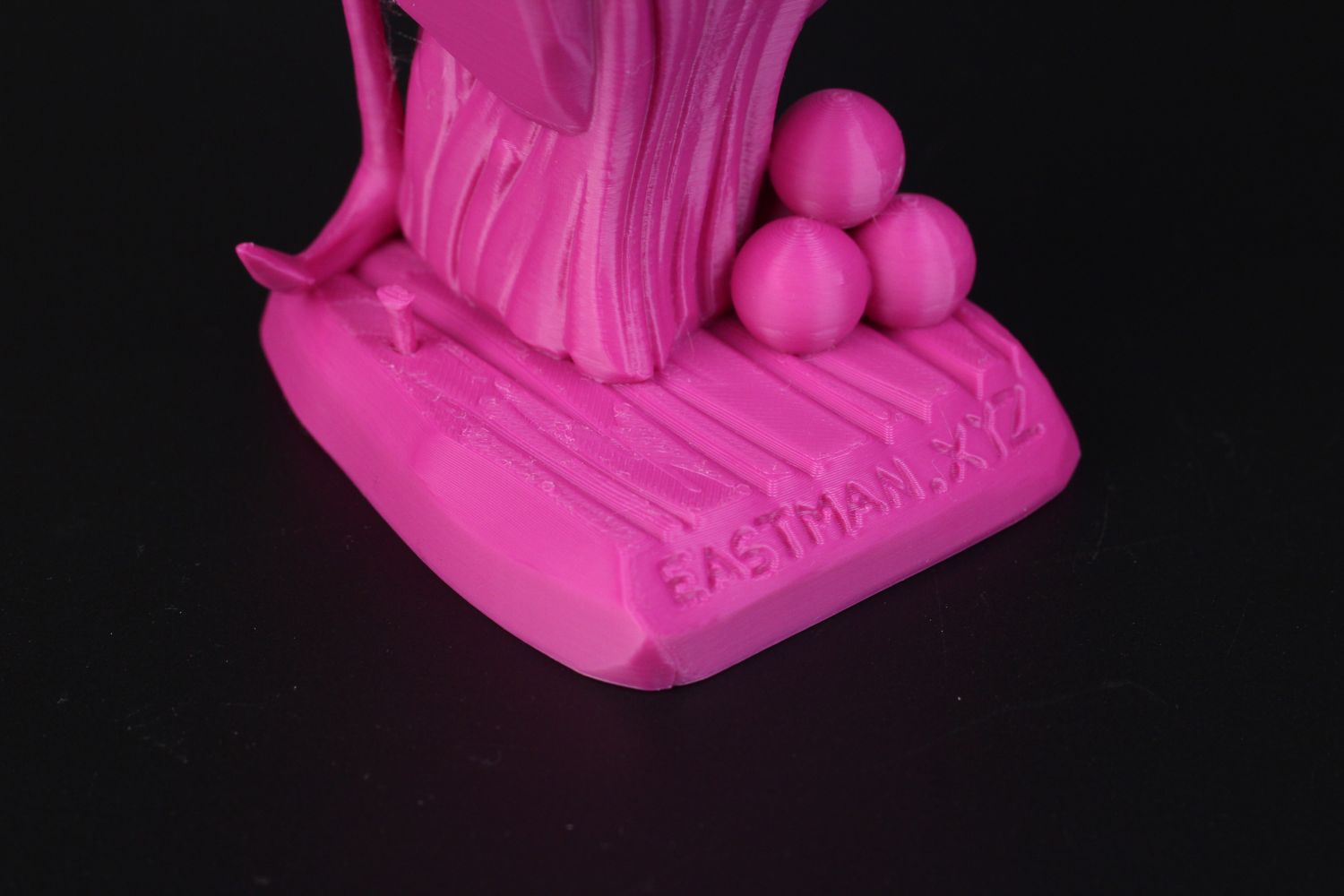
- Material: Devil Design Lila PLA
- Layer Height: 0.16mm
- Nozzle Temperature: 220C
- Bed Temperature: 35C
- Print Speed: ~200 mm/s
Bambu Lab Carbon X1 with AMS Top Tool Storage
This awesome Tool Storage model from Printables was printed at full speed and came out amazing. There’s a slight line present on the front, shown in the middle image, but other than that, I can’t say anything wrong about it.
I was also surprised by the quality of the bridging considering that was printed with only the regular part cooling fan included on the X1. Really cool model and print results.
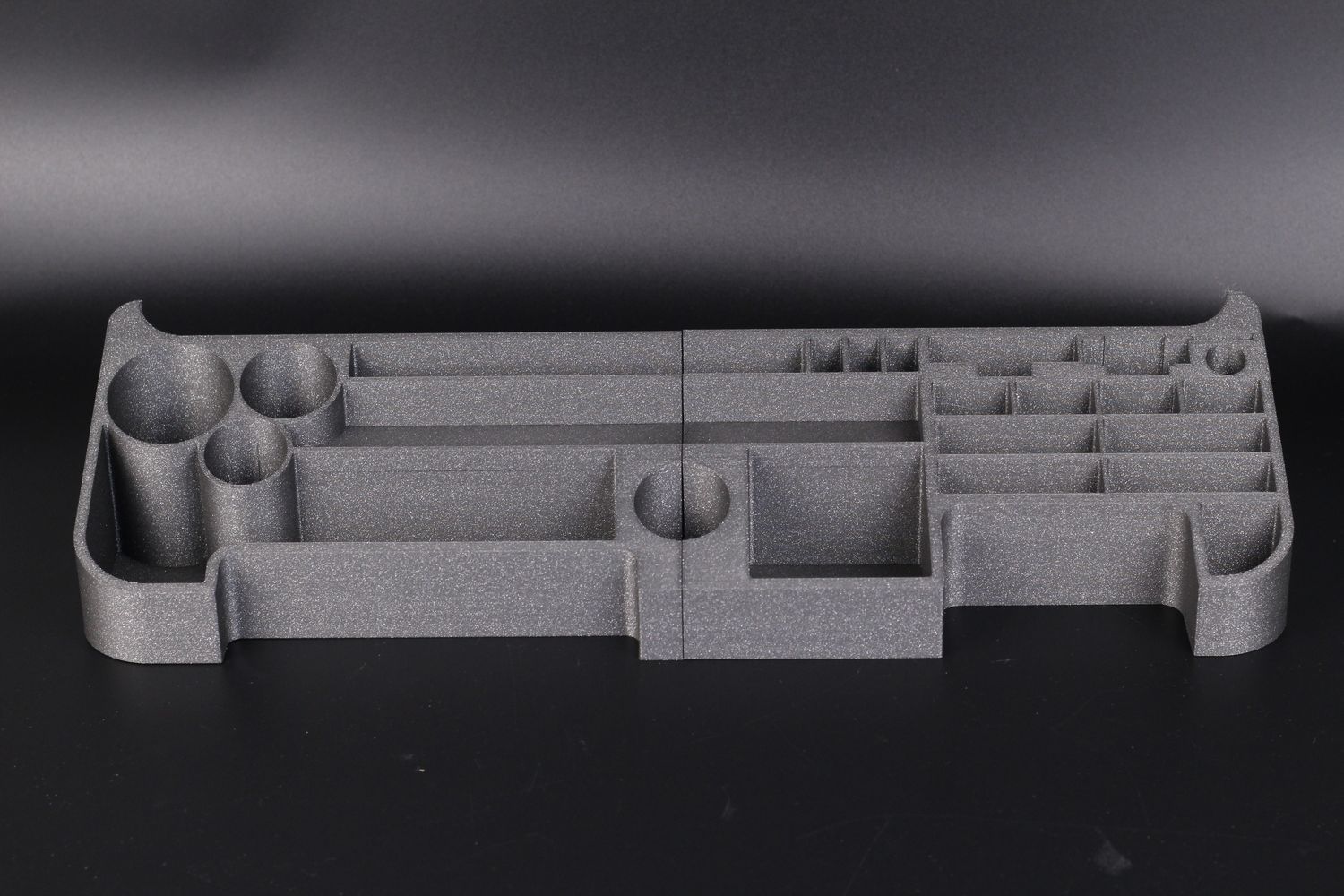
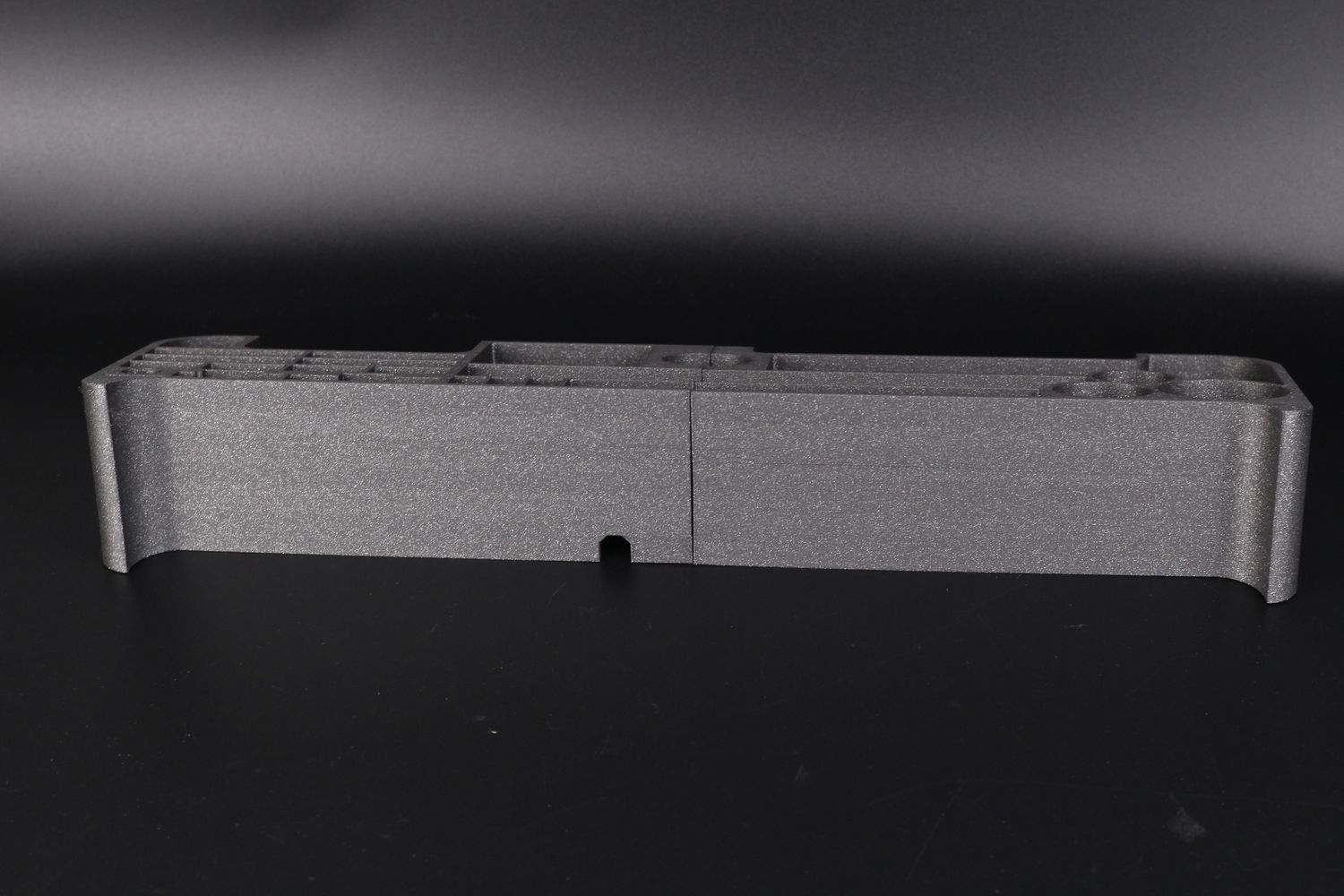
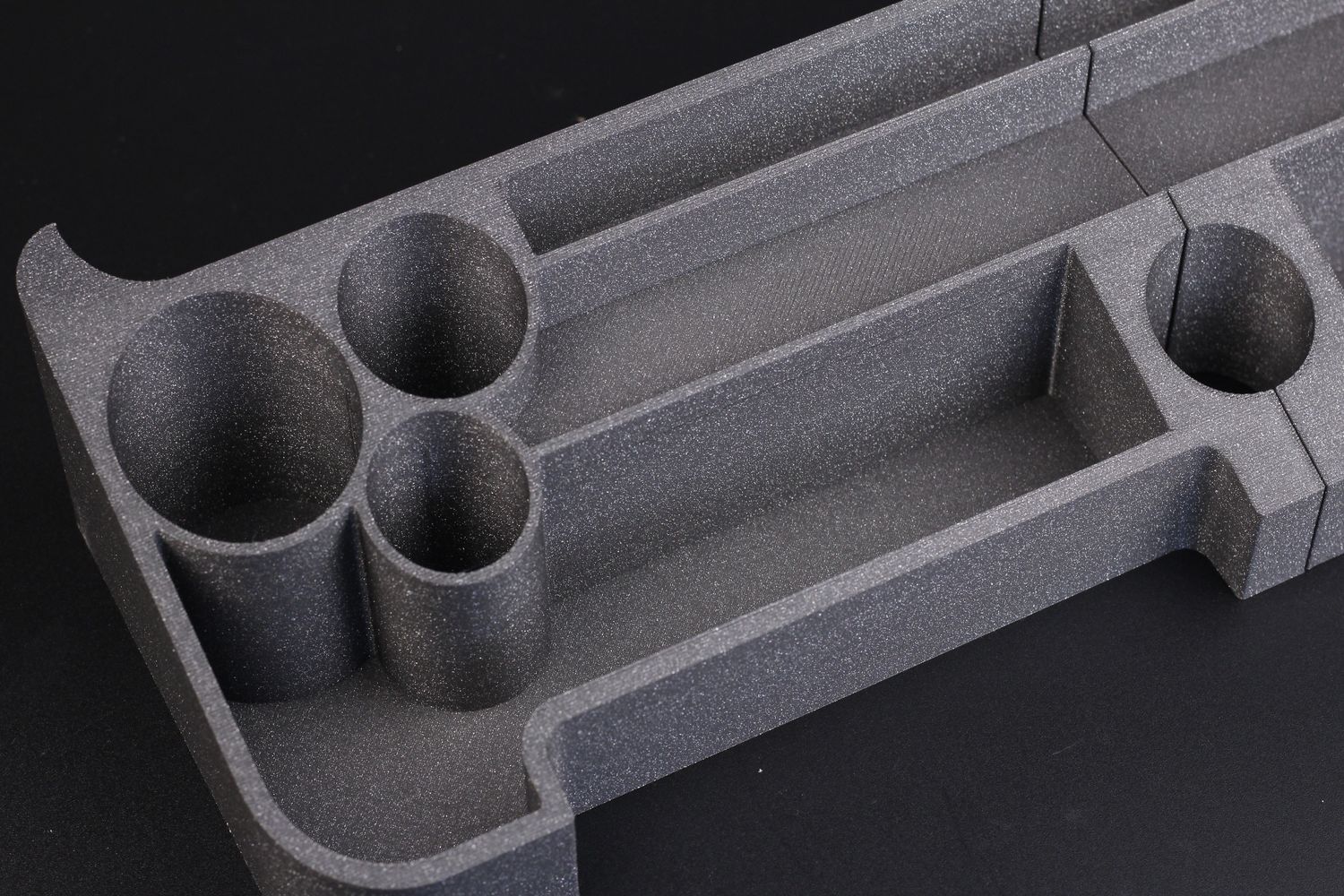
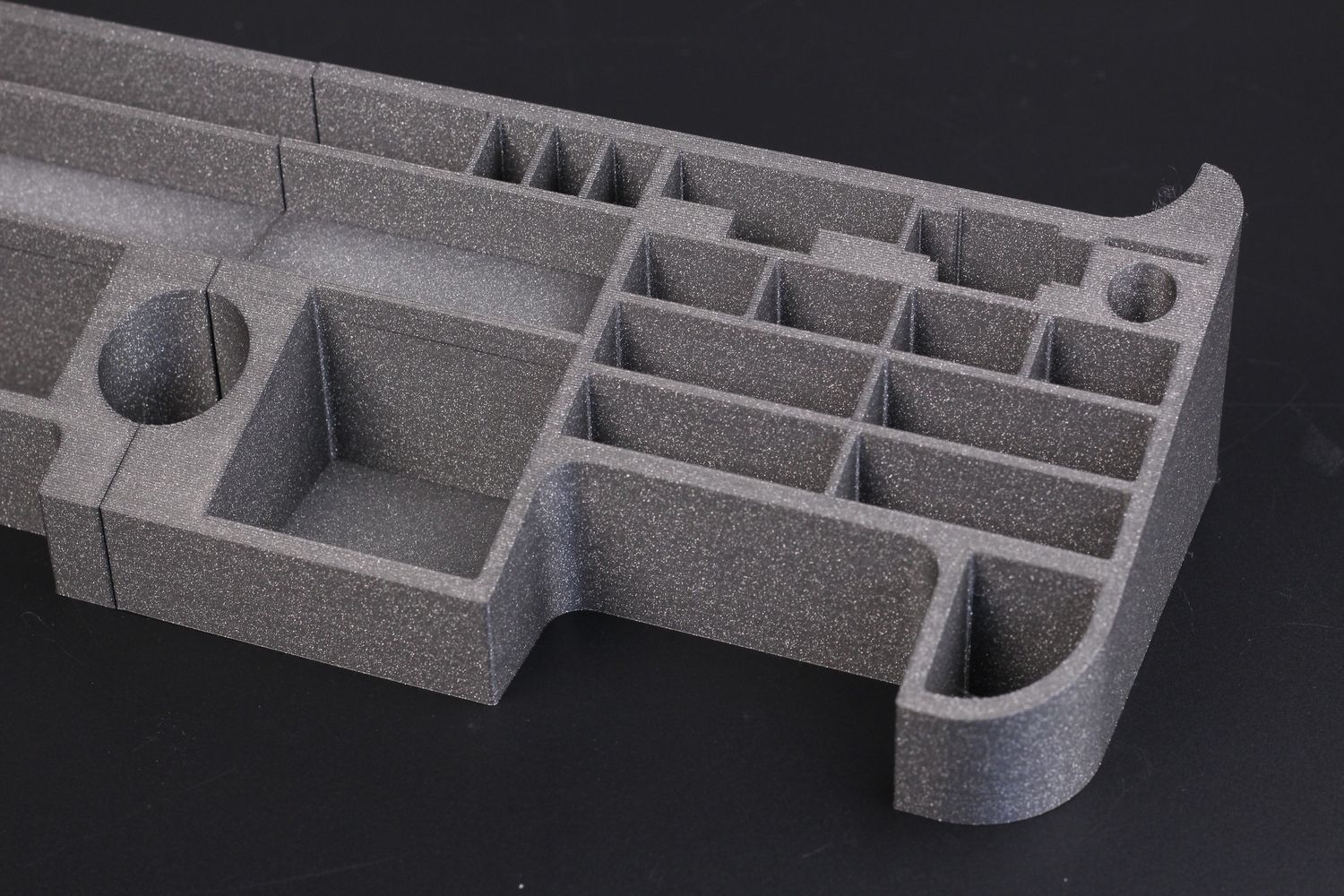
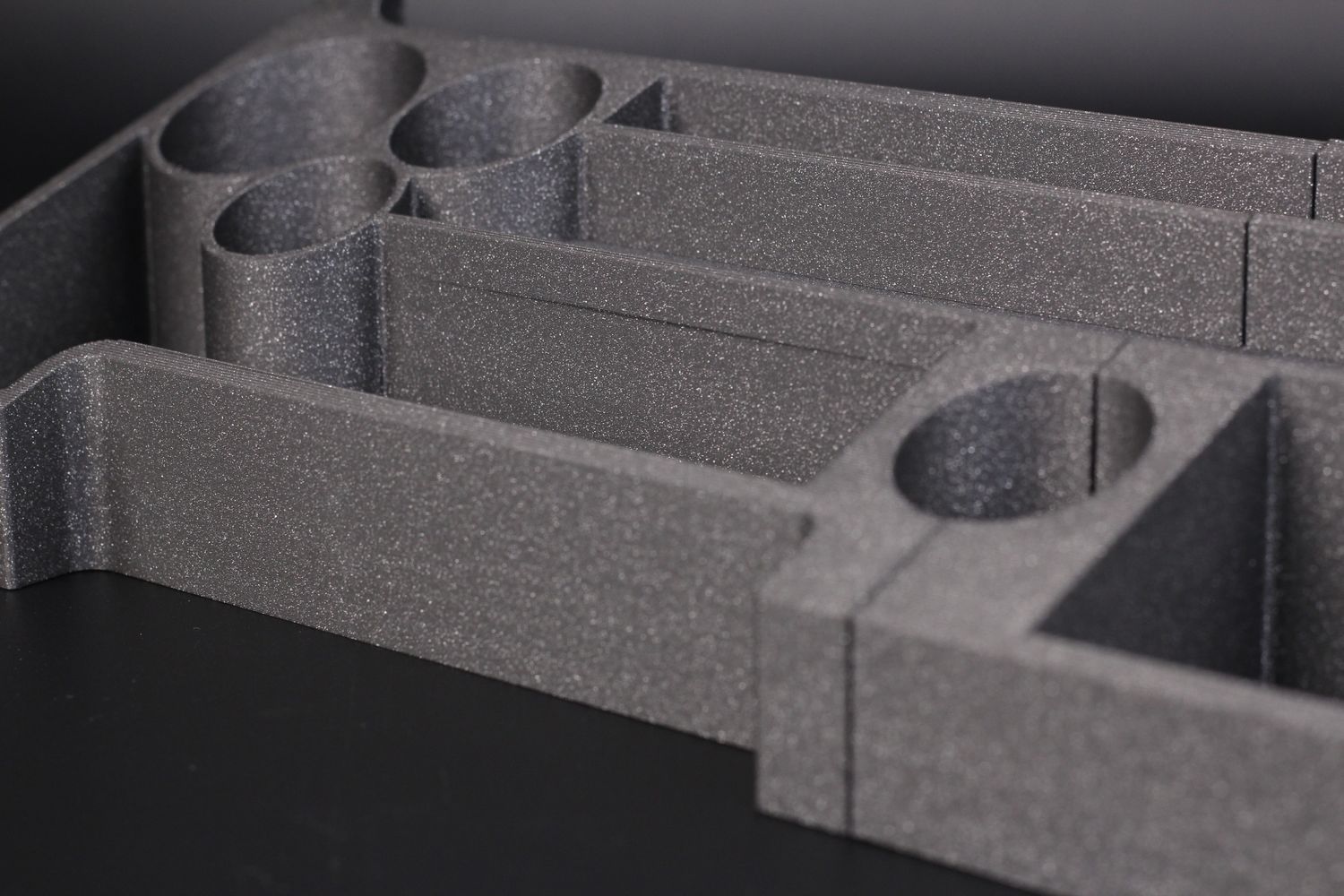
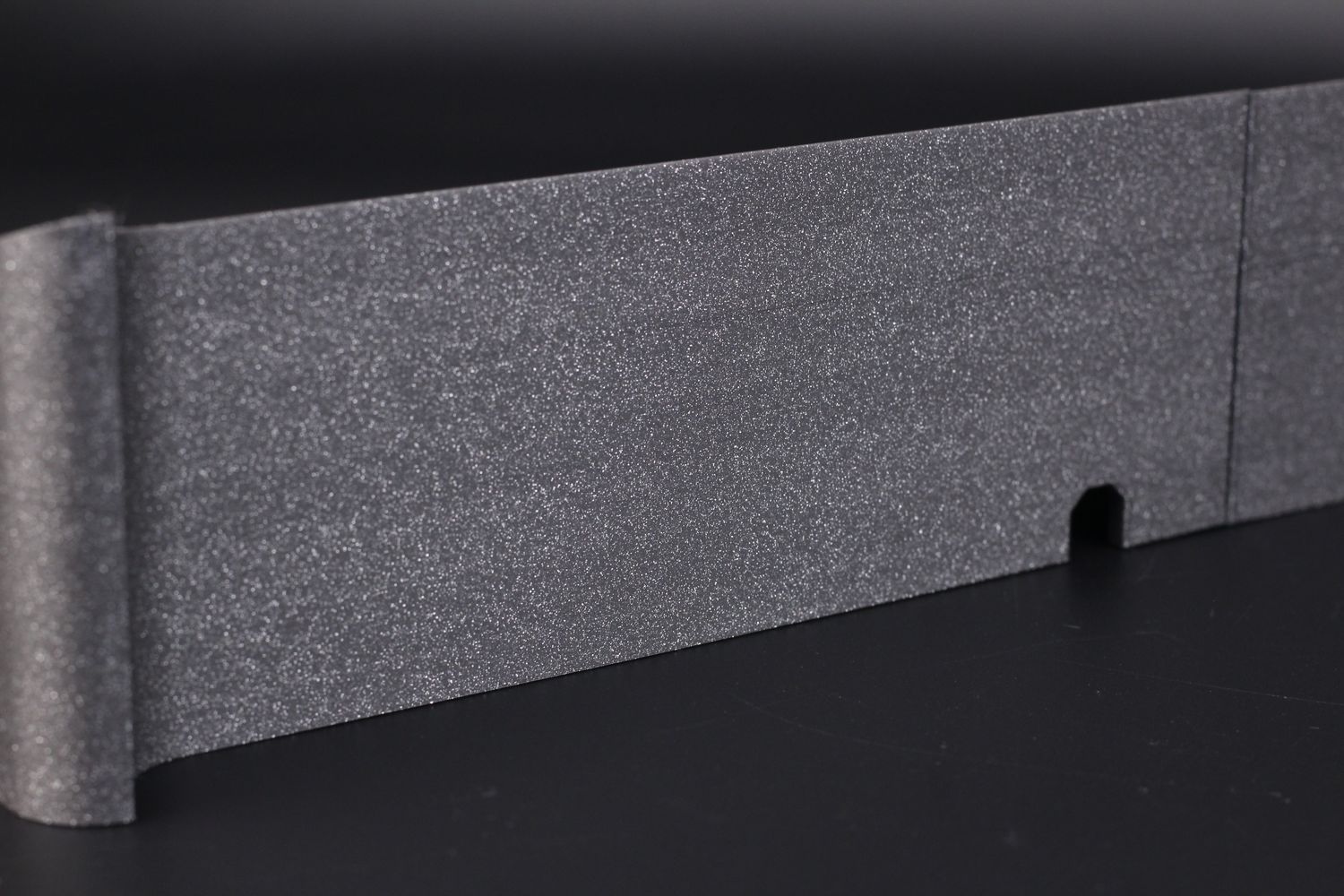
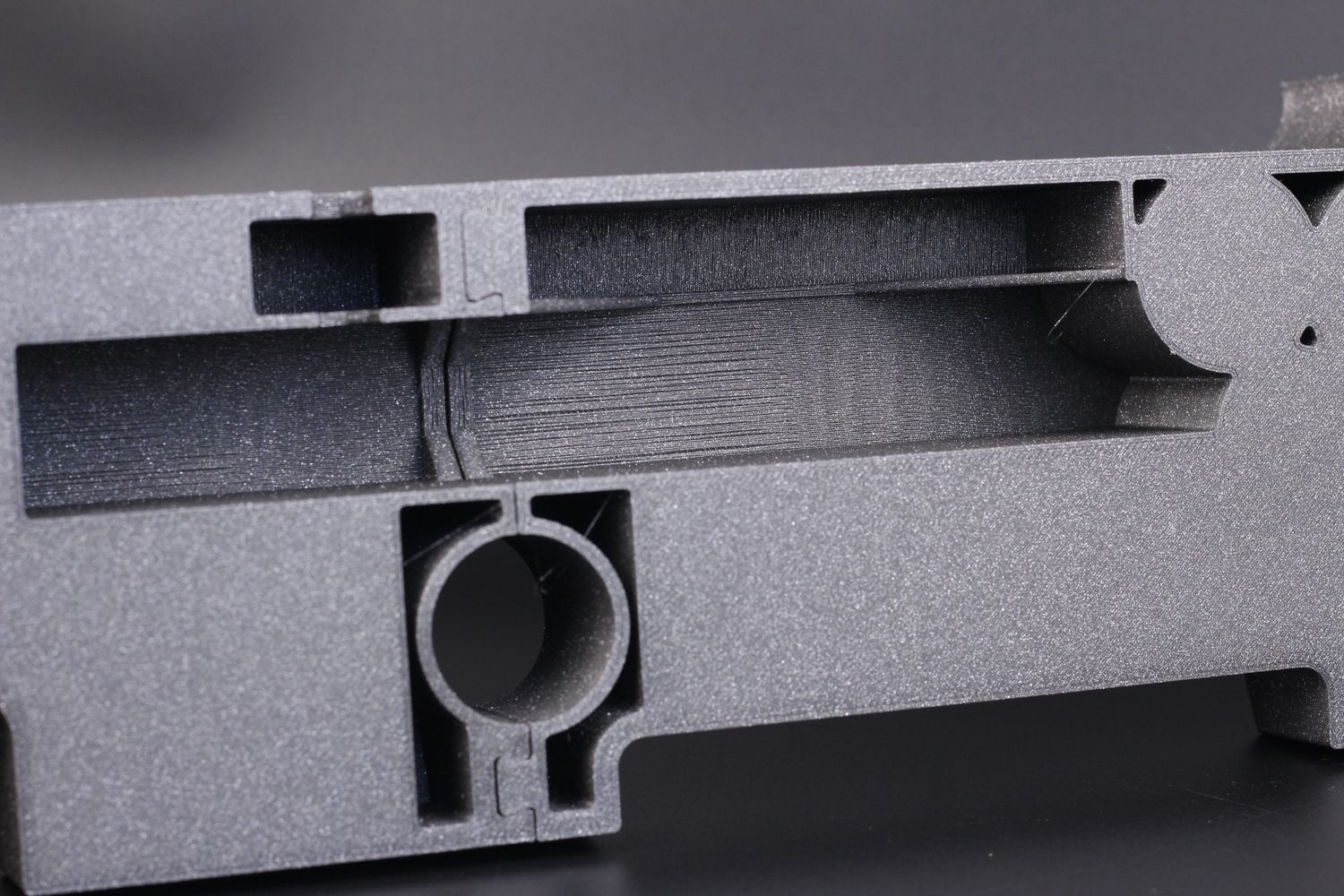
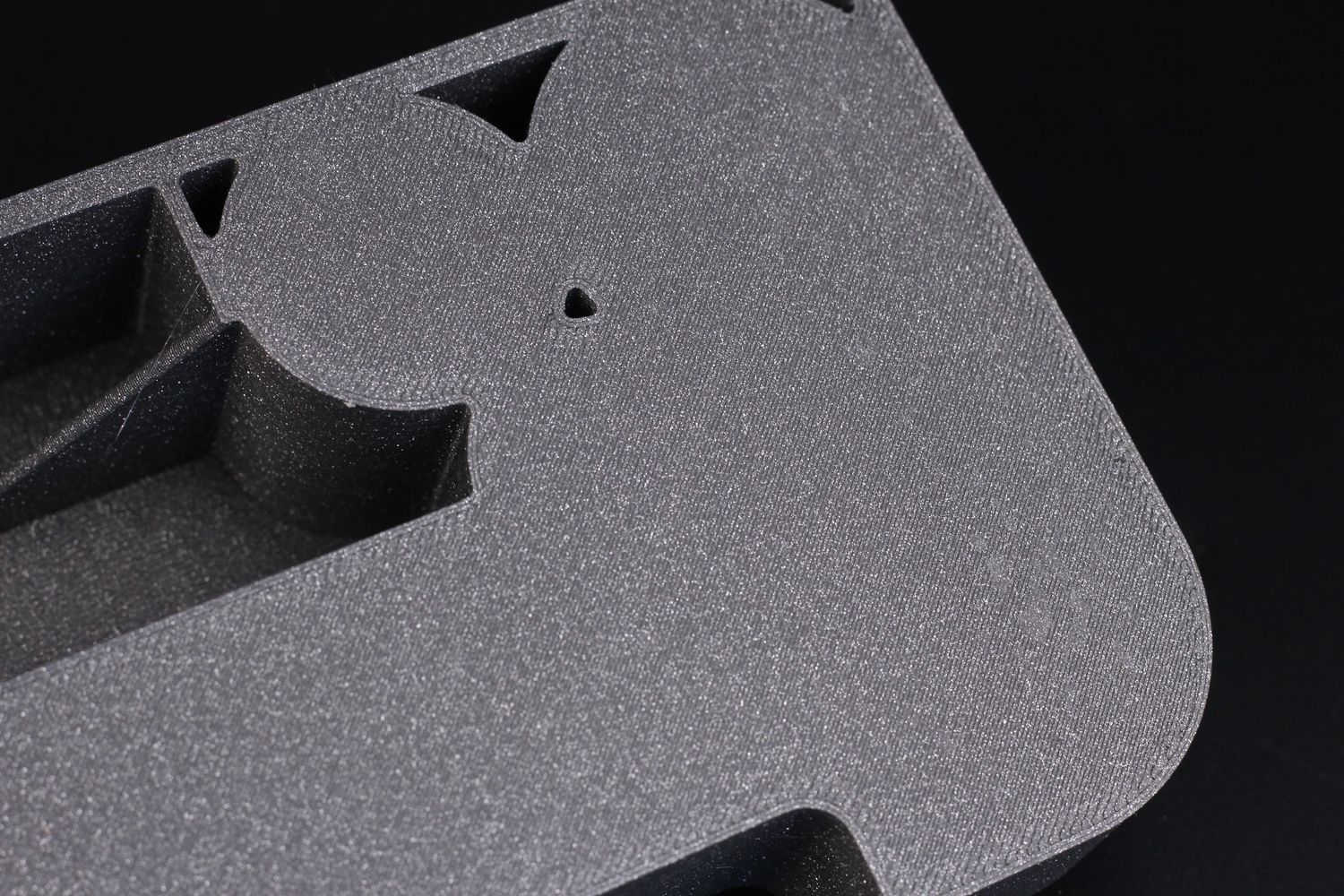
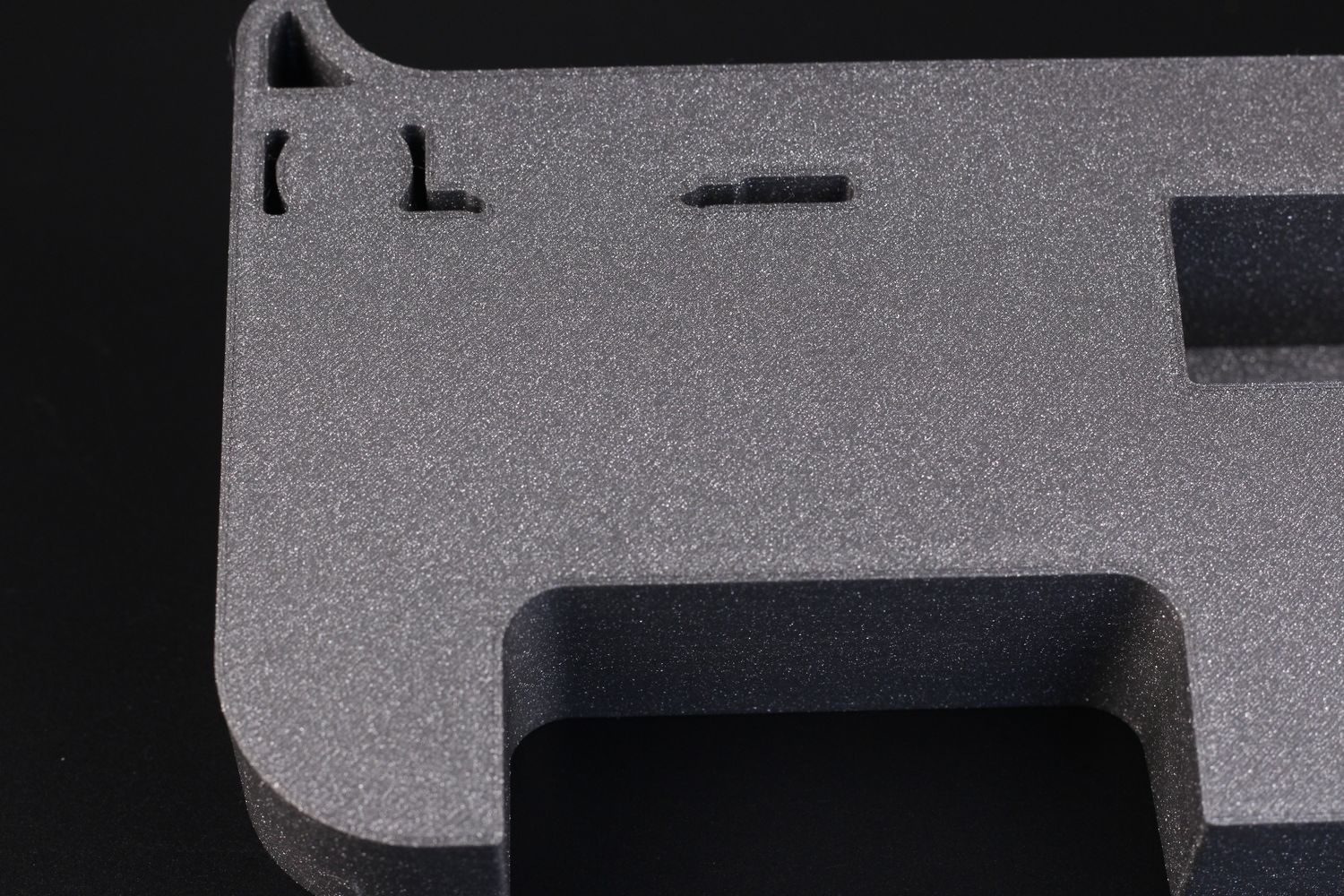
- Material: FilamentOne Glint Grey PLA
- Layer Height: 0.2mm
- Nozzle Temperature: 220C
- Bed Temperature: 35C
- Print Speed: ~200 mm/s
Yet Another Bambu Lab Purge Bucket
I needed a purge bucket for the X1 too, so I printed it in some CF-PETG sent to me by Eryone. I just love how this filament prints. While I forgot to align the Z seam, the overall look of the model is awesome and I am super happy with the results.
But please note that CF filament should not be printed with the regular nozzle as the abrasion can damage the nozzle over time. I just wanted to see if the X1 can do it as a test.
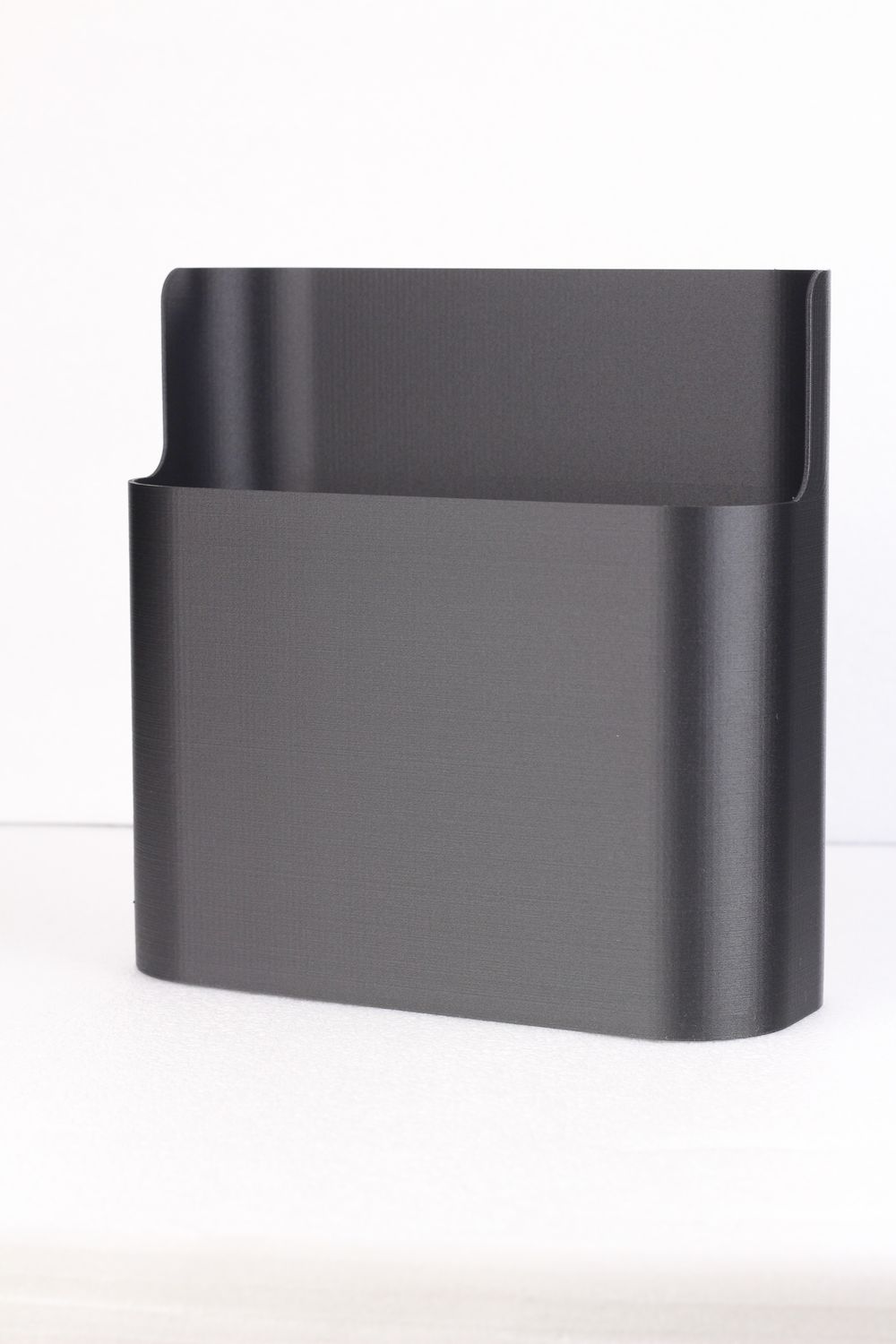
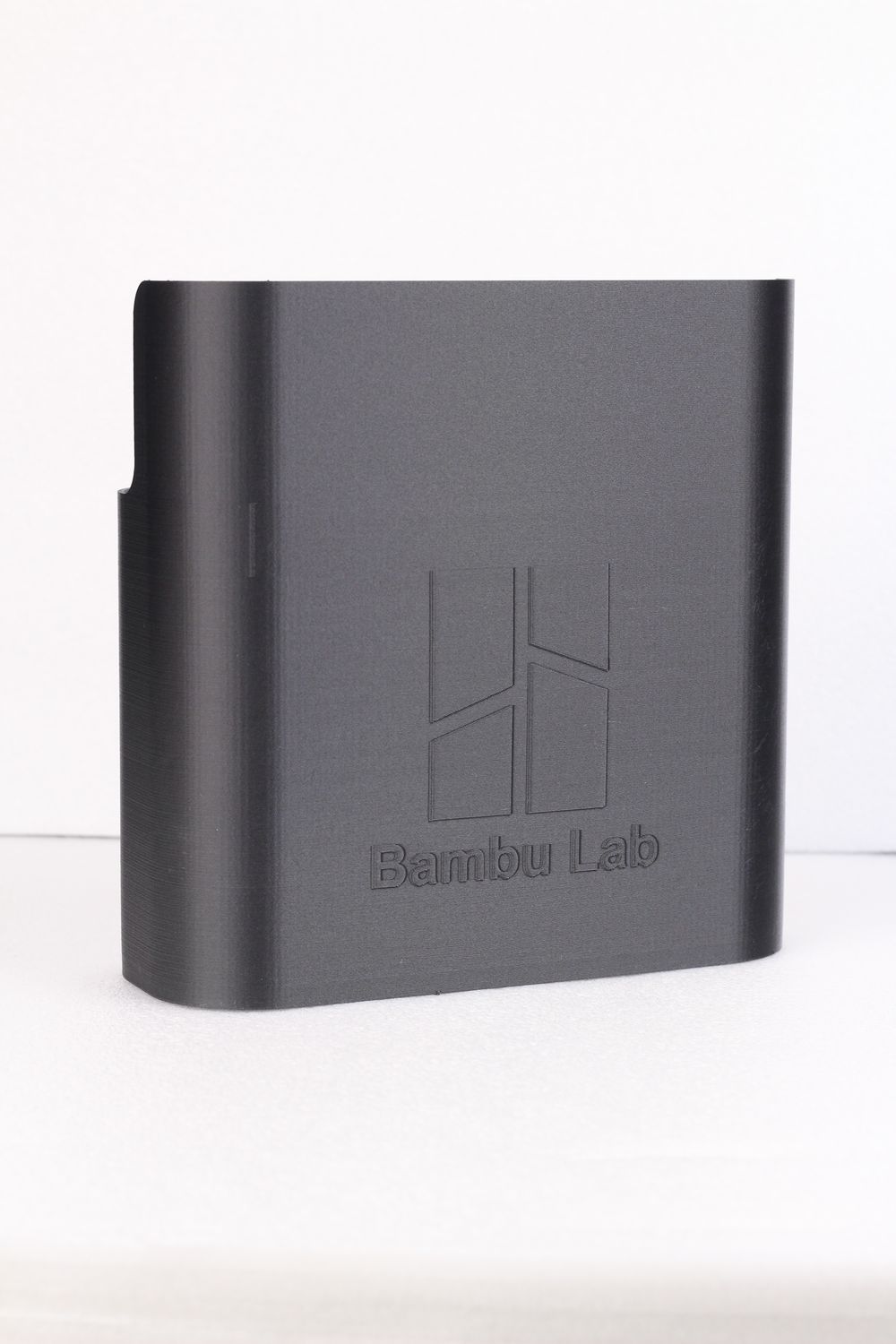

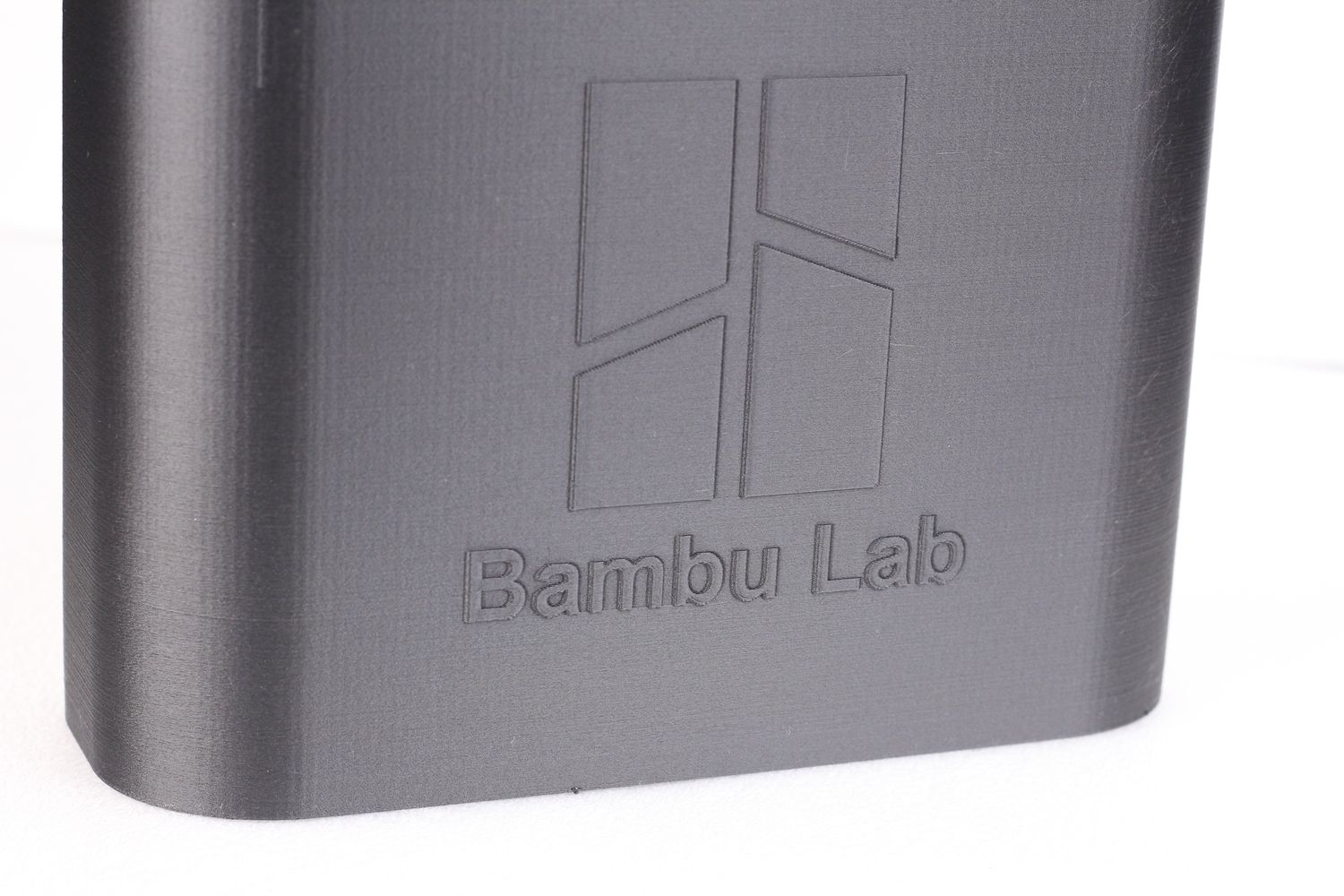
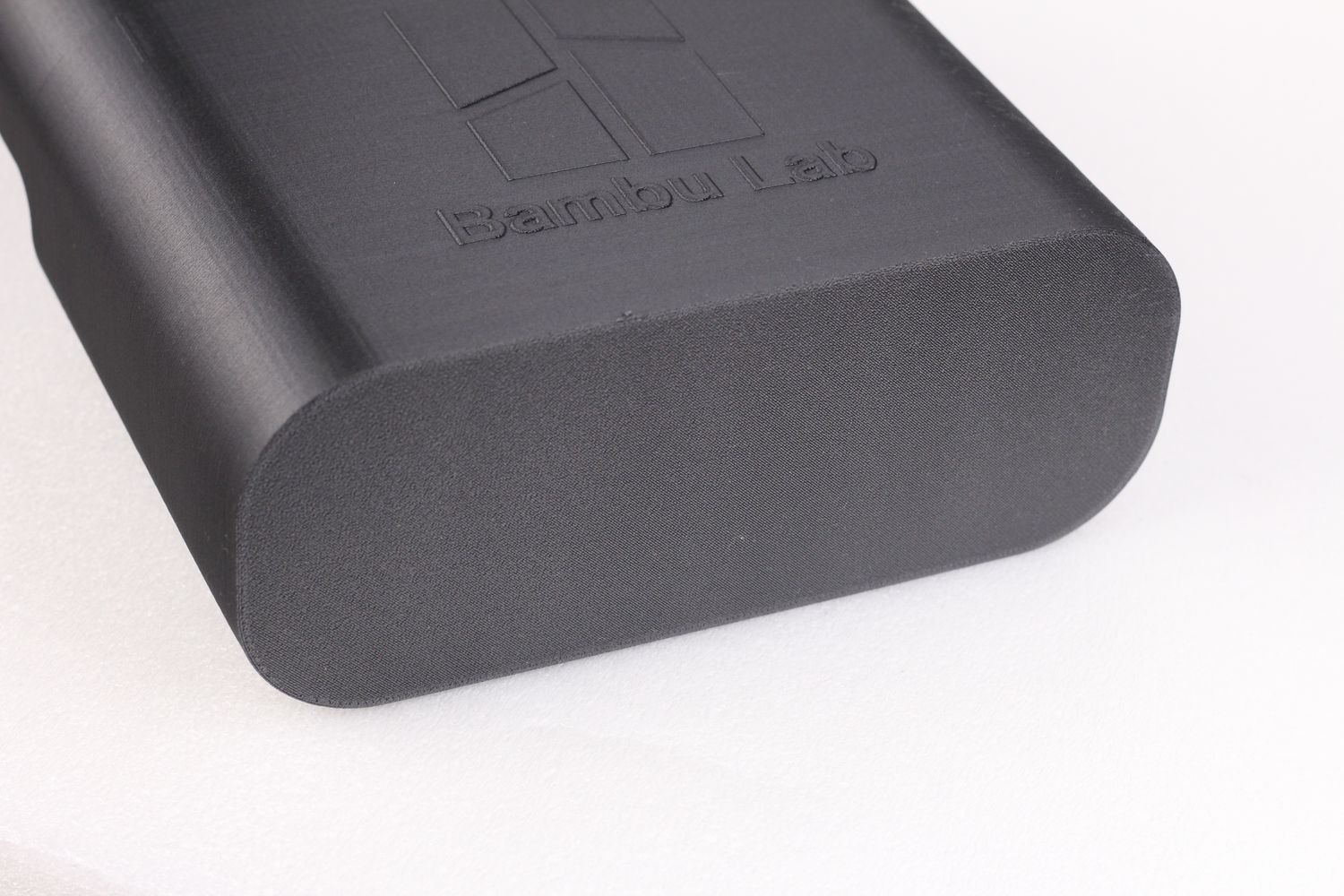
- Material: Eryone CF-PETG
- Layer Height: 0.2mm
- Nozzle Temperature: 220C
- Bed Temperature: 35C
- Print Speed: ~200 mm/s
Flexi Fox
I also wanted to test some ABS, so I printed this Flexi Fox from Flexi Factory on the textured PEI plate from Bambu Lab to check how hot the enclosure can get when the bed temperature is set to 110C.
The print quality is great, and I had no adhesion issues. In the morning, when I removed the model, the print released by itself, and I didn’t even need to flex the plate. Really happy with the results, and the Textured plate from Bambu.
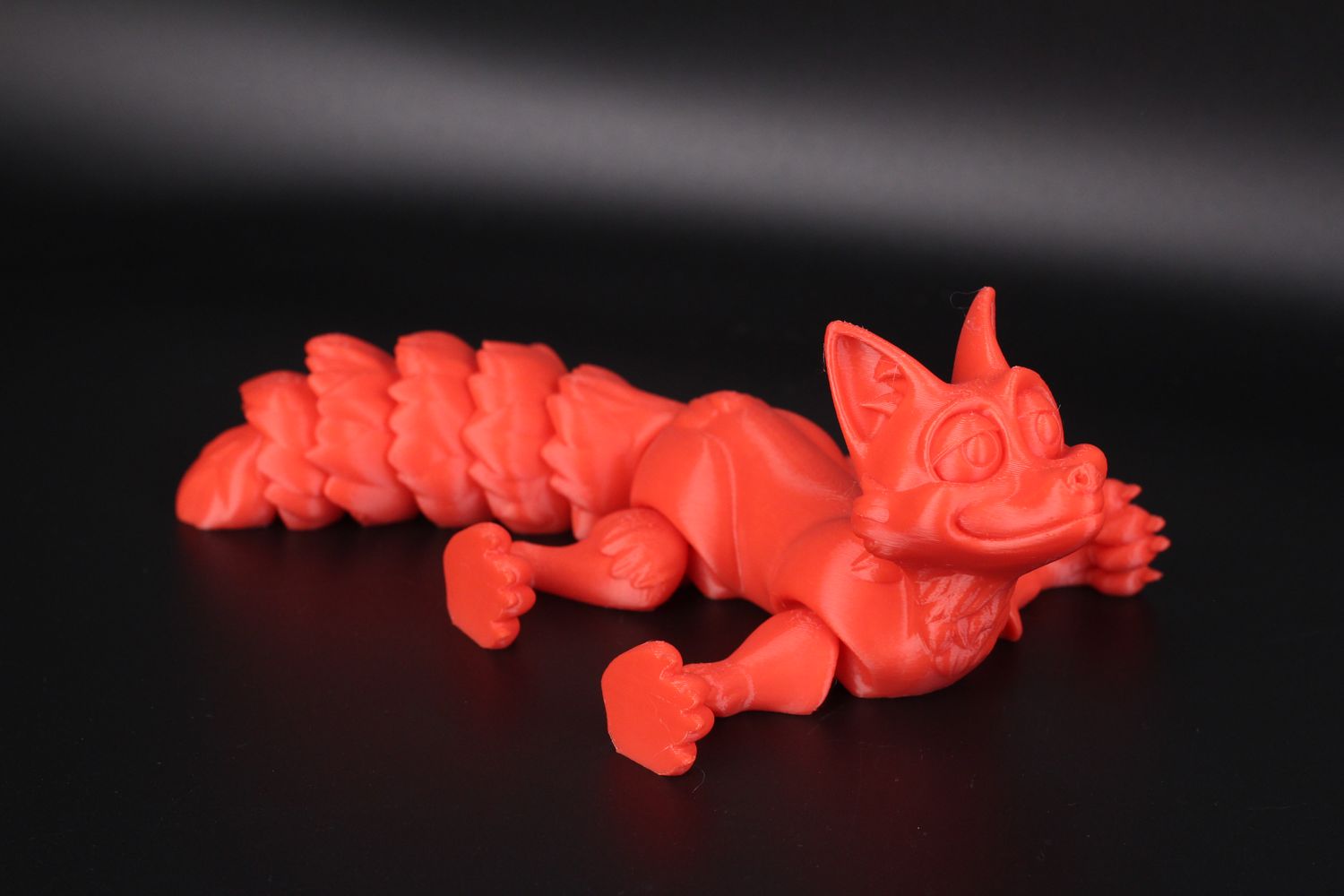
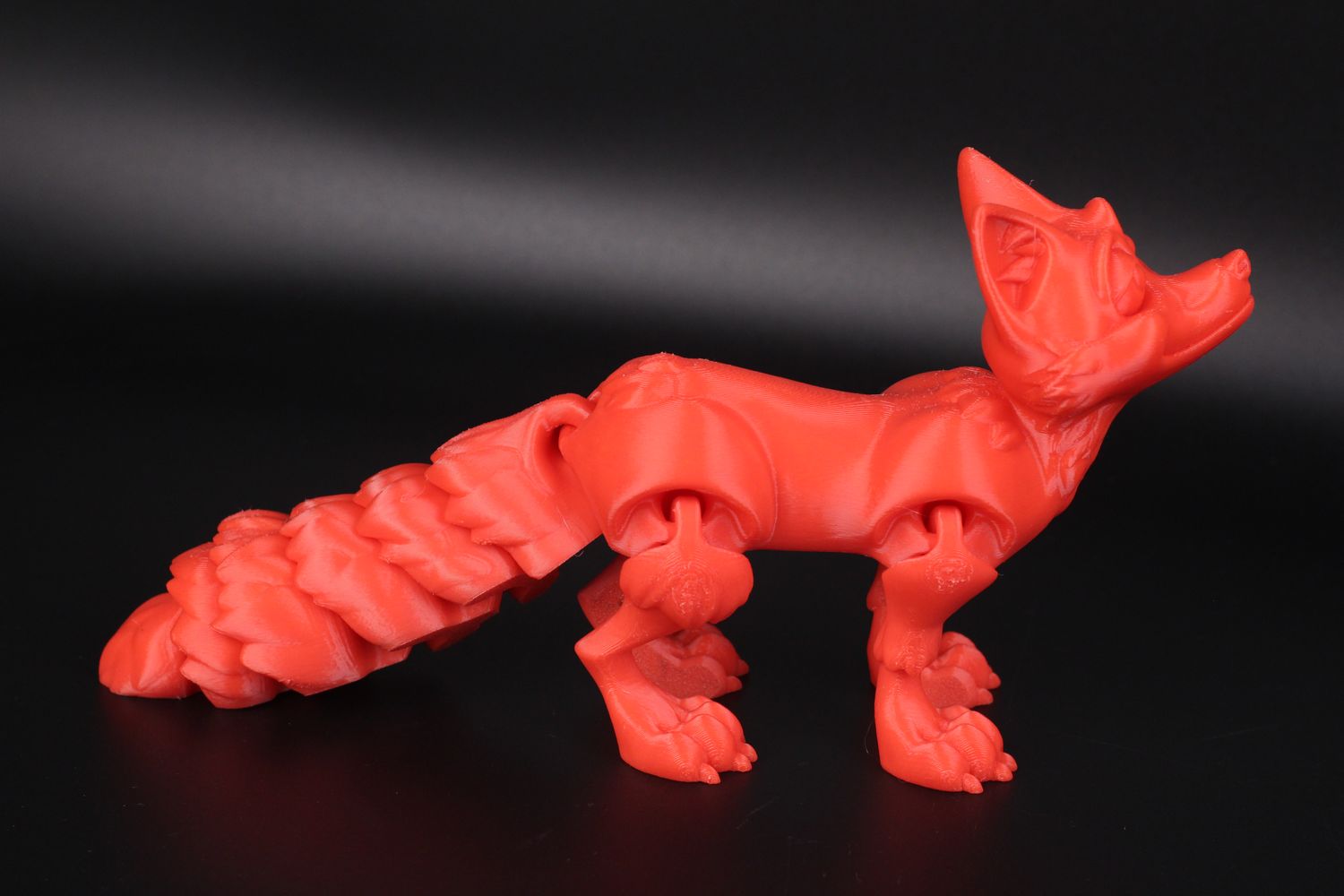
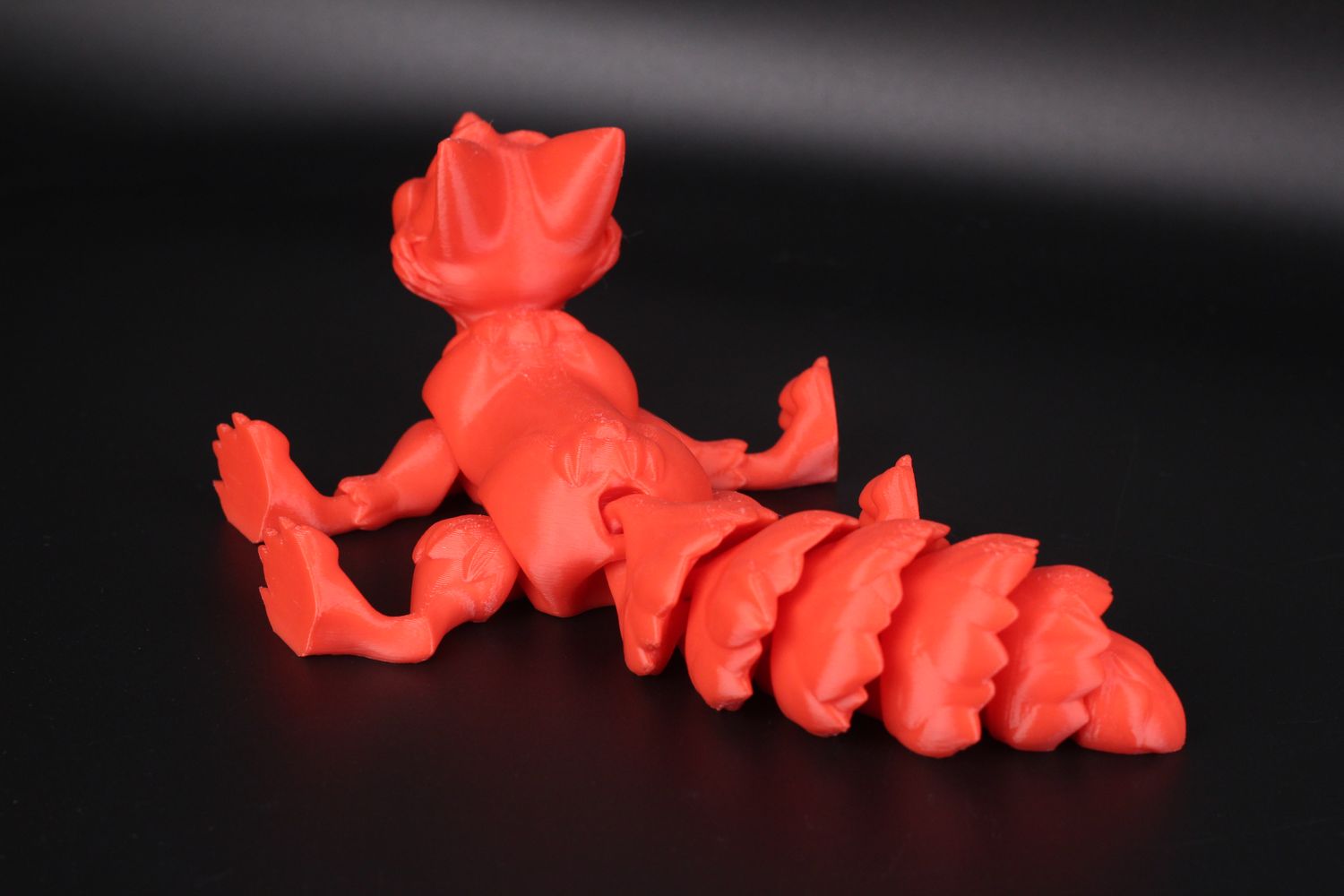
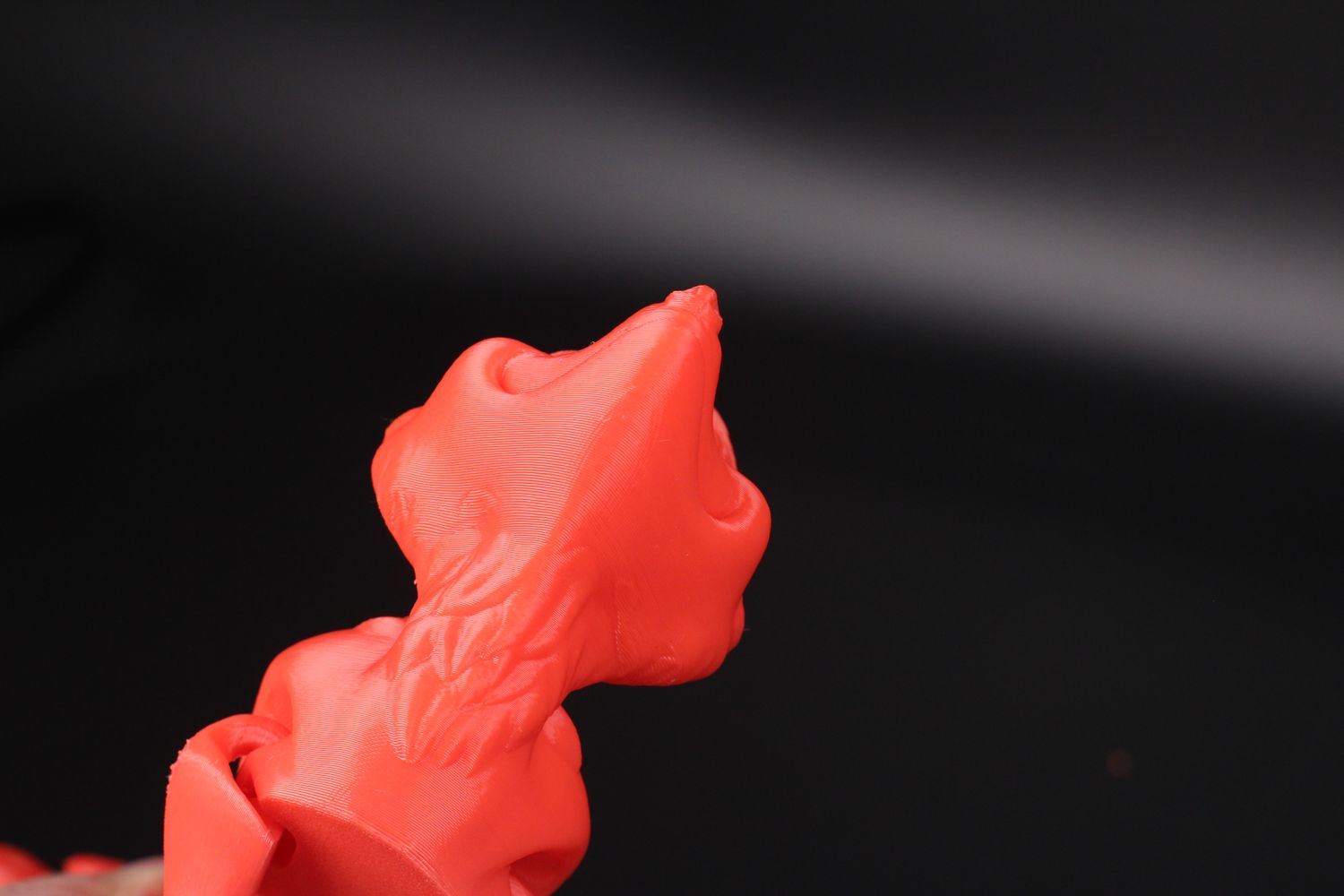
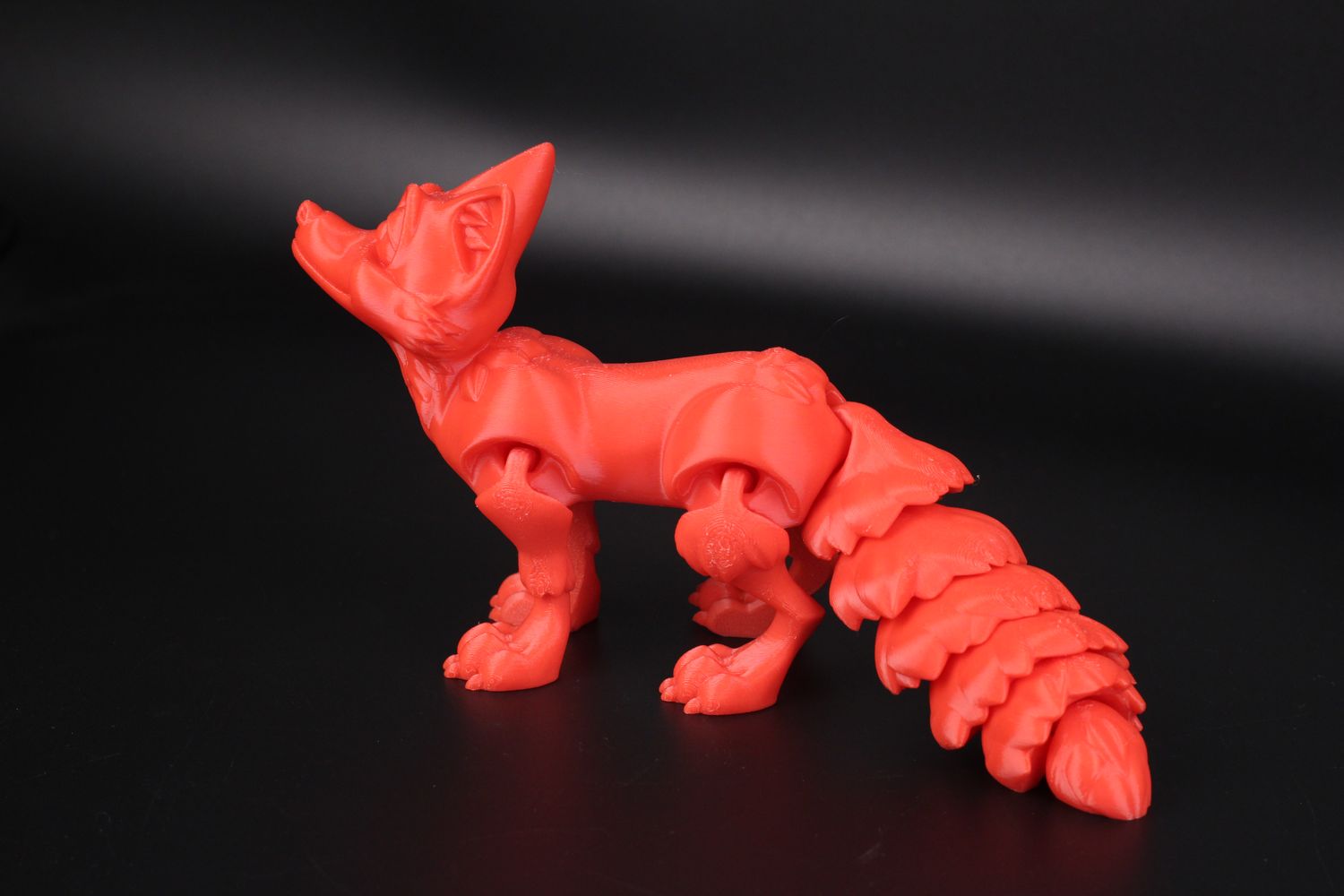
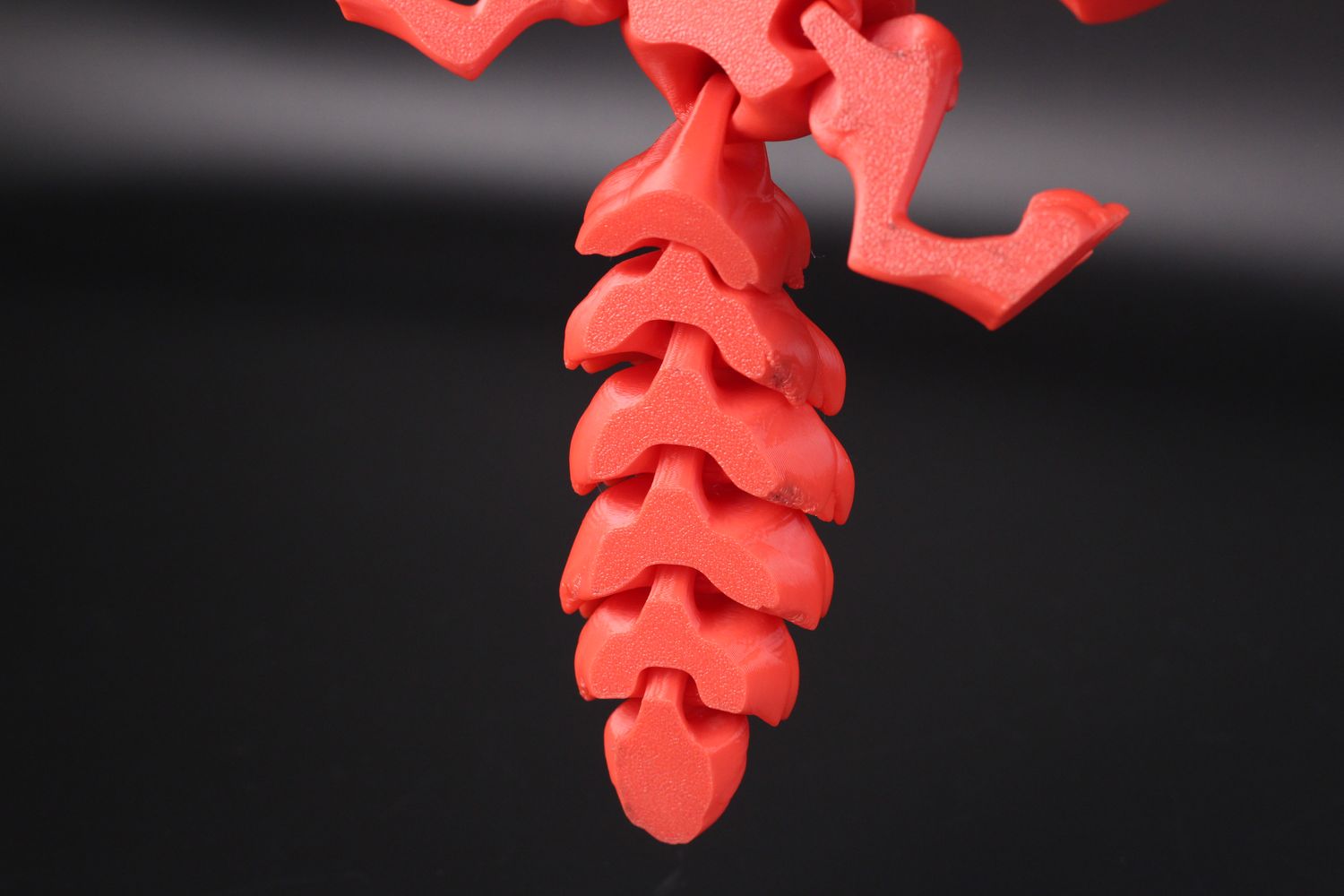
- Material: Gembird Red ABS
- Layer Height: 0.2mm
- Nozzle Temperature: 260C
- Bed Temperature: 110C
- Print Speed: ~200 mm/s
CaliDragon
Another high-temp print test was done with Polymaker PC and CaliDragon scaled to 100mm in height. It was printed the same way as I did with ABS, and I had no adhesion issues. The ~65C chamber temperature was also good enough not to cause any delaminations so I really can’t complain. I don’t print a lot of PC, but I am happy to see the printer can do it with ease.
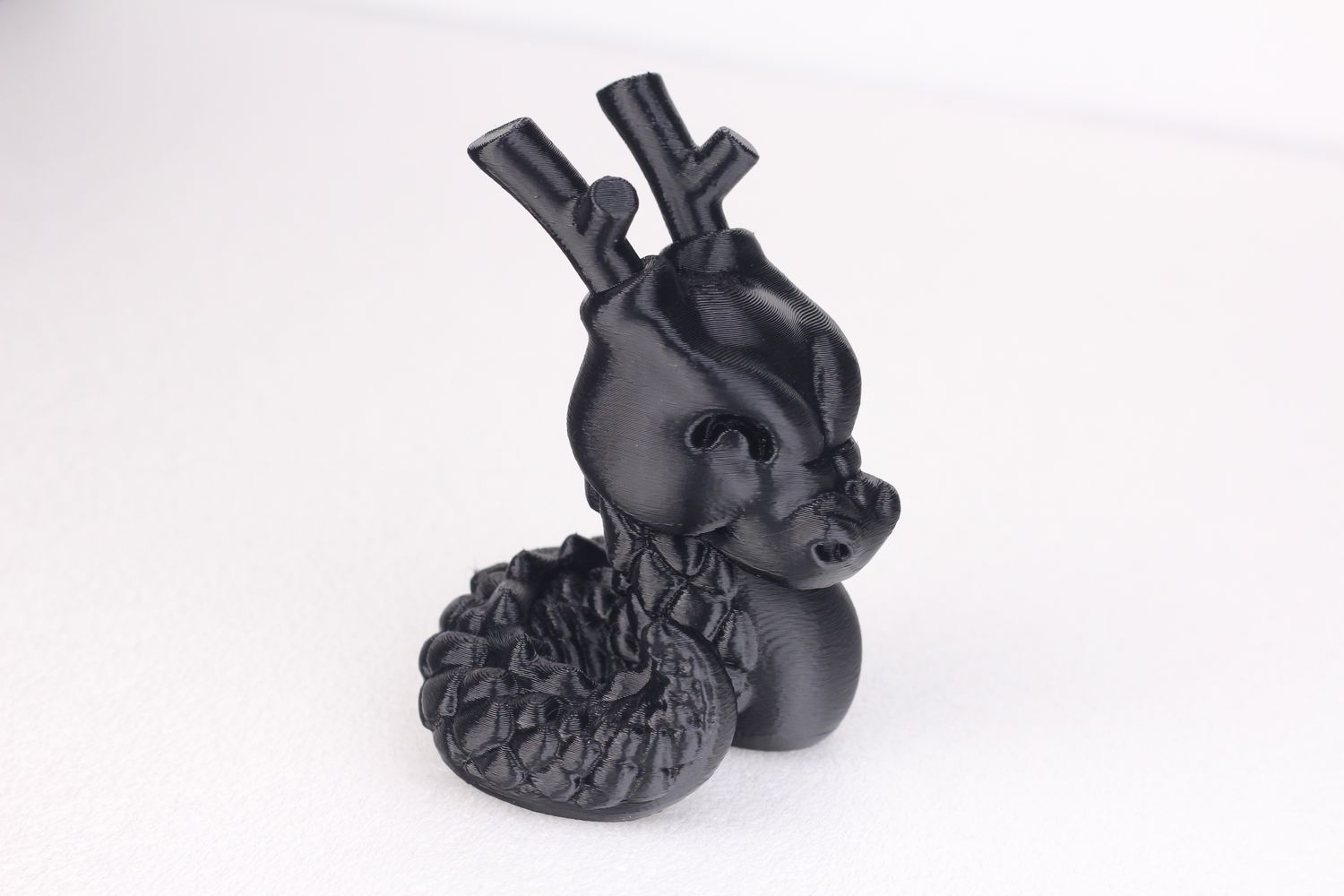
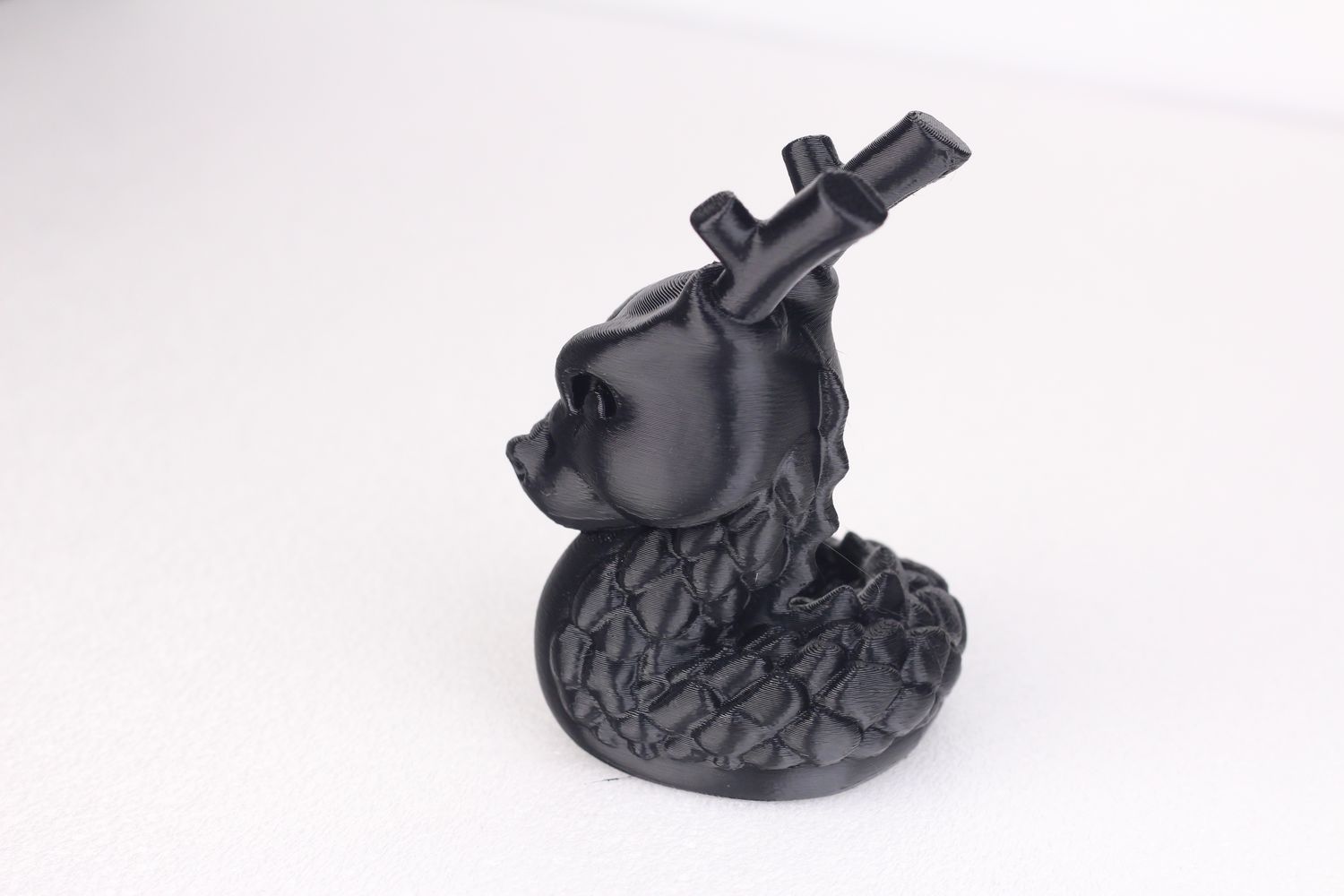
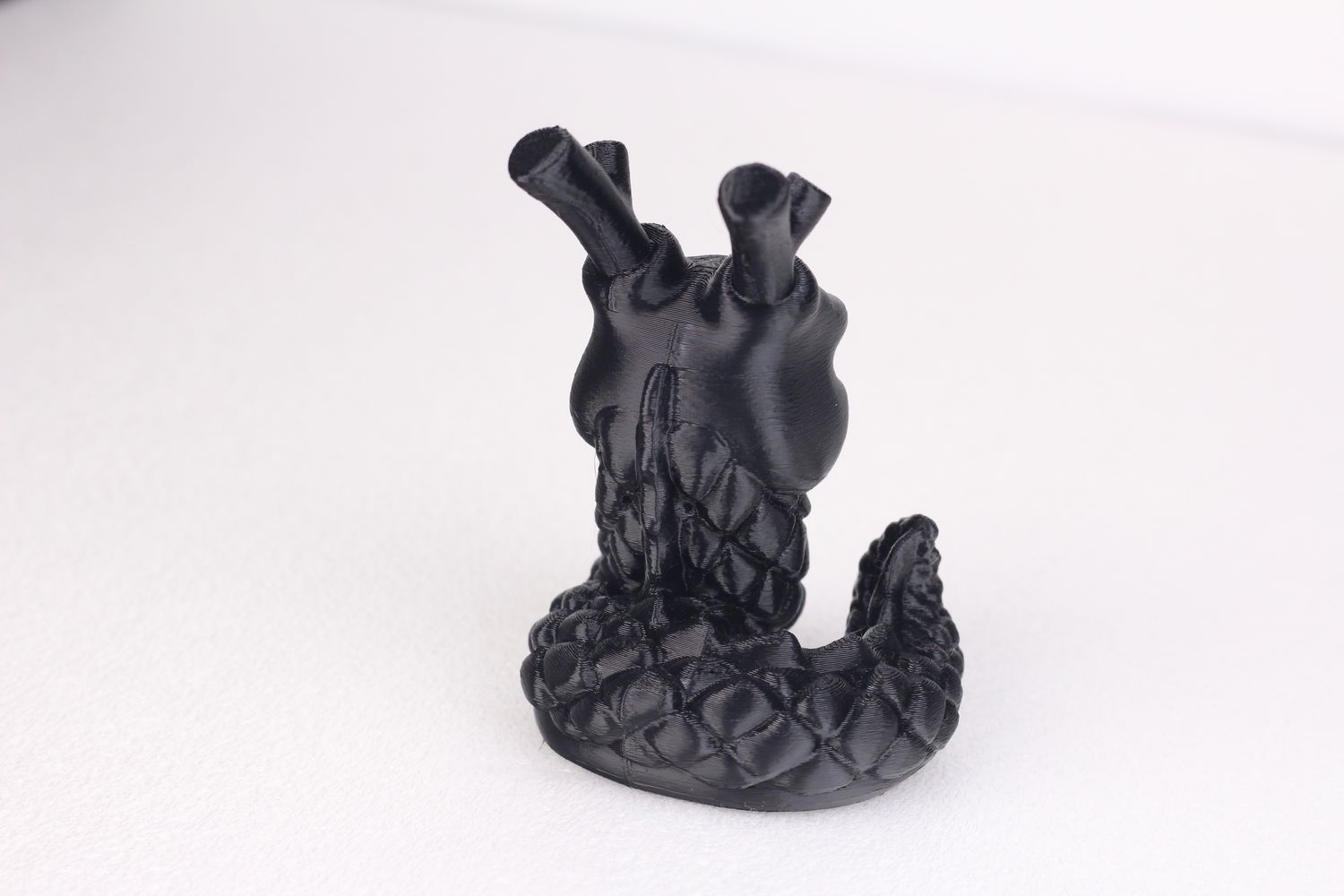
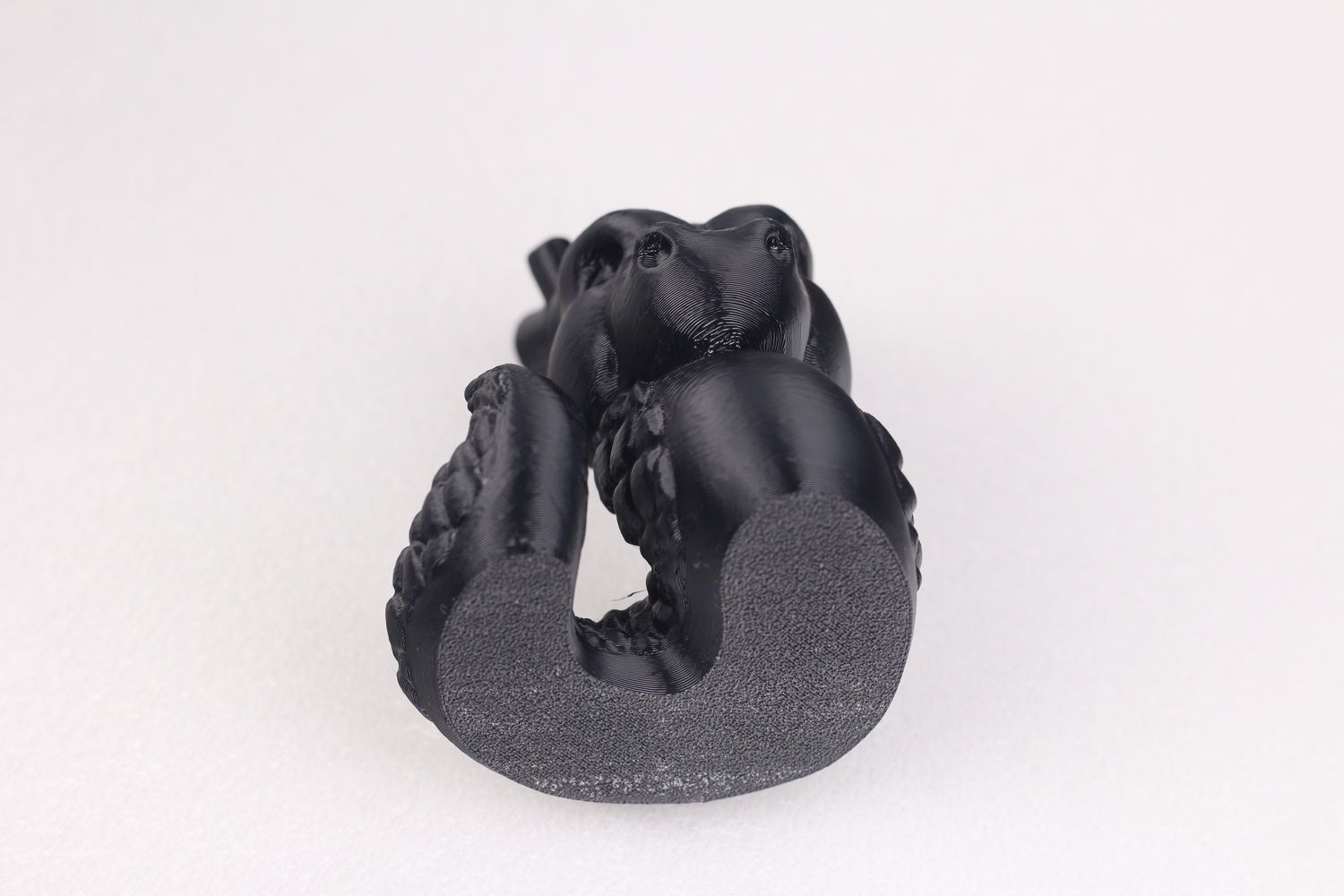
- Material: Polymaker PC
- Layer Height: 0.2mm
- Nozzle Temperature: 270C
- Bed Temperature: 110C
- Print Speed: ~200 mm/s
Bambu Lab X1 vs X1-Carbon
To make this comparison easier, I’ve listed the main differences between the X1 and the X1-Carbon.
No webcam pre-installed
The regular X1 does not come with a pre-installed webcam for monitoring your prints. This means that you won’t be able to use the Timelapse functionality and the Spaghetti Detection feature.
I have used the X1-Carbon extensively, and I can’t really say I miss the webcam on the X1 as most of the time the printer performs as expected with no failures, so I don’t need to remotely monitor it to check if the print failed. As long as I used glue-stick for the print surface, and the filament settings are correctly set up when slicing, you will rarely see failures.
But this doesn’t mean that things can’t go wrong, so if at some point you decide you need this, the camera can be ordered from their online store to add the features back, just like on the Carbon.
No AUX fan
Having no AUX fan on the side of the printer will be one of the main speed limiting factors for the X1. But this only applies when printing filaments like PLA, TPU, and maybe PETG in some cases. This means that in some cases, the print speeds need to be lowered for quality results as the integrated part cooling fan on the extruder cannot keep up with the same speeds as when you are printing with an AUX fan on.
If you plan to mostly print higher temperature filaments like ABS, ASA, PC, and PA, this will not impact your printing speeds at all, as you would not use an AUX fan in this situation. But just like with the camera module, you can purchase the AUX fan from their store to upgrade your X1 and this will eliminate any constraints in speed.
Stainless Steel Nozzle
Another place where Bambu Lab saved some money to drive the cost of the printer lower is with the hotend assembly. The X1 comes with a Stainless Steel Nozzle which might be a problem if you decide to print abrasive filaments infused with carbon or glow-in-the-dark filament.
Just to show you the differences, I printed about 10 hours with carbon fiber filament (Torture Toaster in PA-CF and Purge Bucket in PETG-CF). In the images below, you can see why it’s a bad idea, so I strongly recommend avoiding abrasive filaments when printing with a regular nozzle.
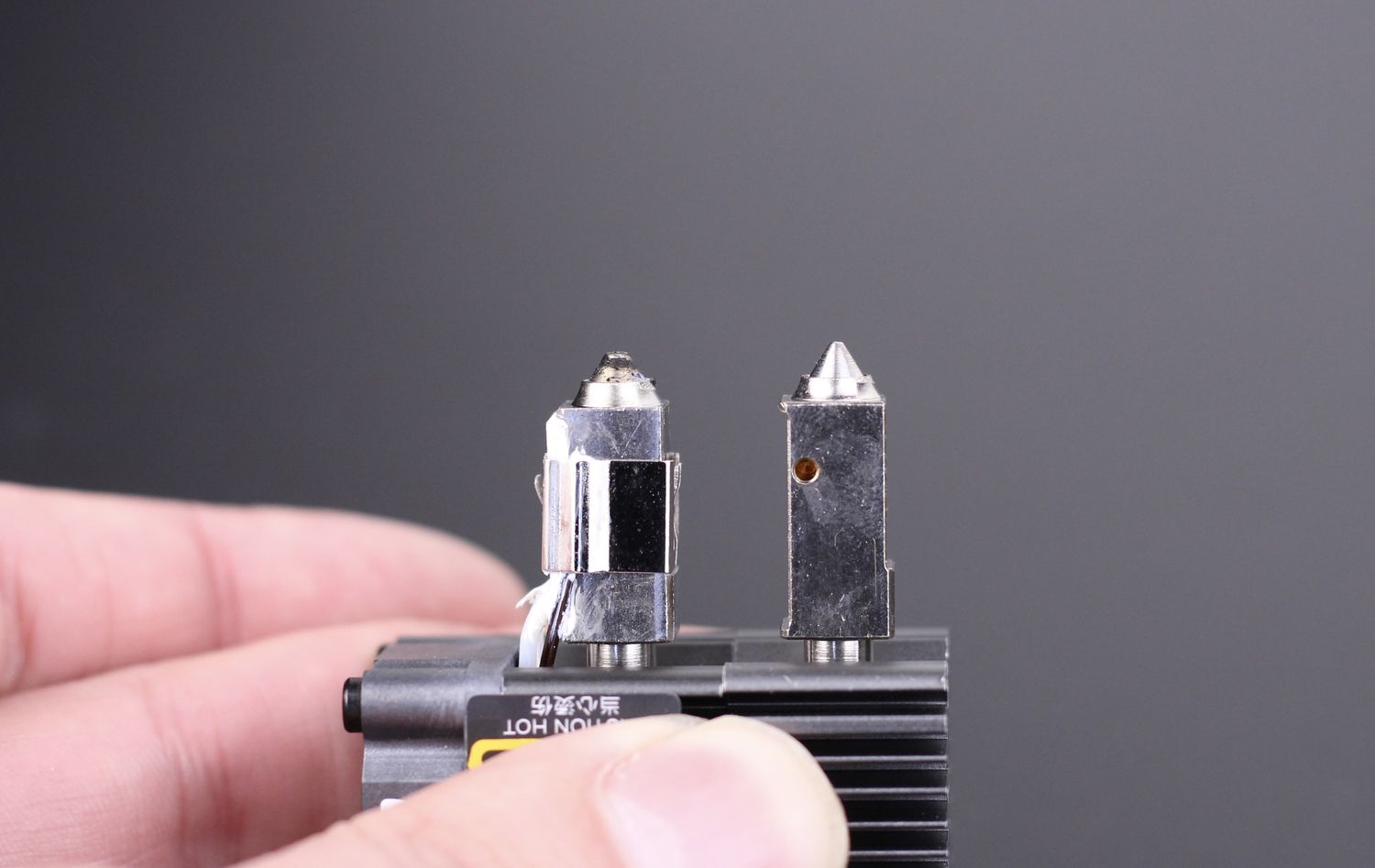
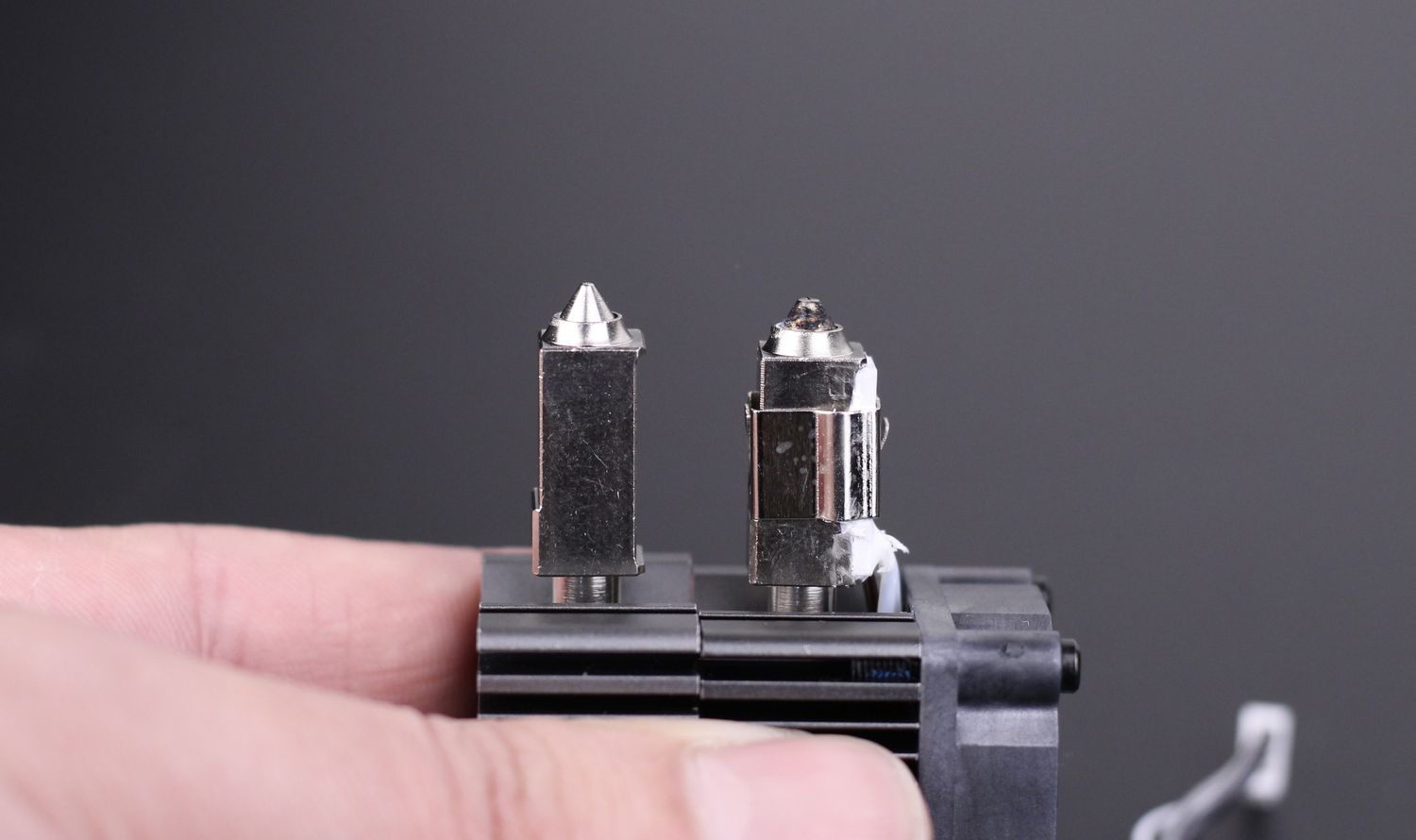
Considering that the nozzles are consumables, at some point, you will need to replace the stock one so I see no reason why not to purchase the Hardened Steel nozzle they have on the website, as you would upgrade the printer’s capabilities in this way, without spending too much.
The Hardened Steel nozzle will last longer when printing abrasive filaments, but if you don’t, then there’s no reason to buy the more expensive variant, as regular filament won’t damage the nozzle over time.
Steel extruder gears
The X1 also comes with steel extruder gears which are not as good as the Hardened Steel gears we get on the X1-Carbon. But just like in the case of the hotend, if you don’t print a lot of abrasive filament, this will not be a problem.
Of course, this doesn’t mean you can’t print abrasive at all. A few quick prints will work just fine, and you don’t need to upgrade only for that.
Plastic side-panels
This is a subjective opinion, but I think that the Bambu Lab X1 looks better than the X1-Carbon. Mostly because the plastic side panels are the same color as the plastic front cover.
No Carbon Filter included
Depending on the filaments you are printing, this might be a problem, especially for ABS which is quite a smelly filament. I recommend installing a carbon filter as soon as possible, to help filter out the bad VOCs that might get released during printing.
AMS Compatibility
In case you’re wondering, the AMS is still compatible with the Bambu Lab X1, and it’s not an exclusive feature of the X1-Carbon. You will be able to purchase it at some point from their store and attach it to the printer for multi-color 3D printing.
I haven’t covered the AMS use in this review, but if you are wondering about it, you can find more information in the X1-Carbon review.
Conclusions: Is the Bambu Lab X1 worth it?
Considering the print quality you get at the high speeds made possible by the Bambu Lab X1, I can’t say anyone would be unhappy with buying one. Sure, it’s not as good when it comes to printing small PLA models but the issue can be solved by slightly lowering the print speed or by upgrading the printer with the AUX fan they have in their shop.
But this changes completely when it comes to printing higher-temperature materials like PETG/ABS/PC. The X1 can go heat-to-head with the better-equipped X1-Carbon with no drop in print quality which is great.
The X1 is probably made for people that don’t plan to print abrasives but are happy to save a bit of cash on their purchase. Sure, the Bambu Lab X1 is a premium printer priced at ~1000$ at the moment so it’s expected to perform well and I am happy to say that Bambu Lab managed to live up to the expectations.
If you decide to print abrasive filament like PA-CF, PETG-CF, or even PLA-CF, don’t forget you need to upgrade the hotend to a Hardened Steel version. And while you’re at it, it’s also recommended to get the hardened steel extruder. But at this point, you might be better off getting the X1-Carbon right from the start and saving some work done on upgrading the machine.
Finally, if you have the cash for it, I say it’s money well spent. But just be prepared to wait a bit longer until the pre-orders are delivered, and also to love your other 3D printers less. After you get used to the speed and quality of the Bambu X1, it will be hard to go back to the slow printers currently sold on the market.
Bambu Lab X1-Carbon Rating
Design
Specs
Noise levels
Ease of use
Print Quality
Price
The Bambu Lab X1 is the cheaper alternative which was made for people that don't plan to print abrasive filaments. It manages to be just as fast as the better-equipped X1-Carbon while cutting costs by removing some of the quality of life features that can be added over time as upgrades. But just like the X1-Carbon, the Bambu Lab X1 is nothing short of amazing.
Where to buy the Bambu Lab X1?
The Bambu Lab X1 was provided free of charge by Bambu Lab for the purpose of this review. While the article includes affiliate links, all opinions are my own. Nobody reviewed the article before it was posted, following the Review Guidelines.
Liked it?
|
|

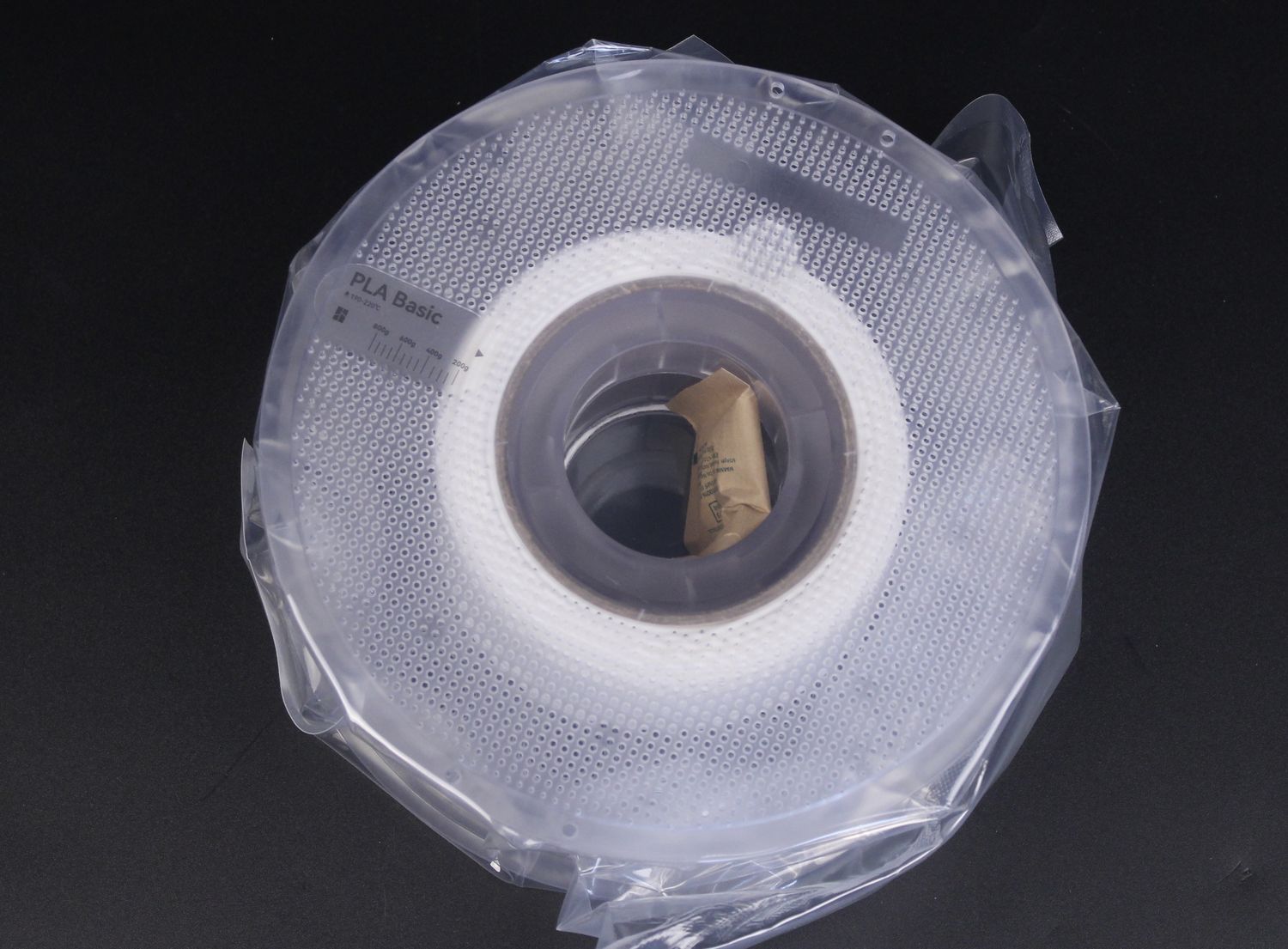
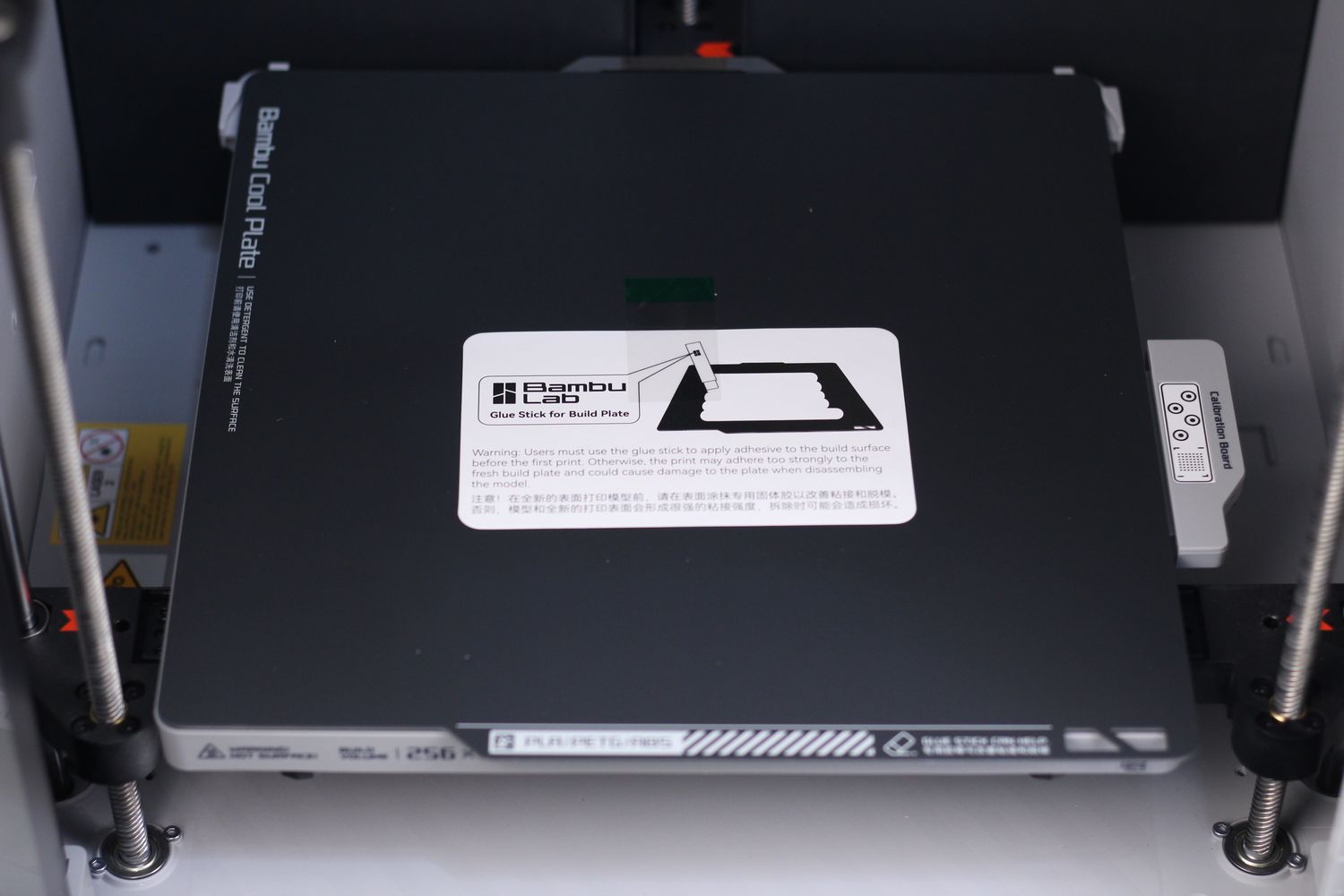
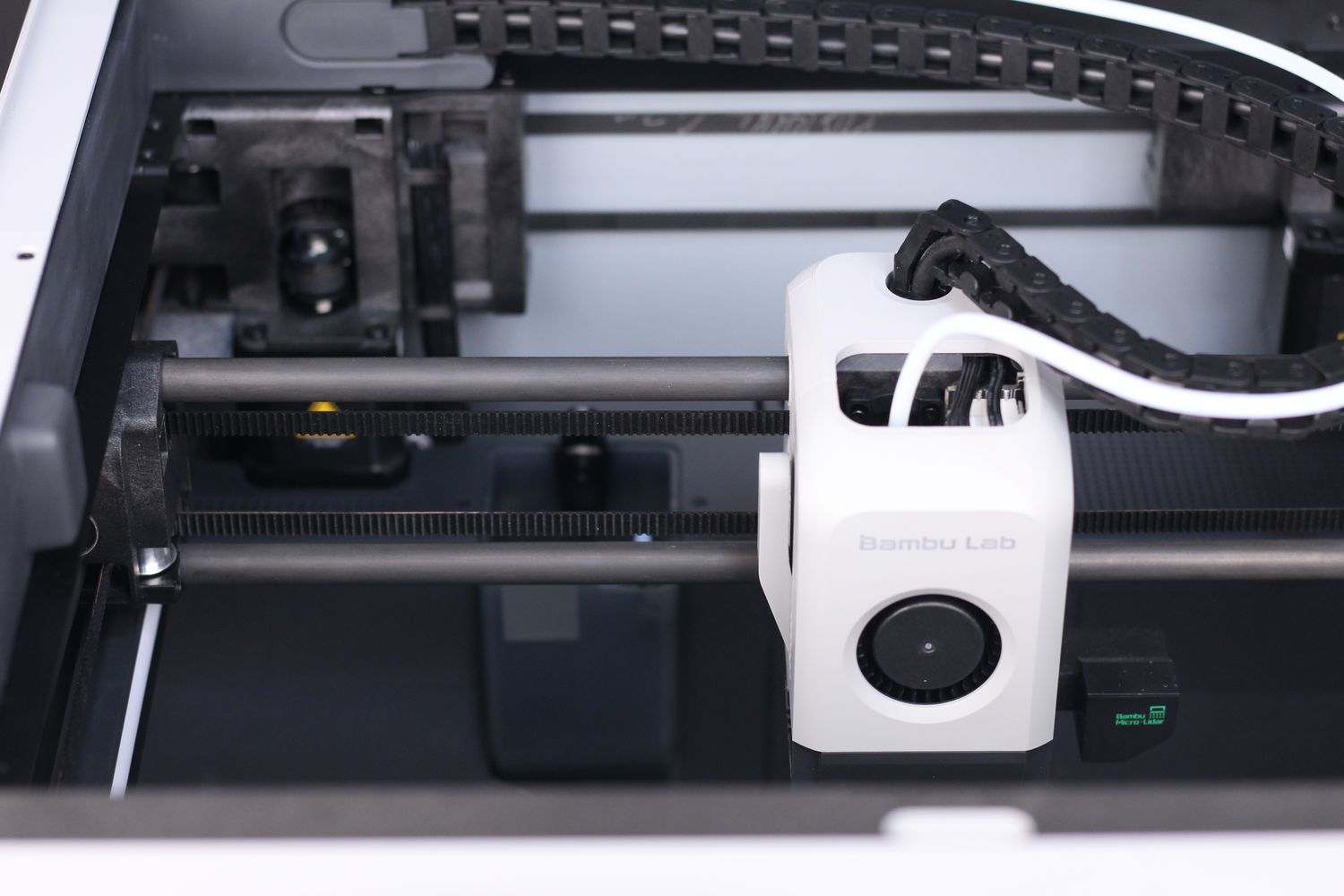
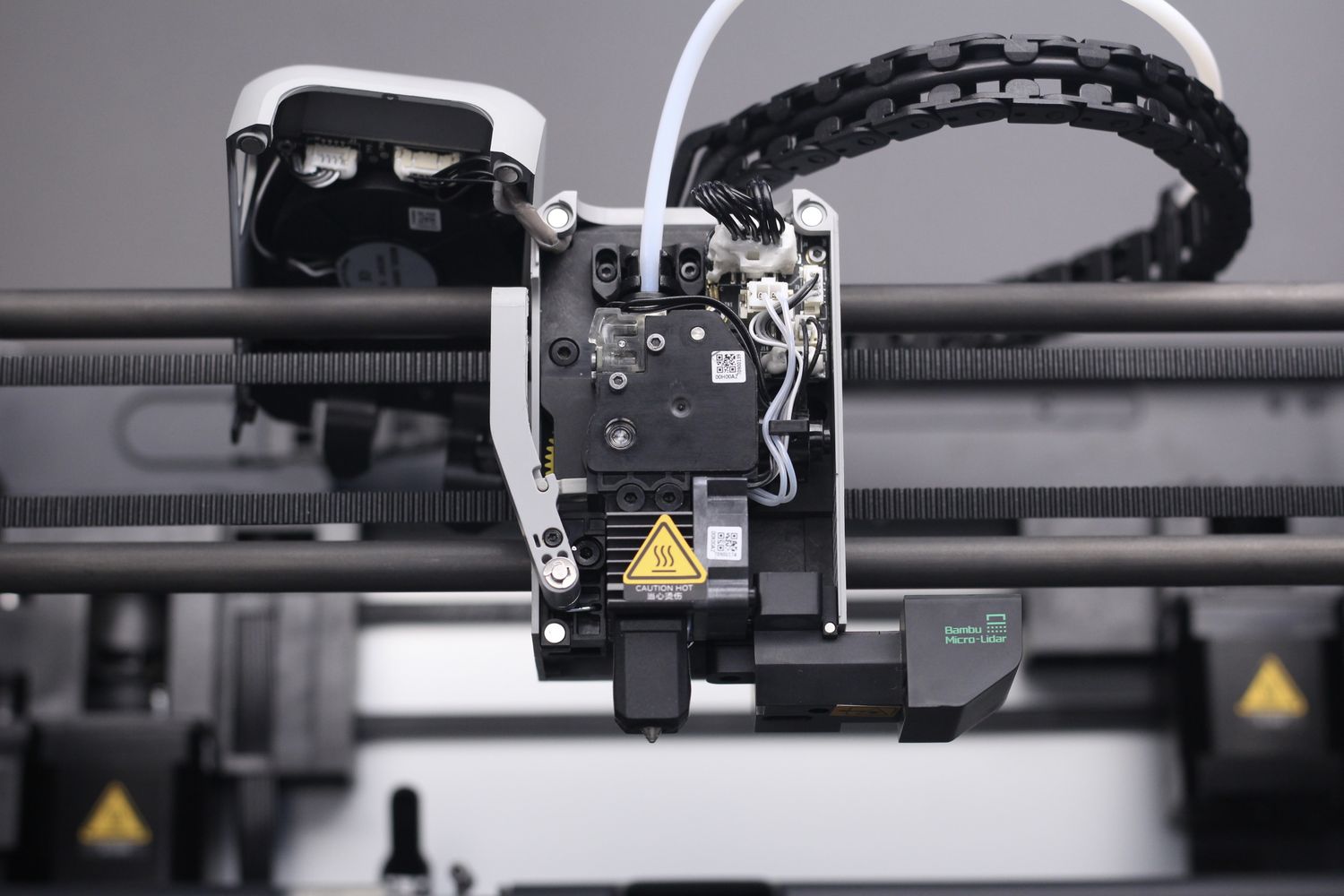
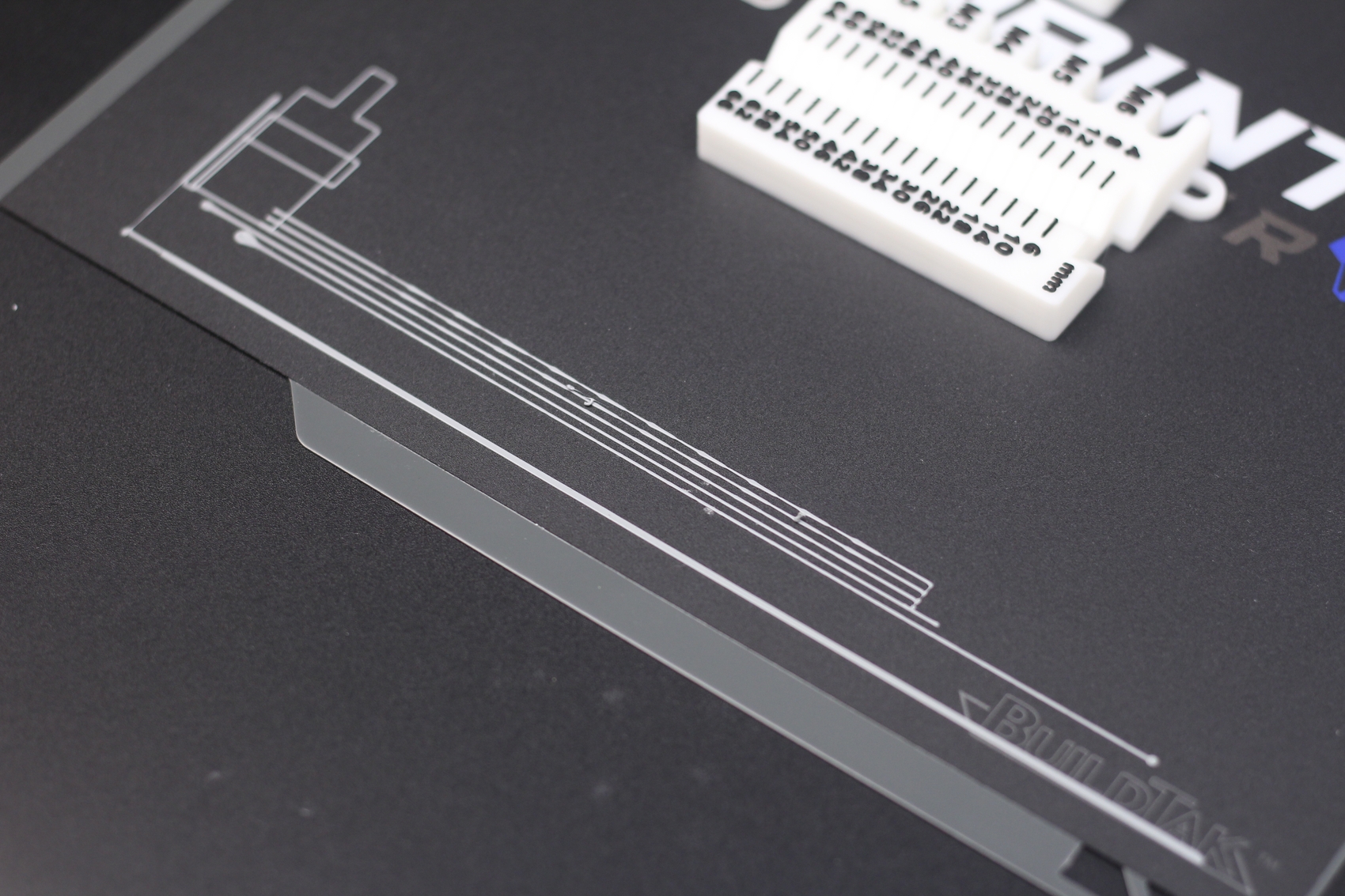

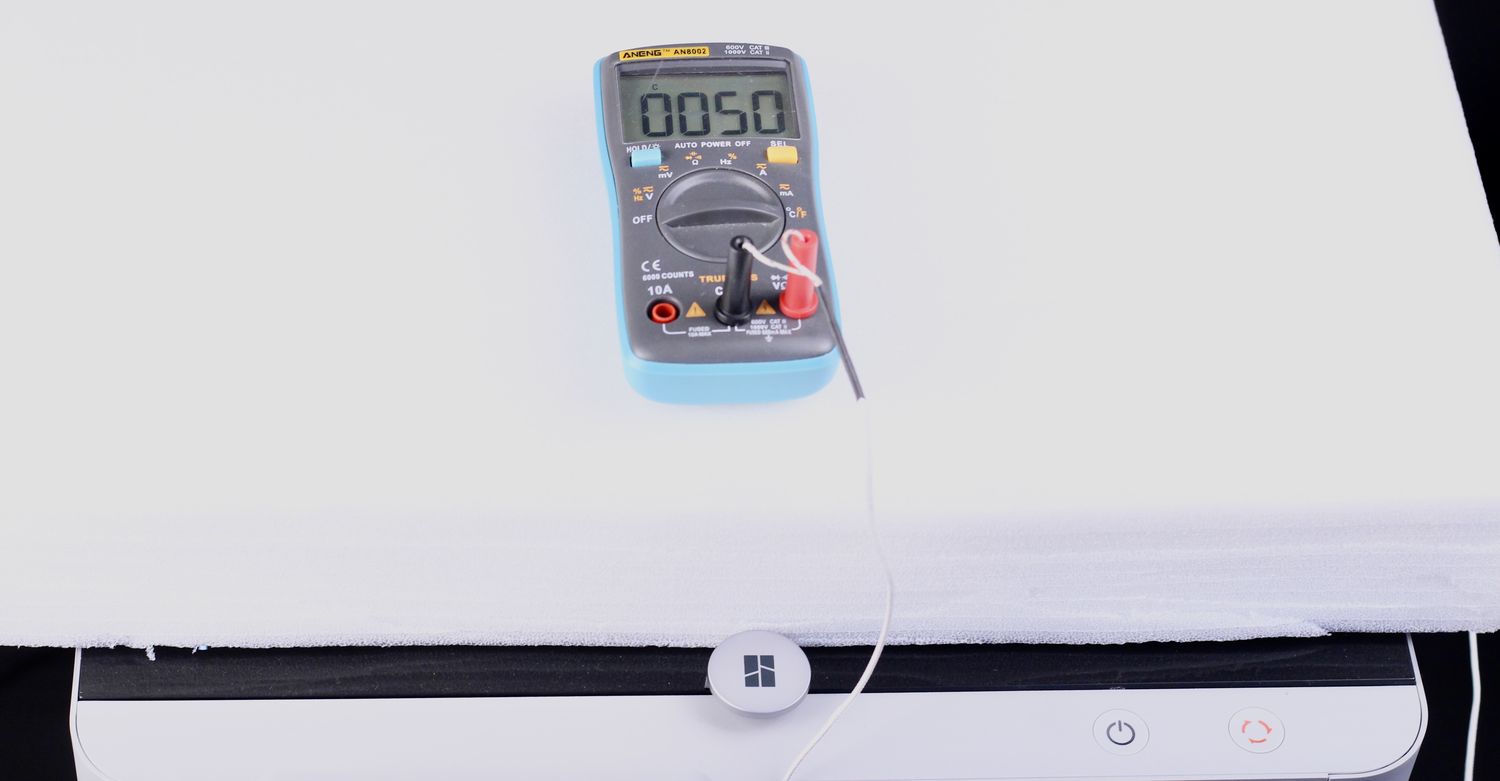
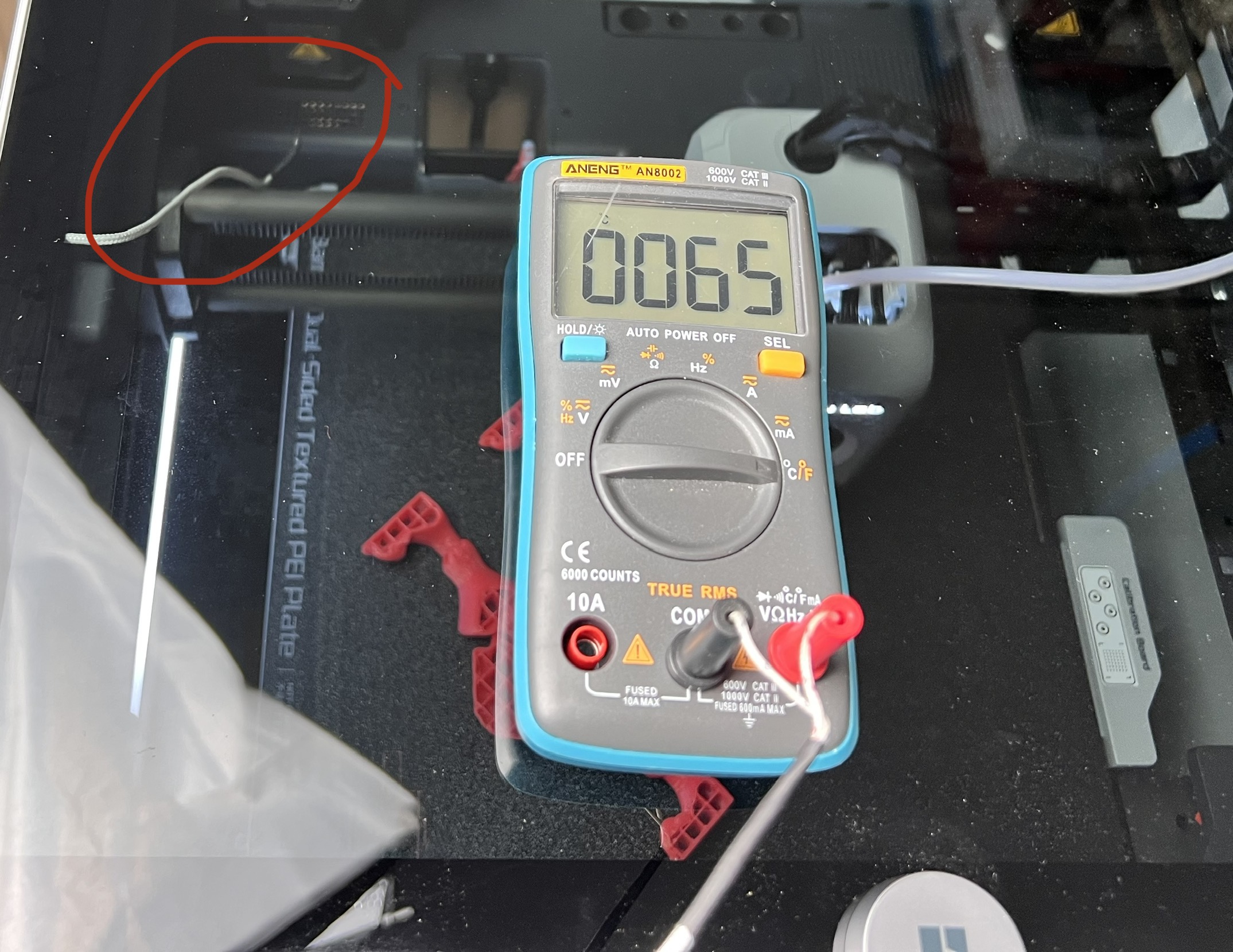
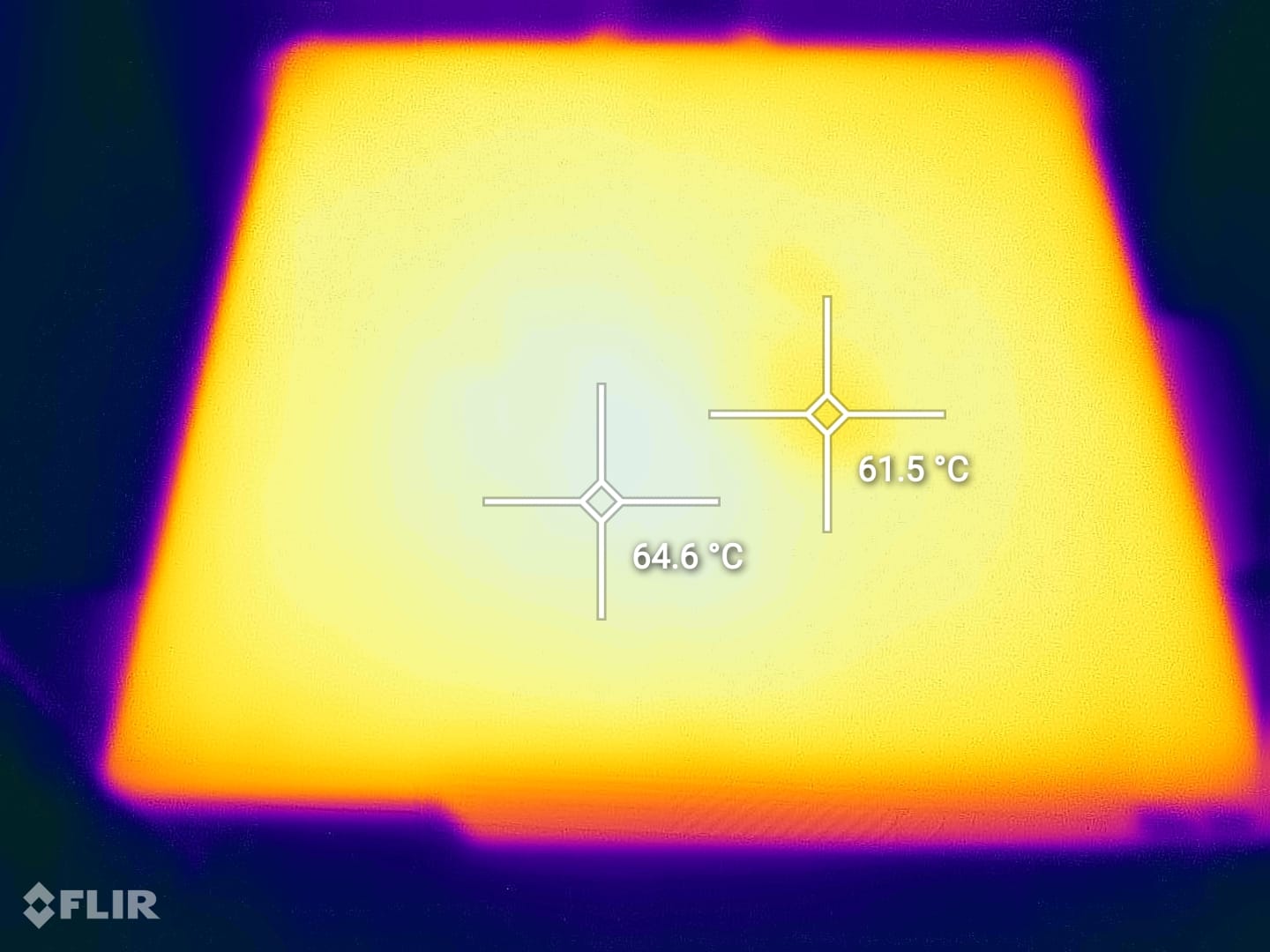
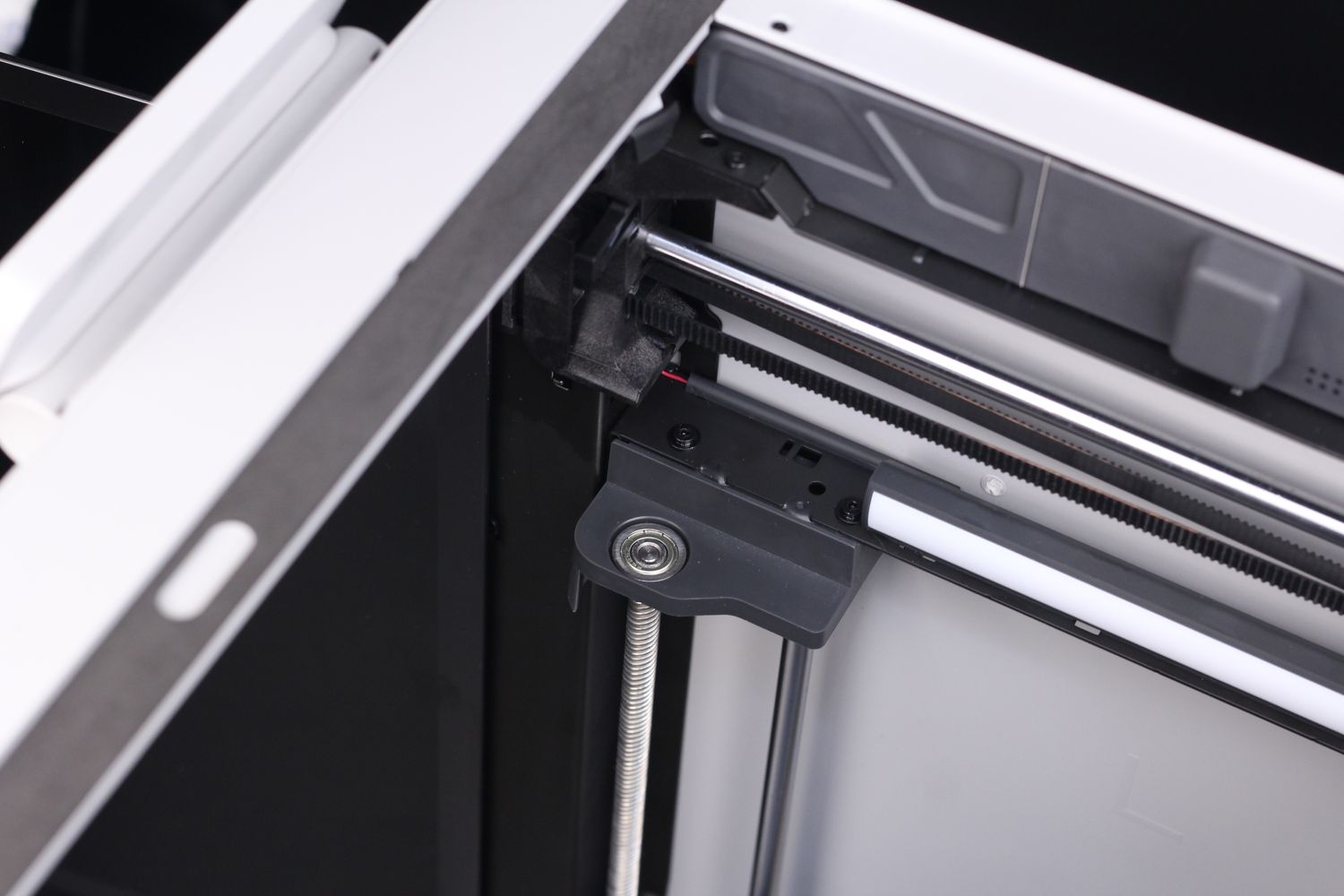
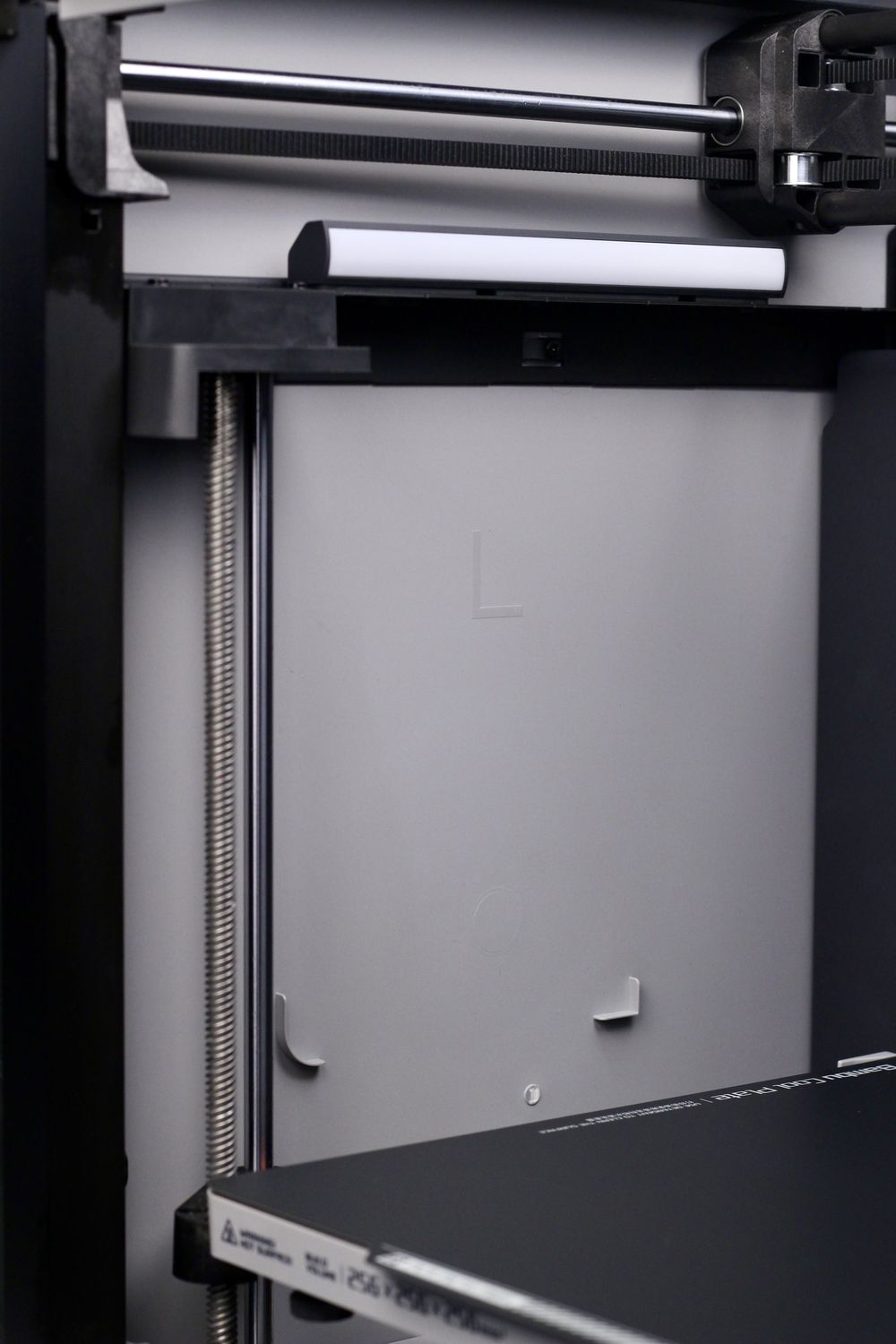
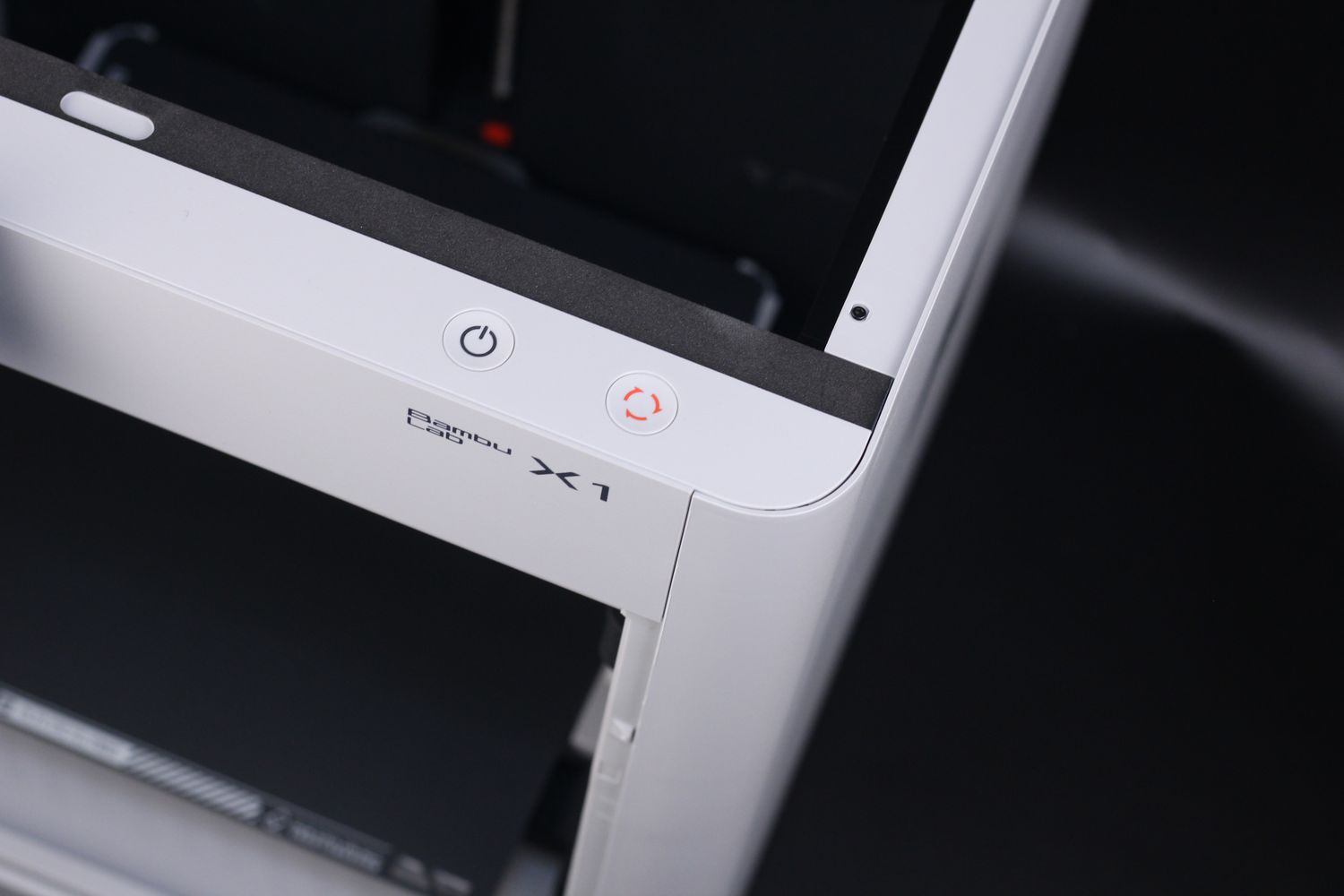
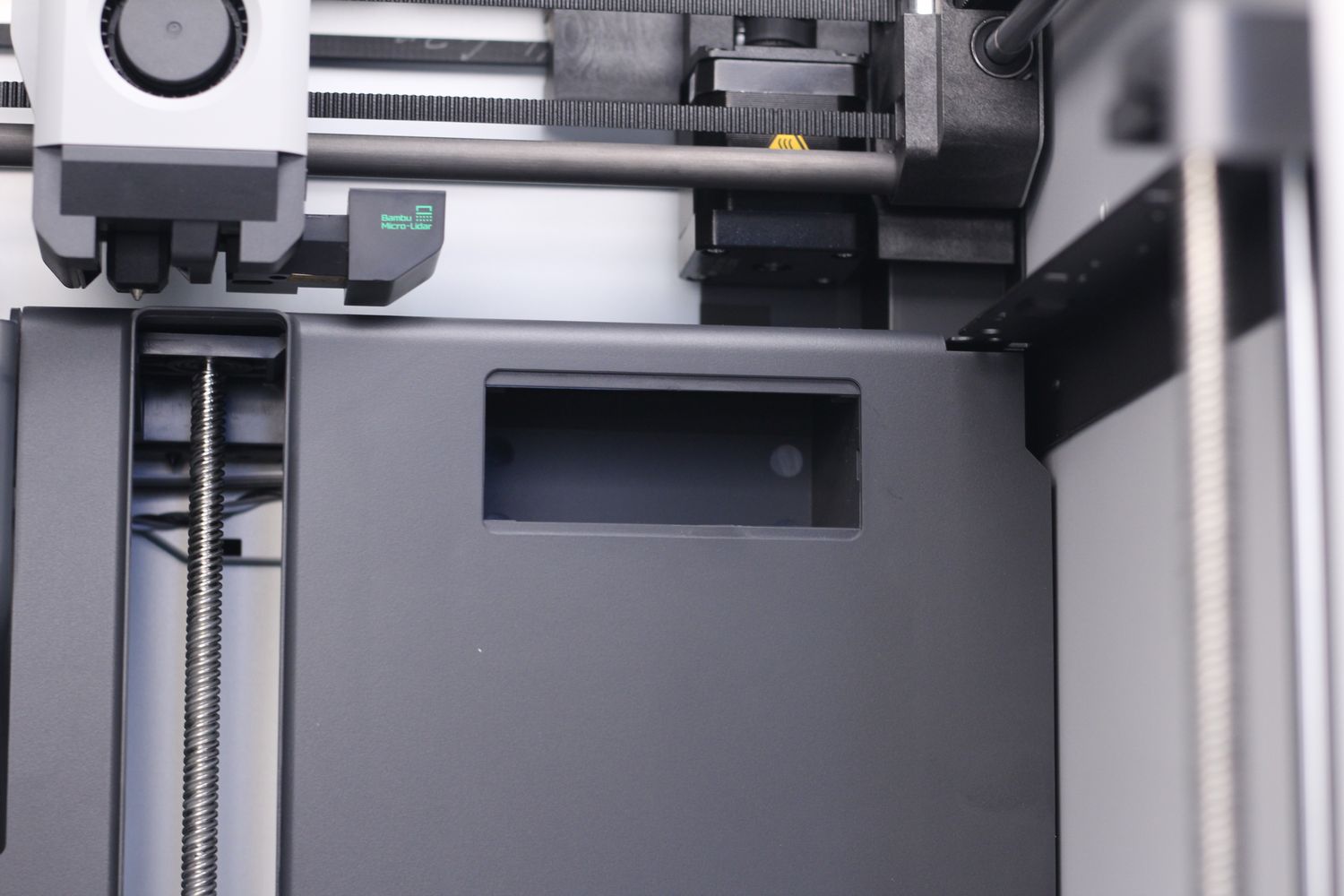

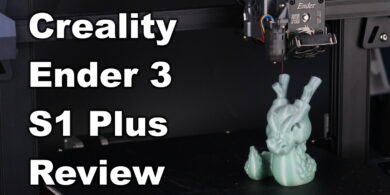
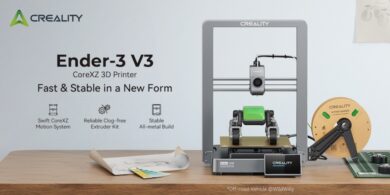
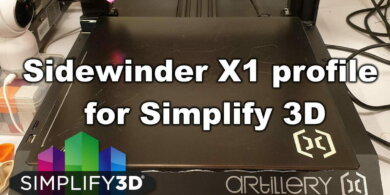

You can leave a comment for this article on the 3DPrintBeginner Forum